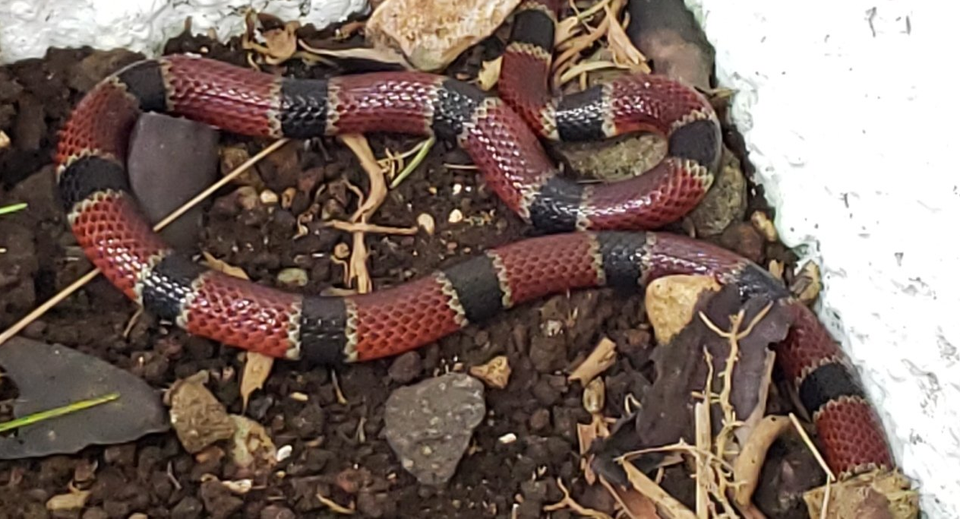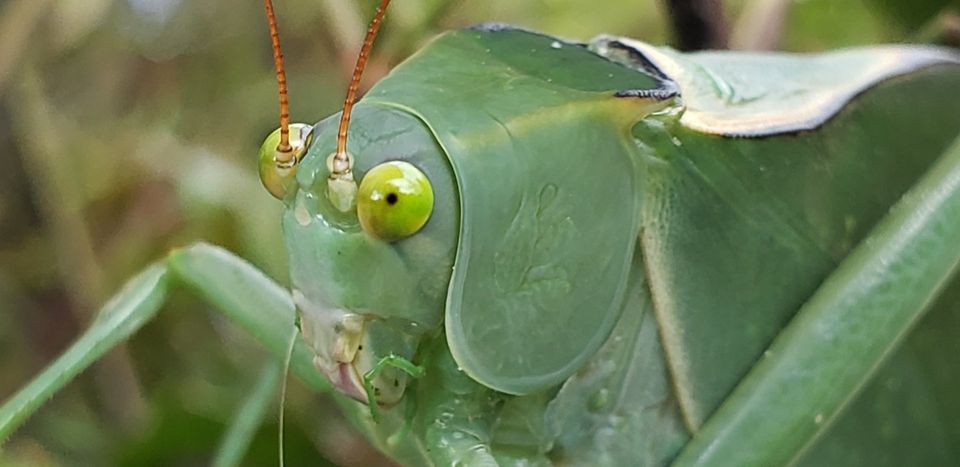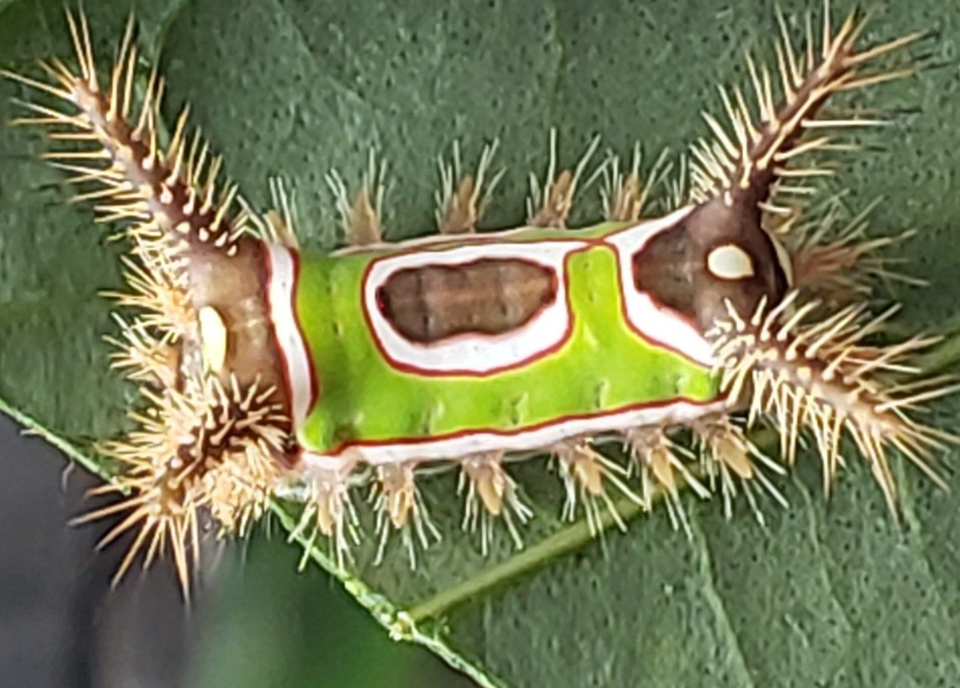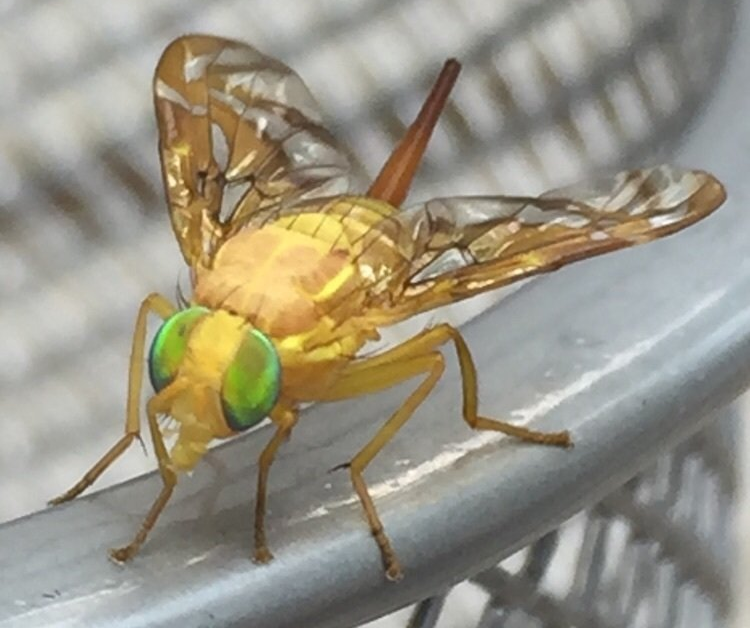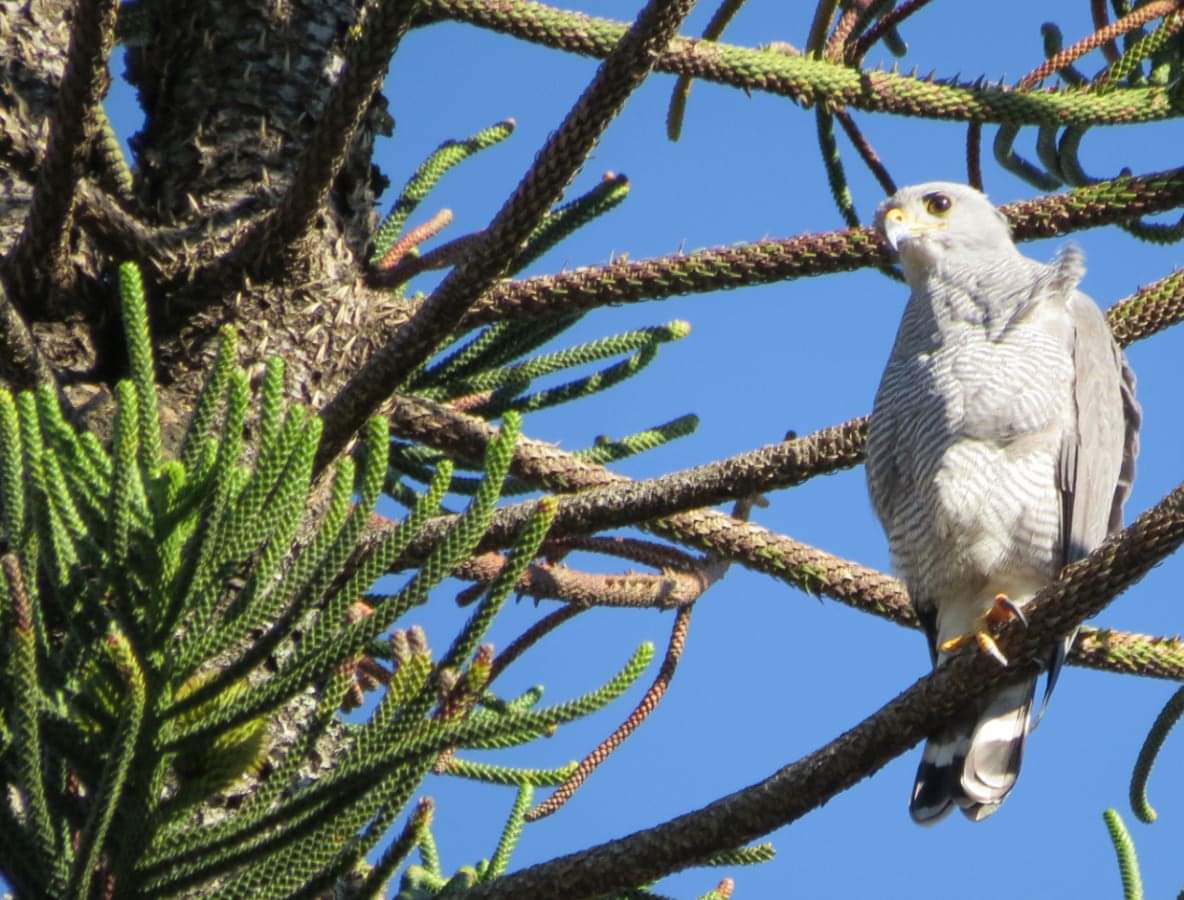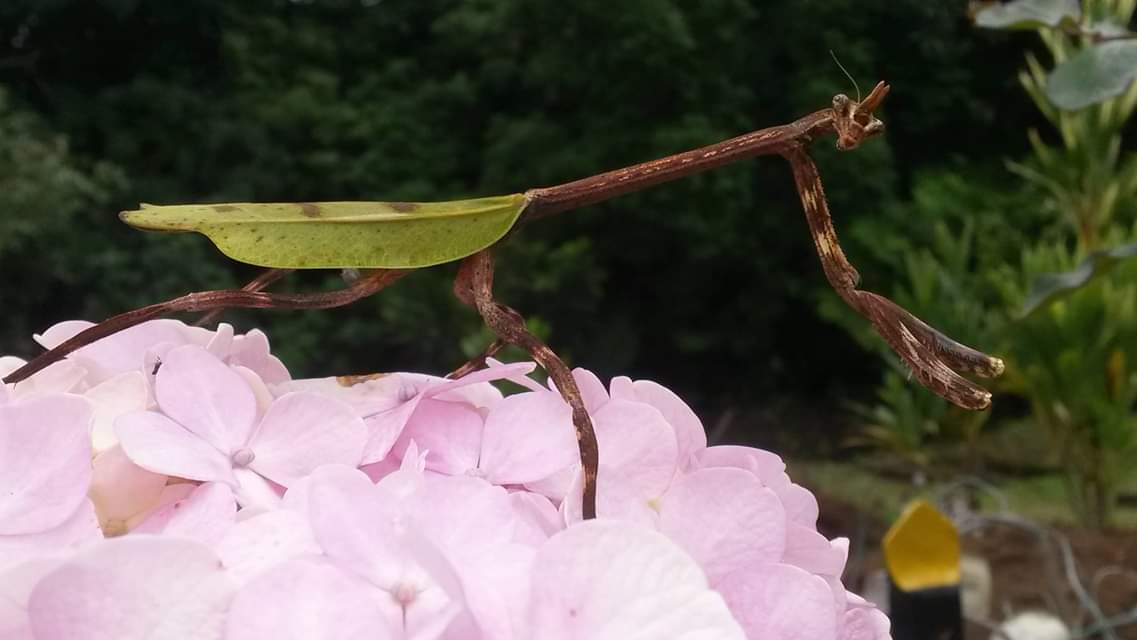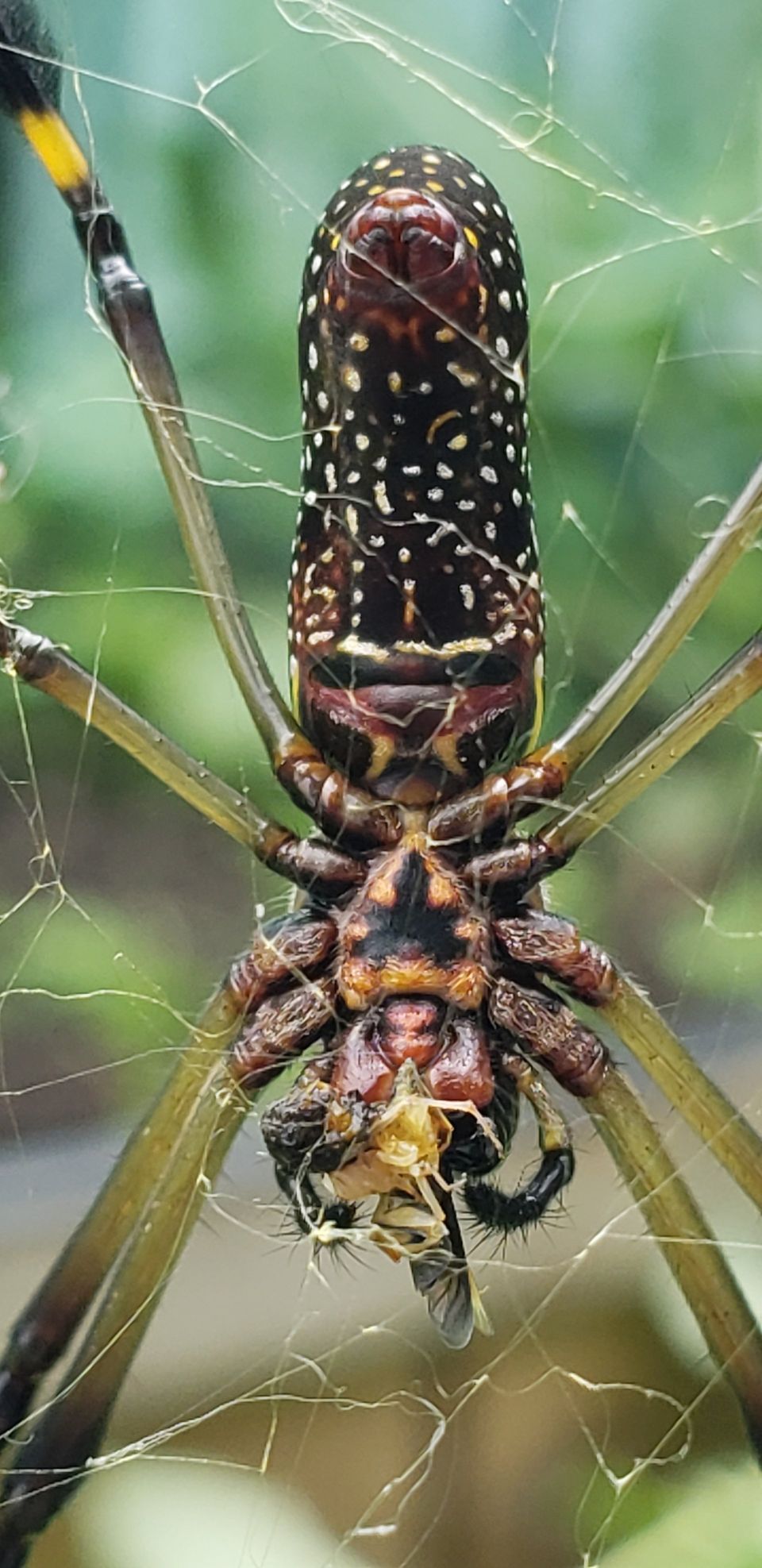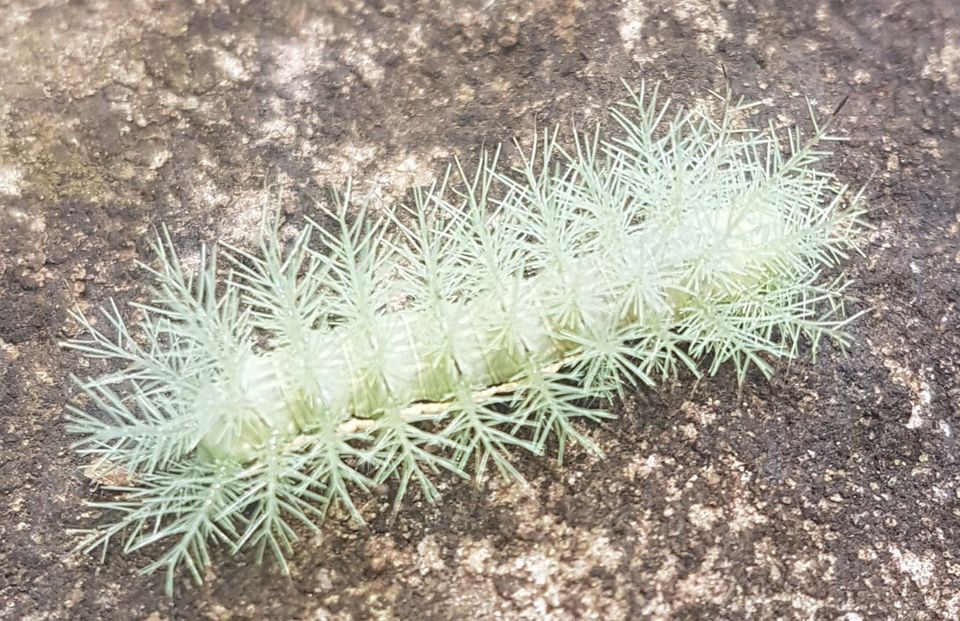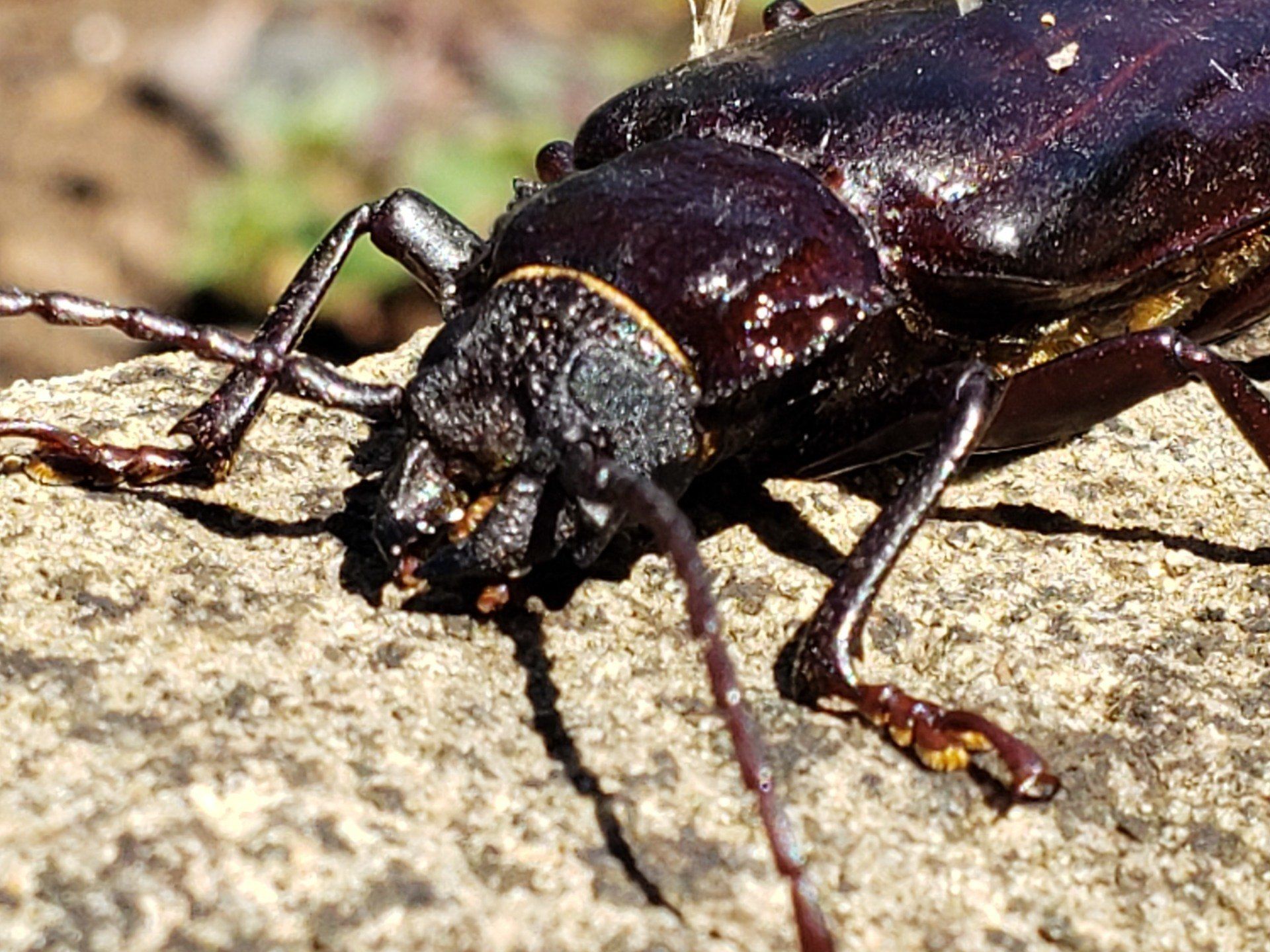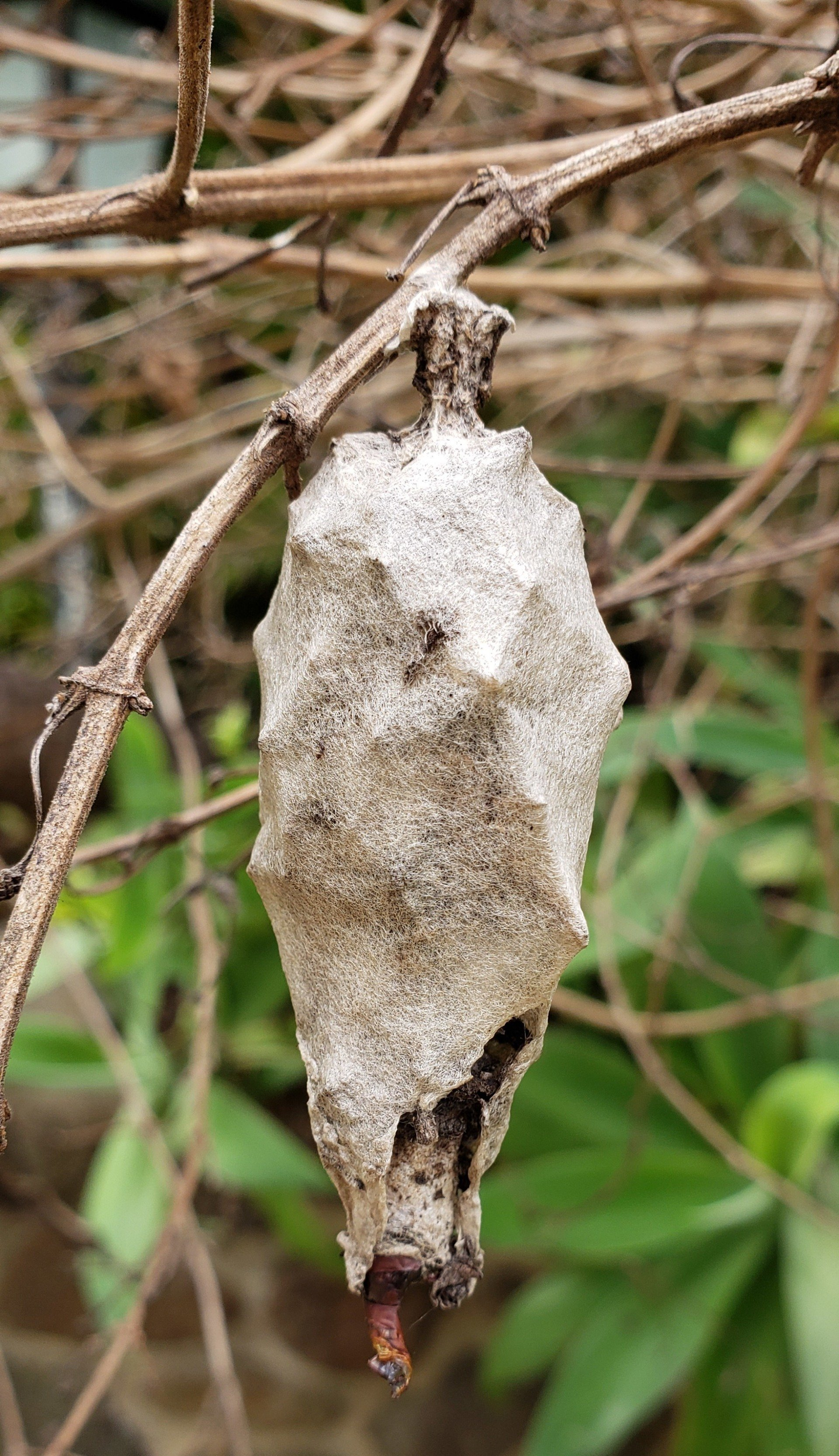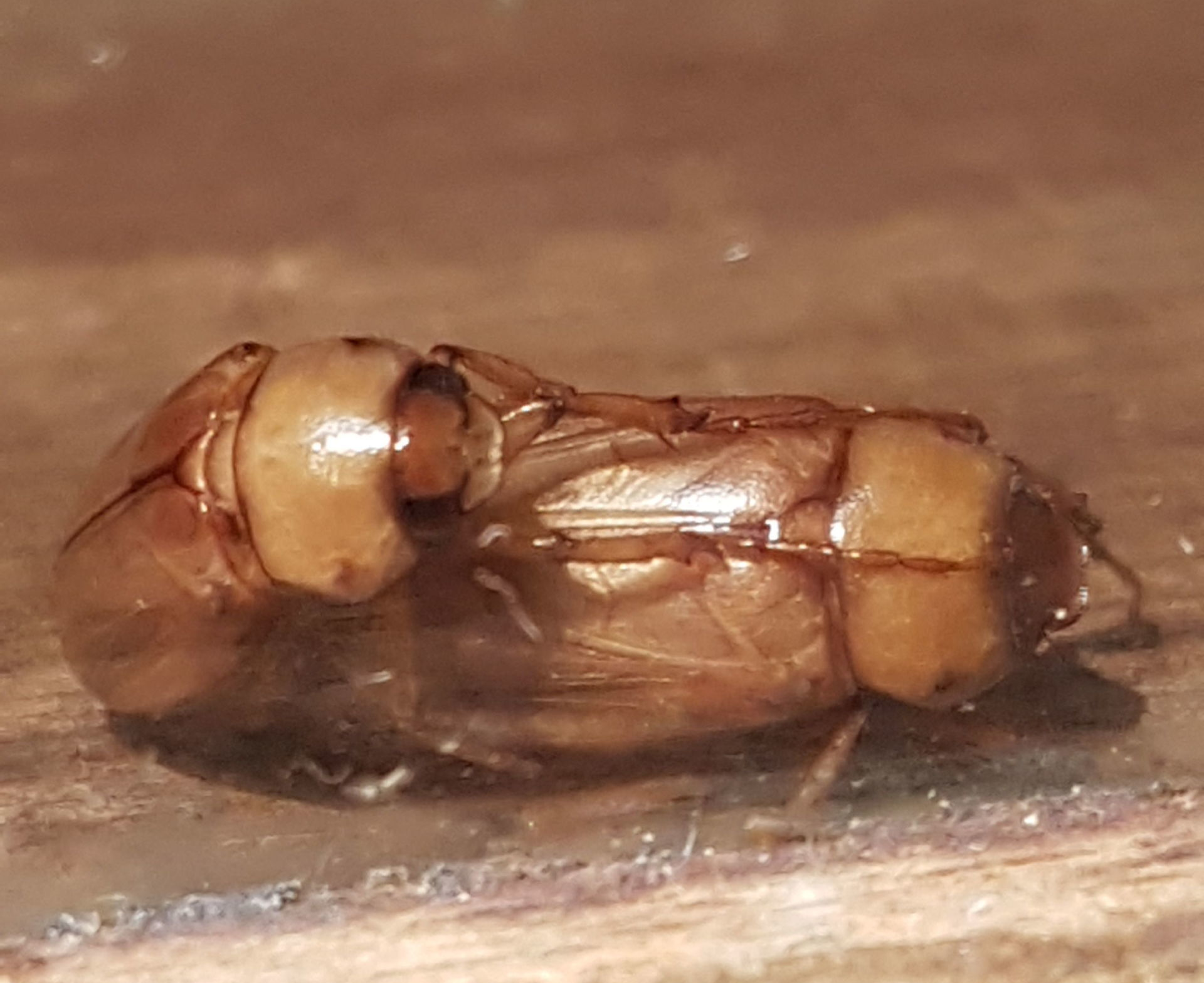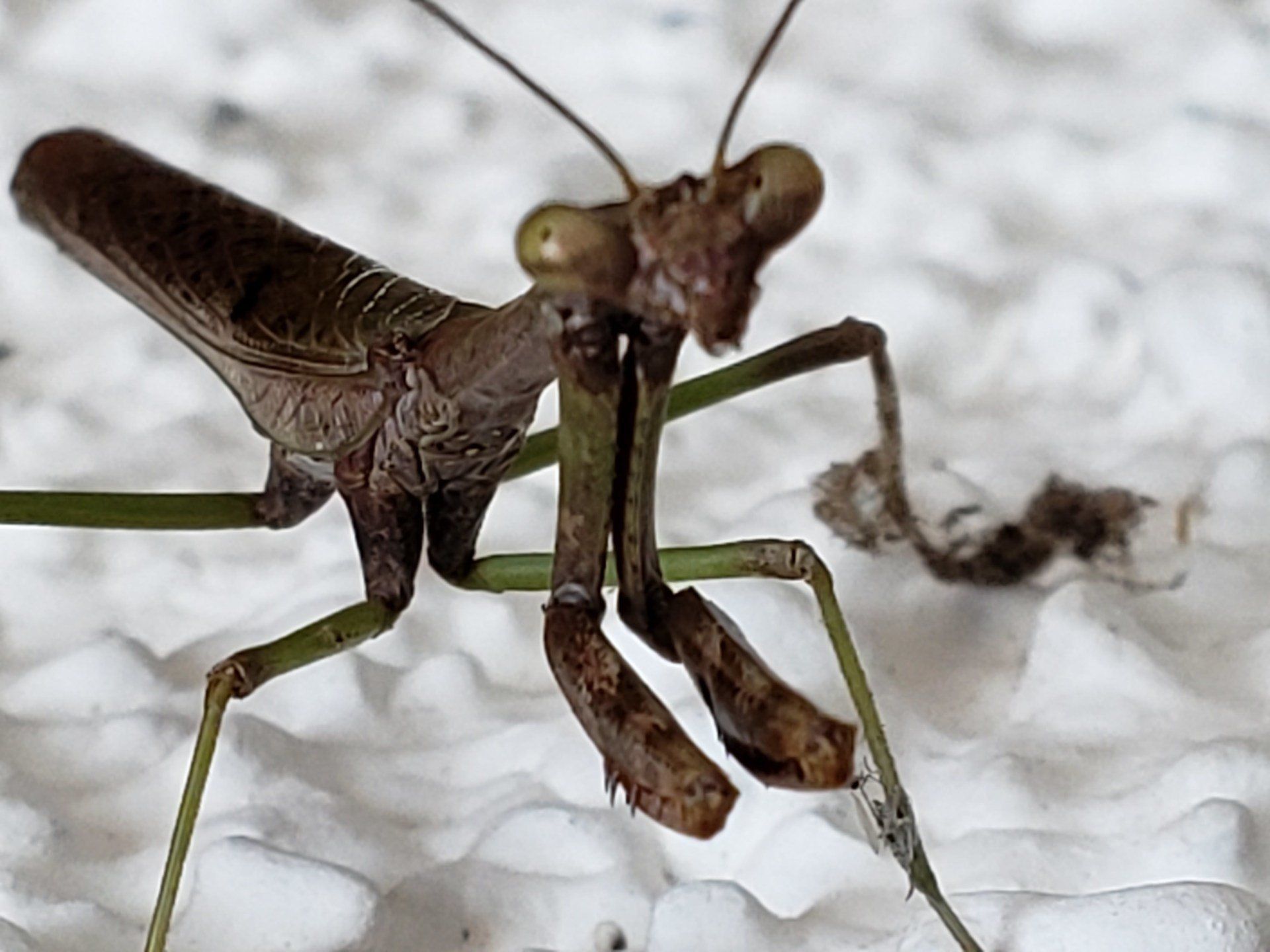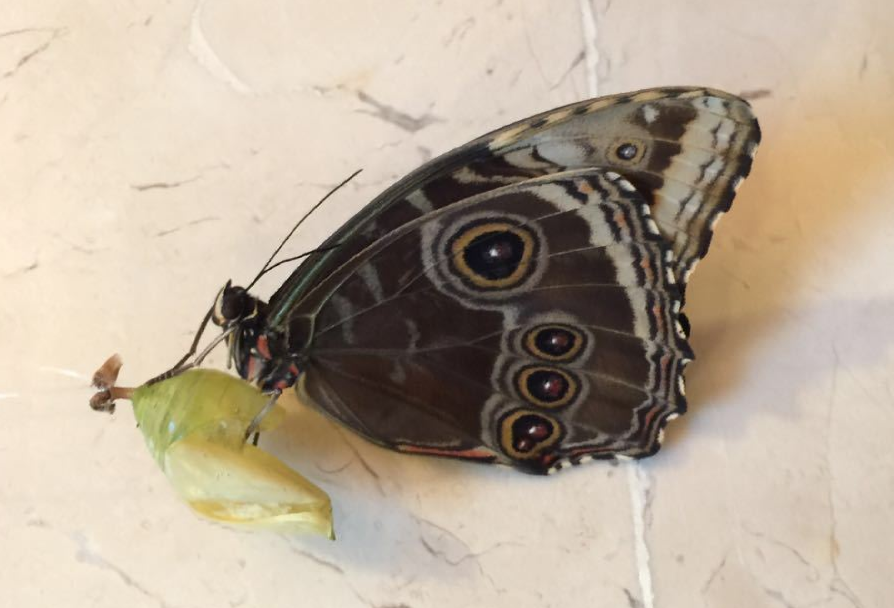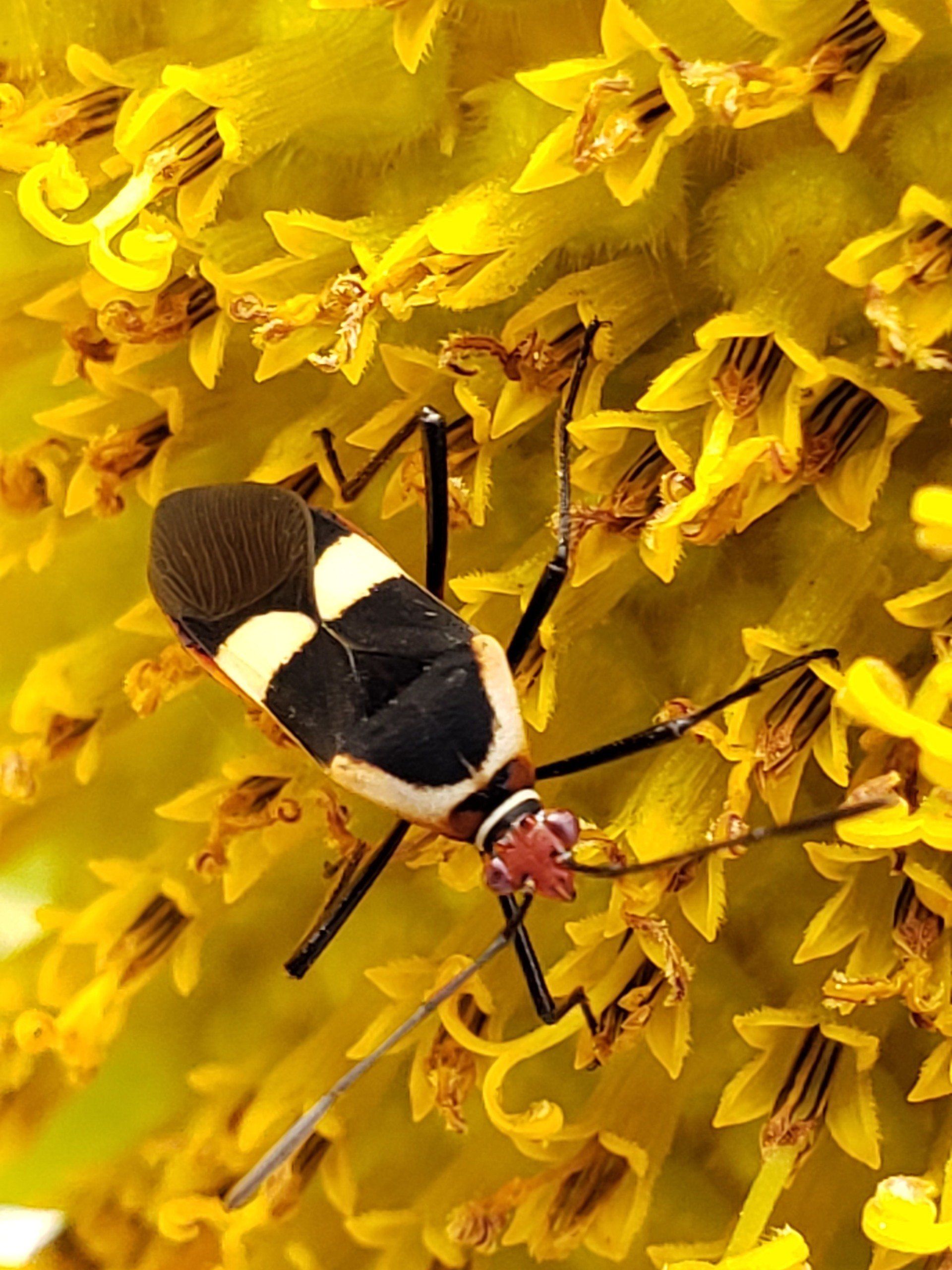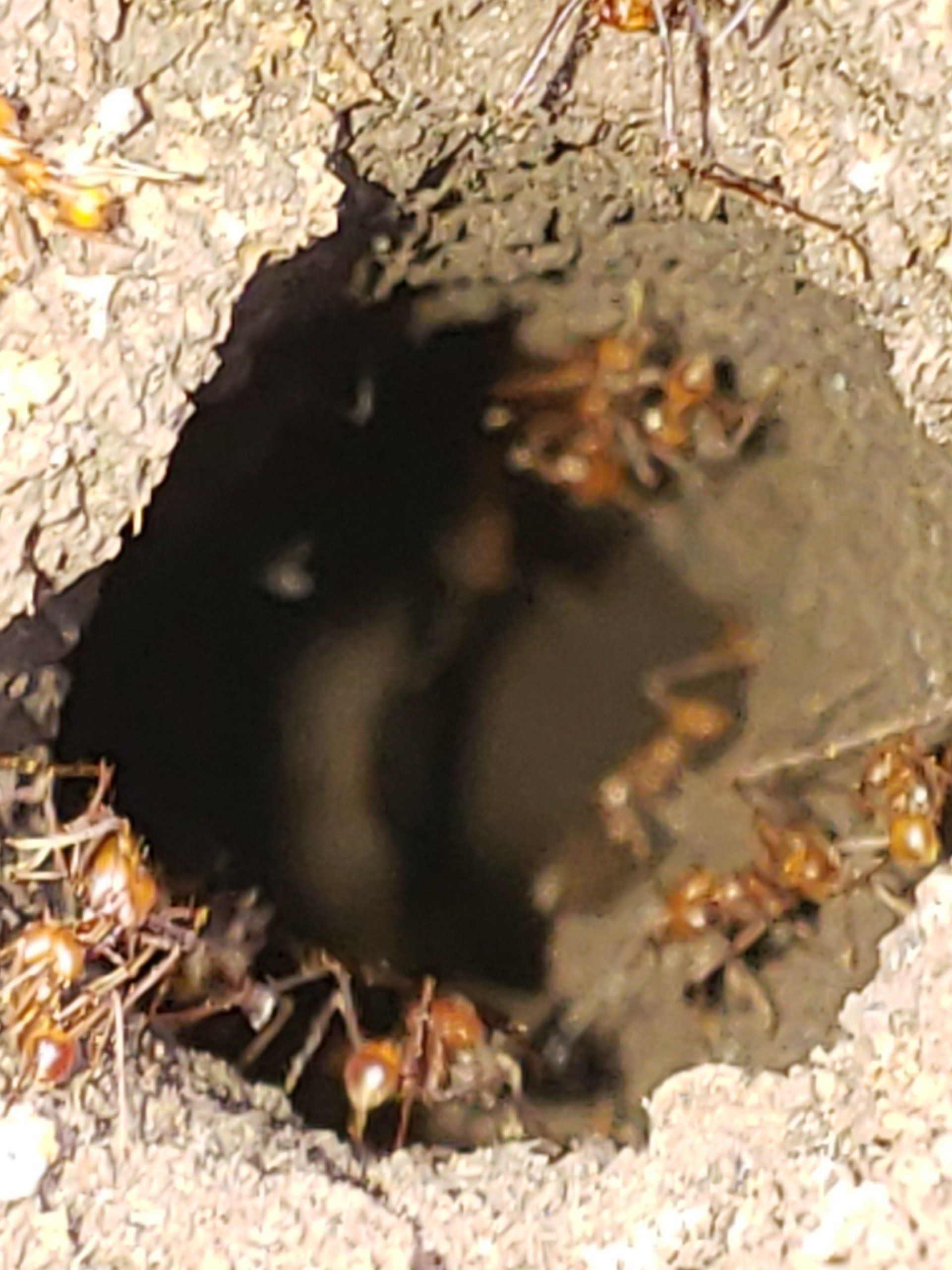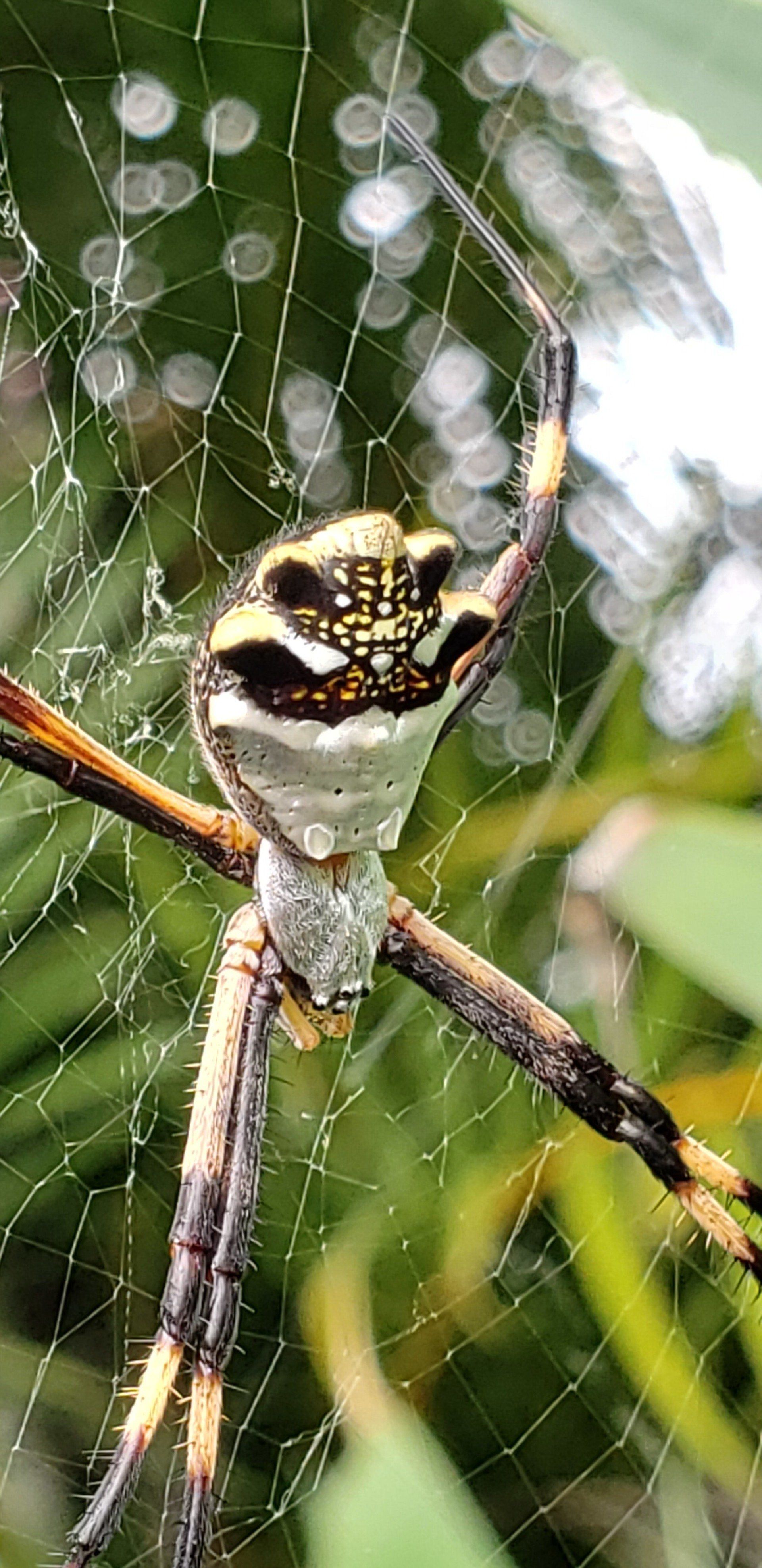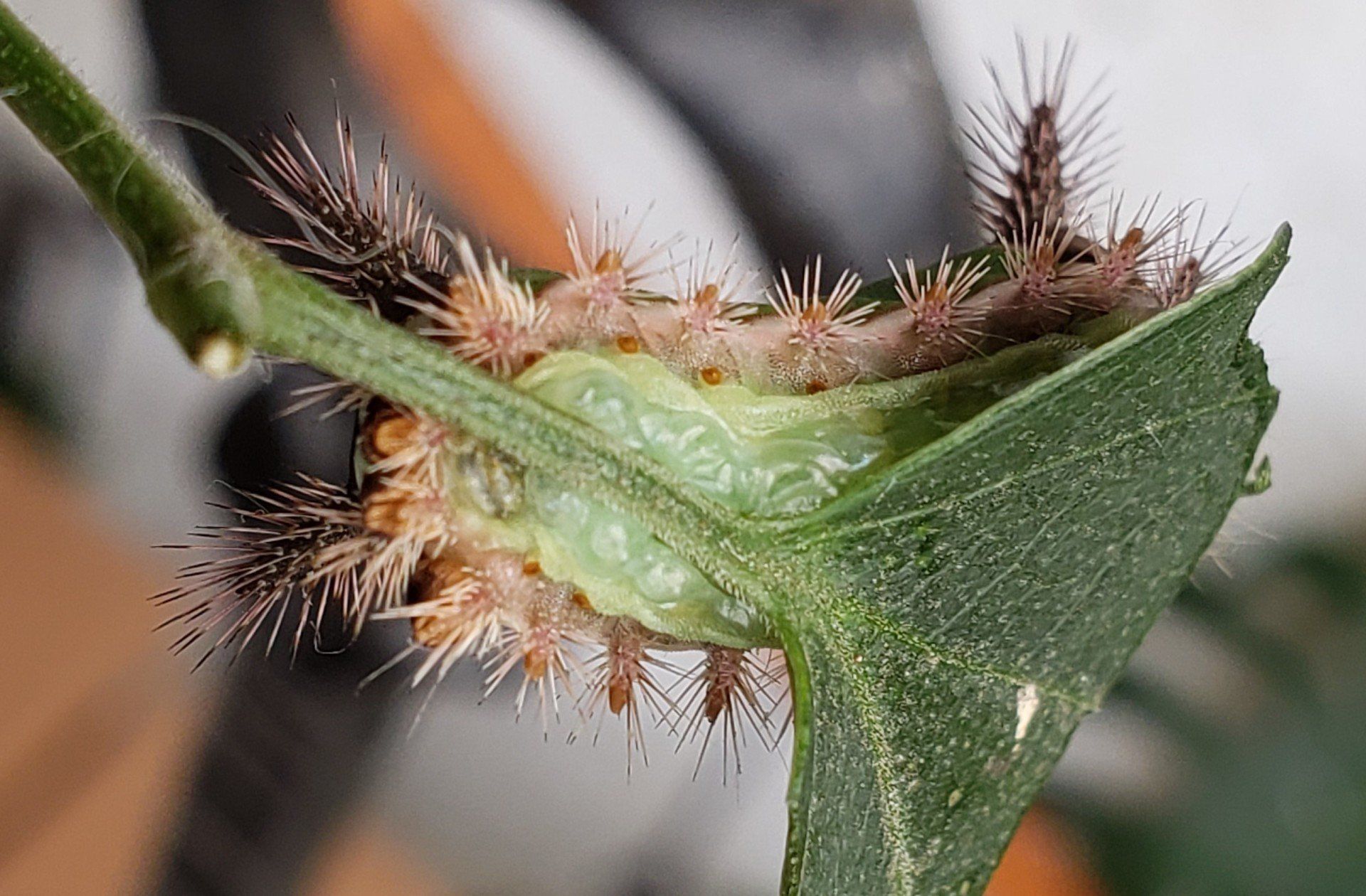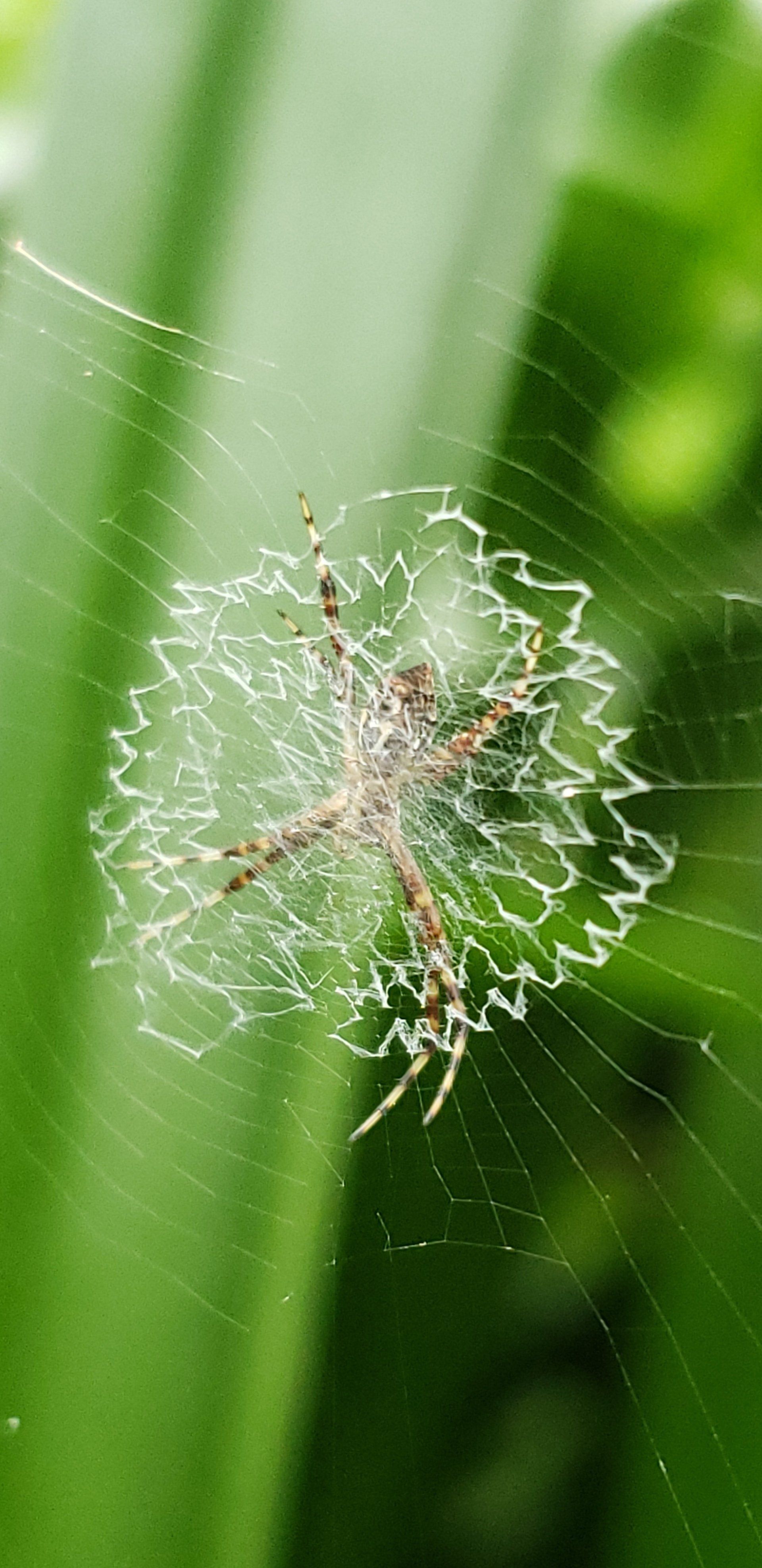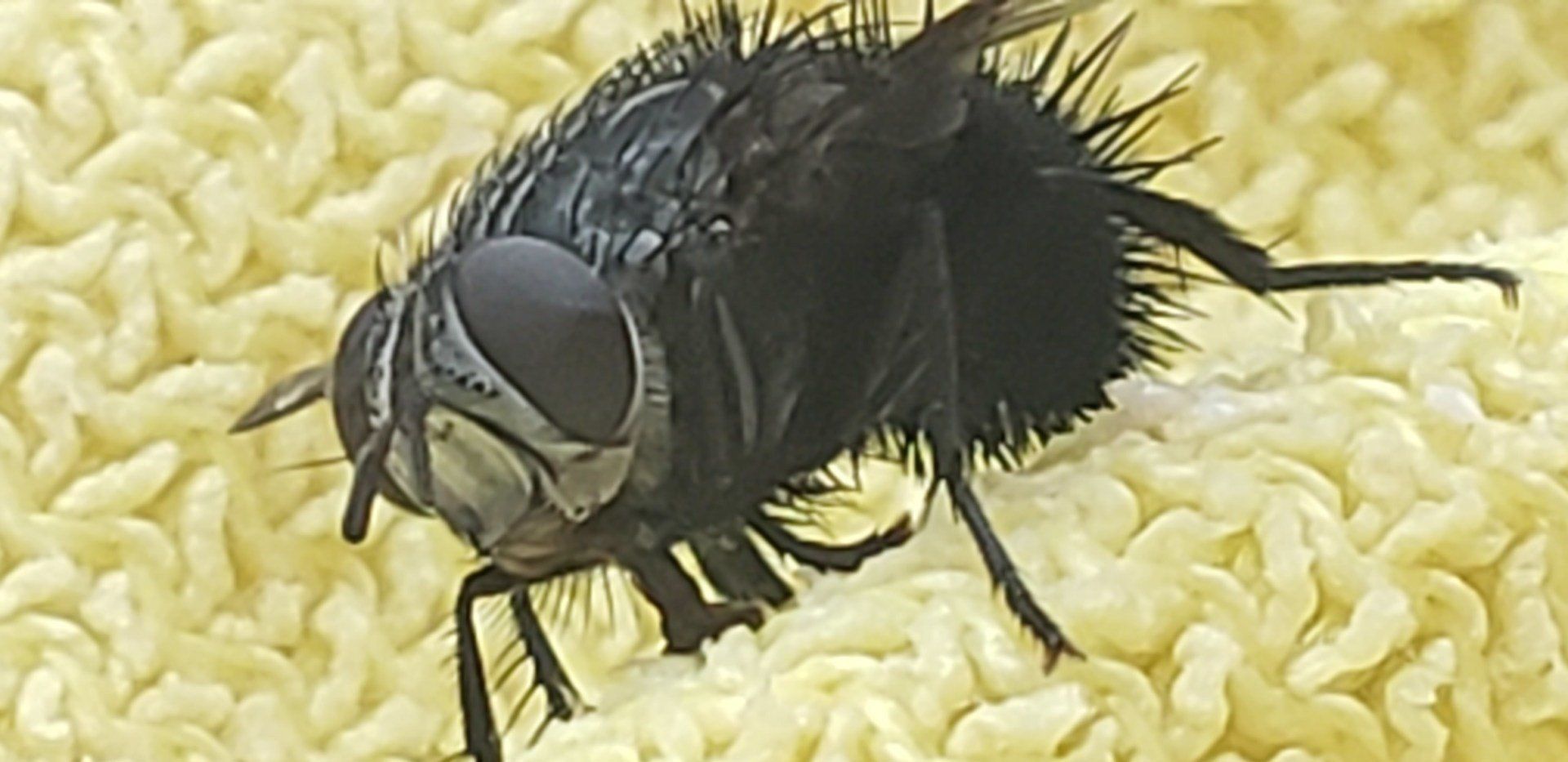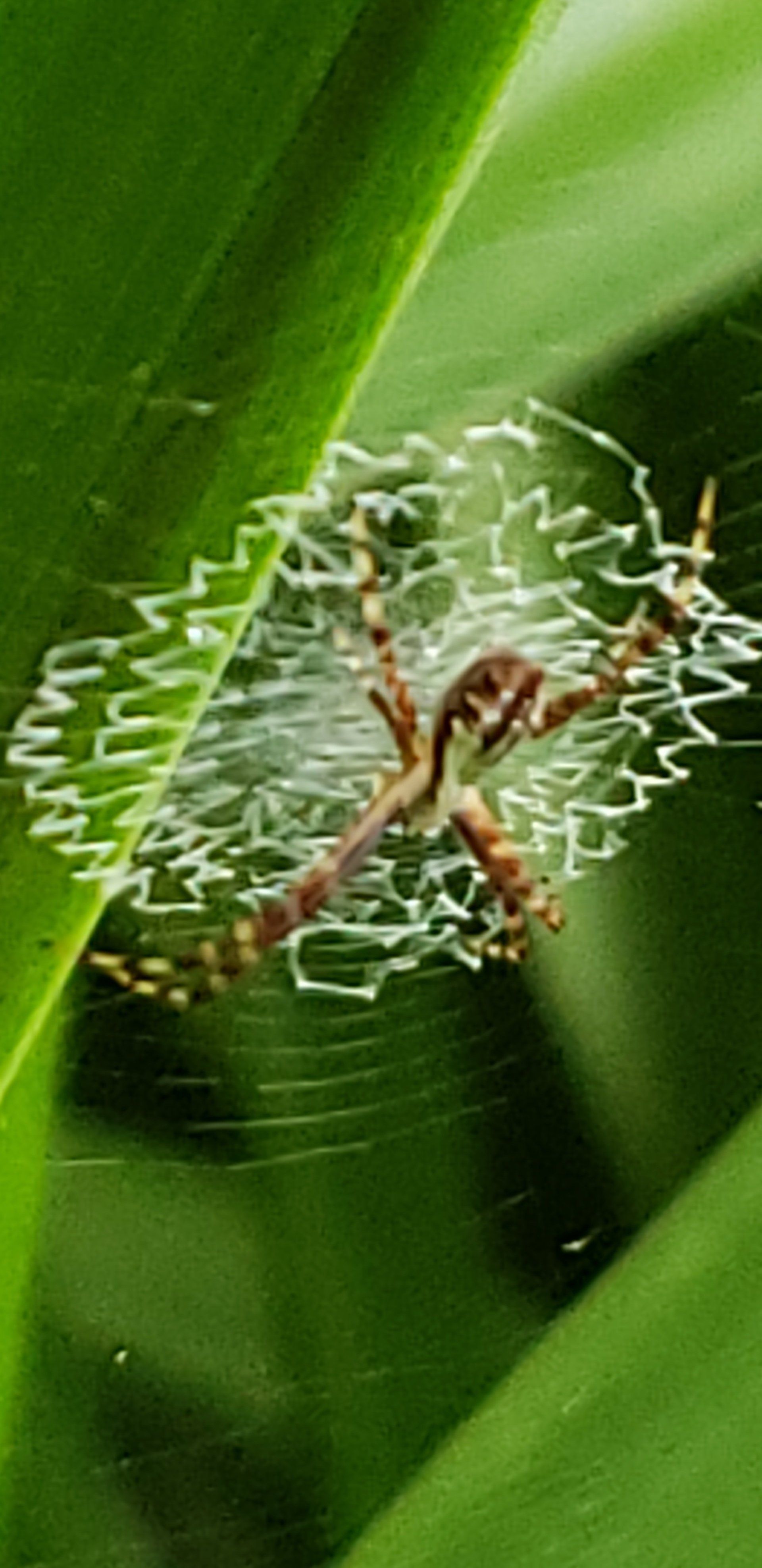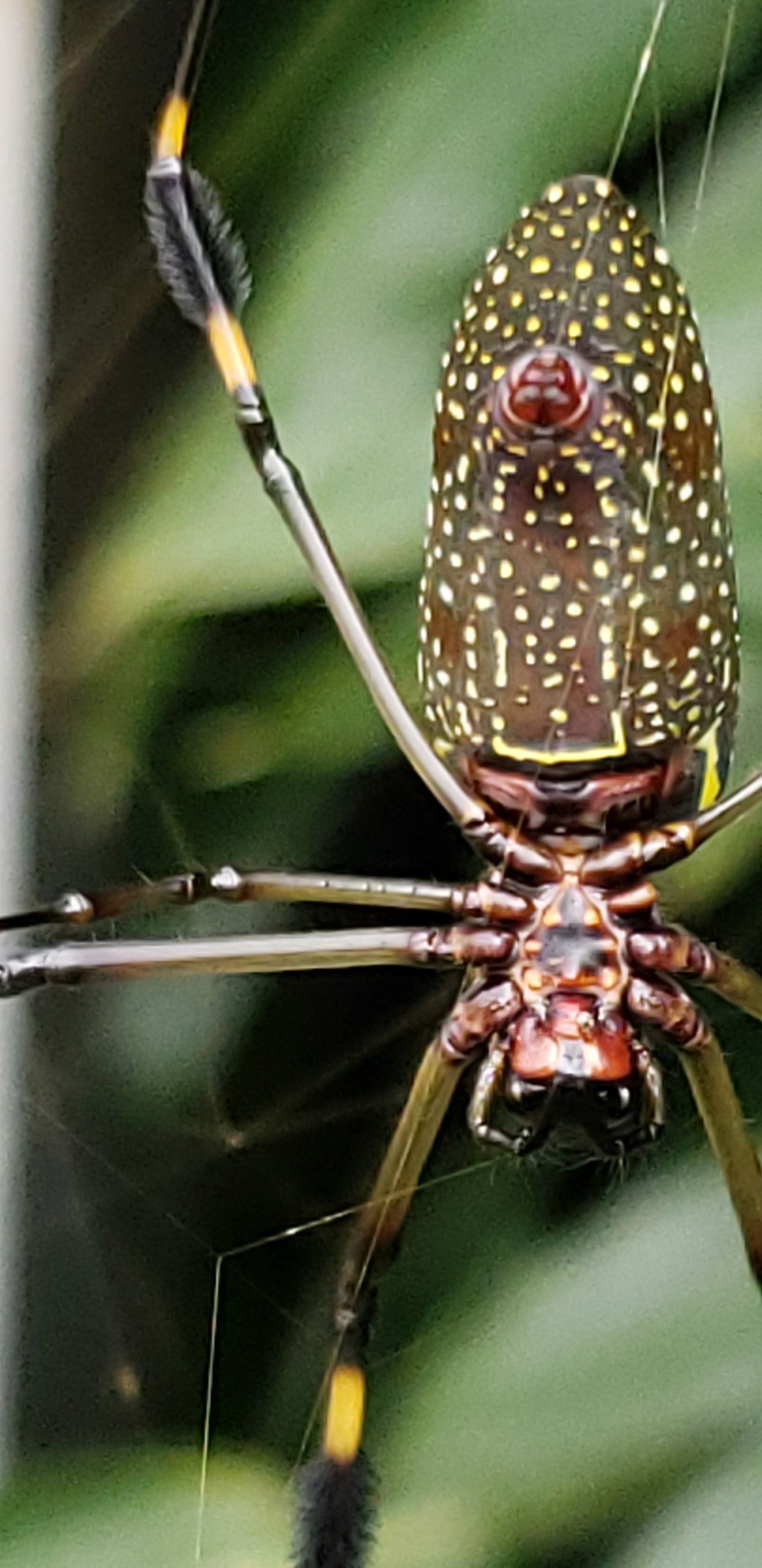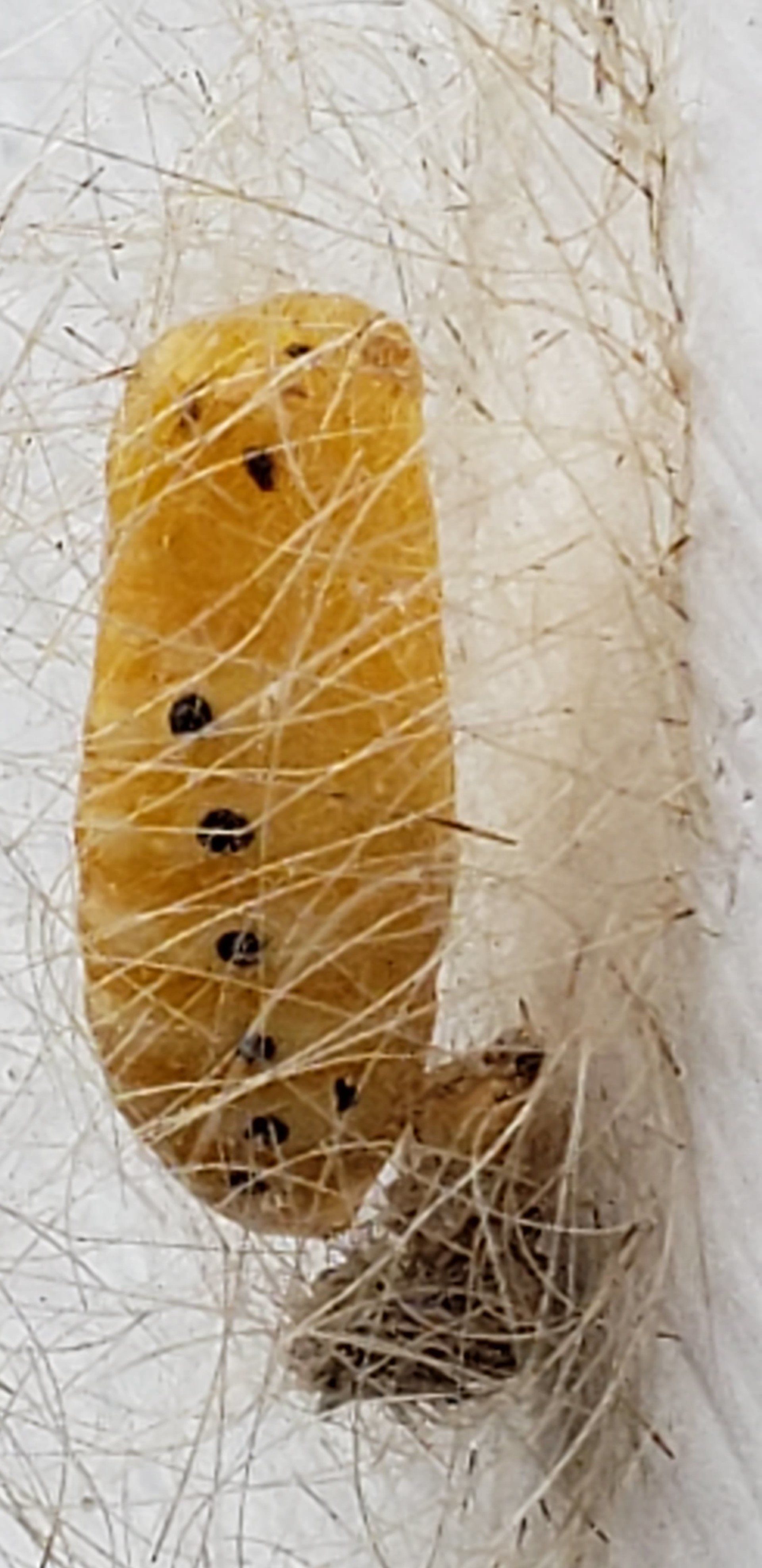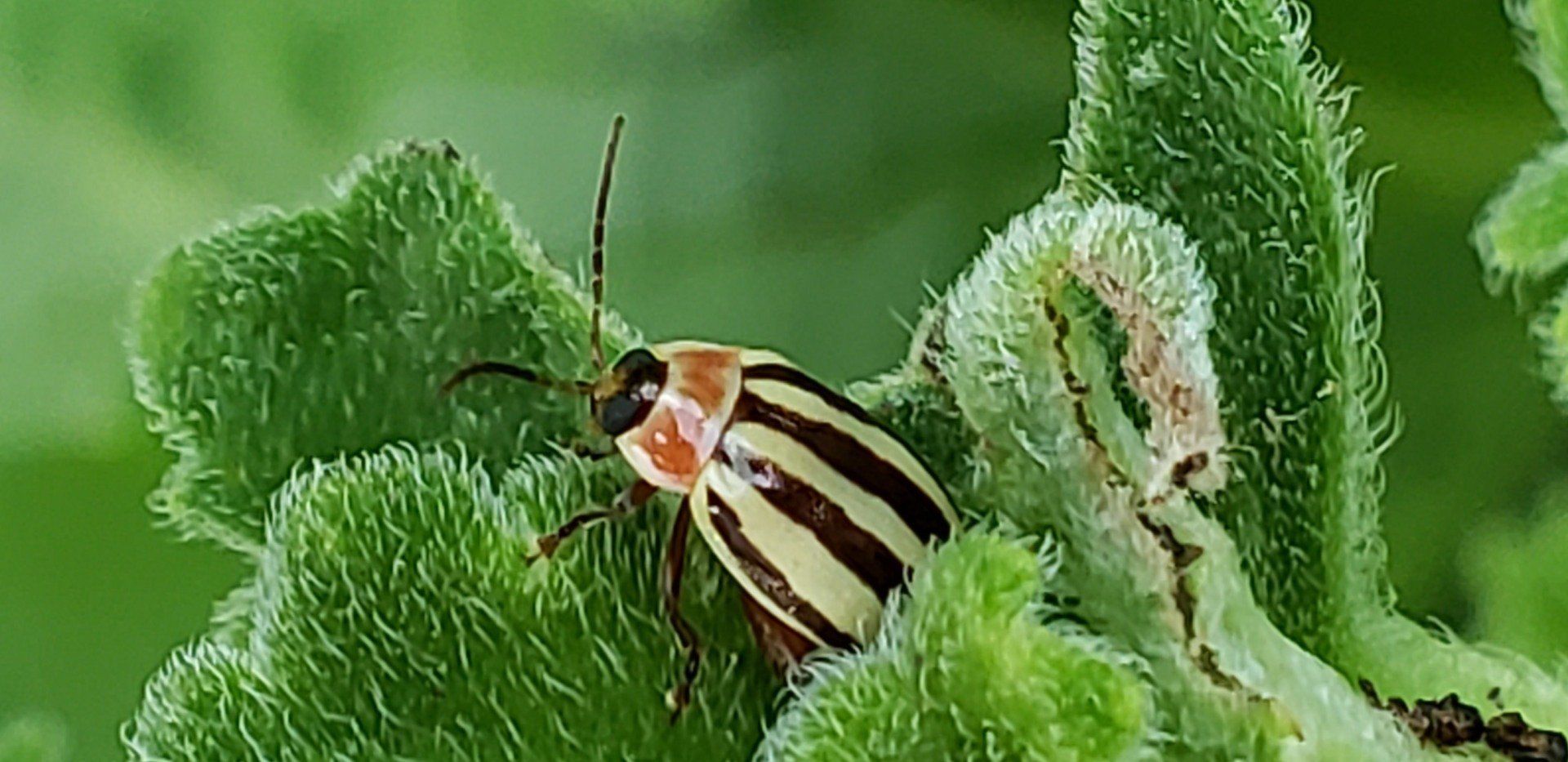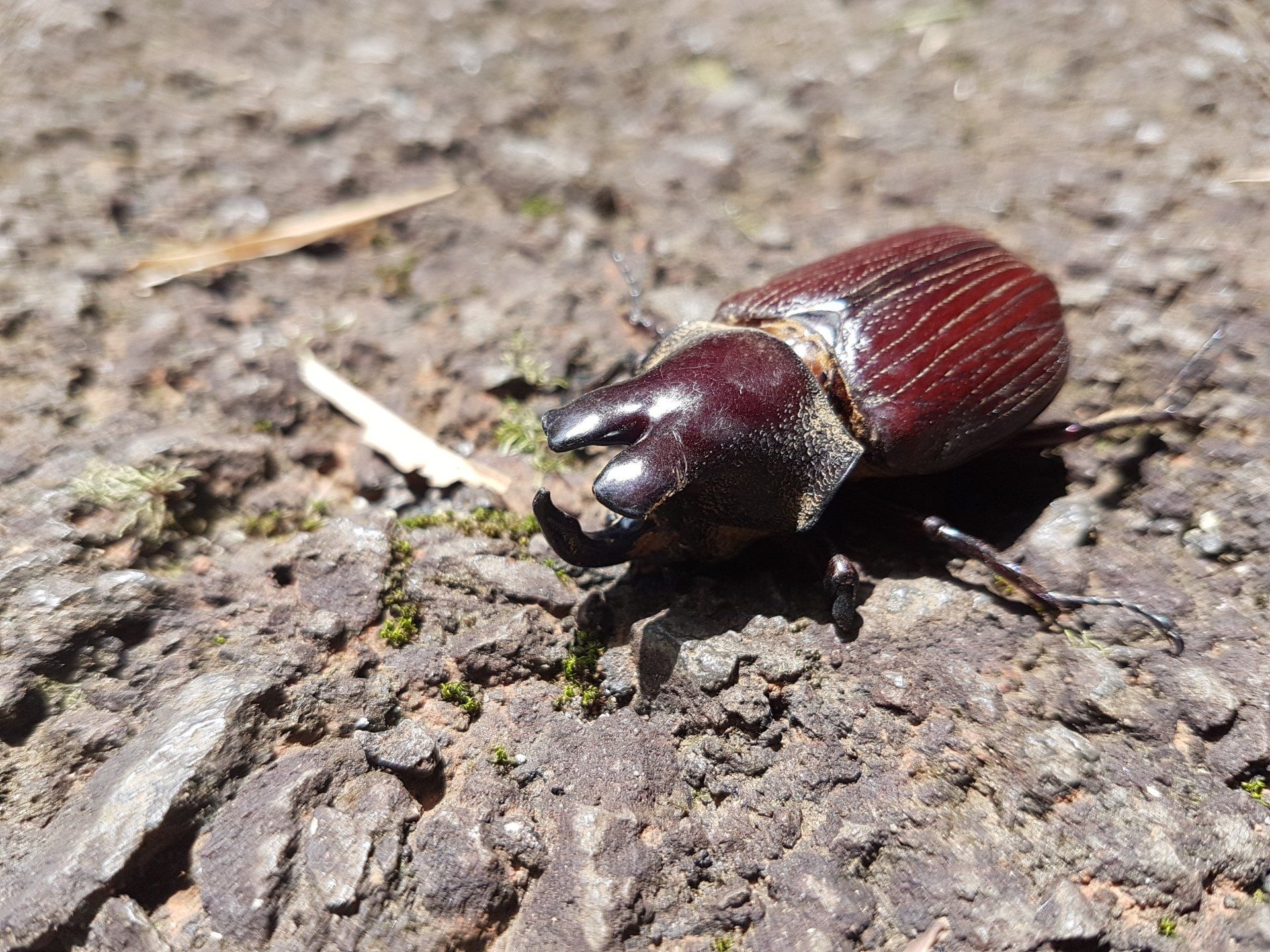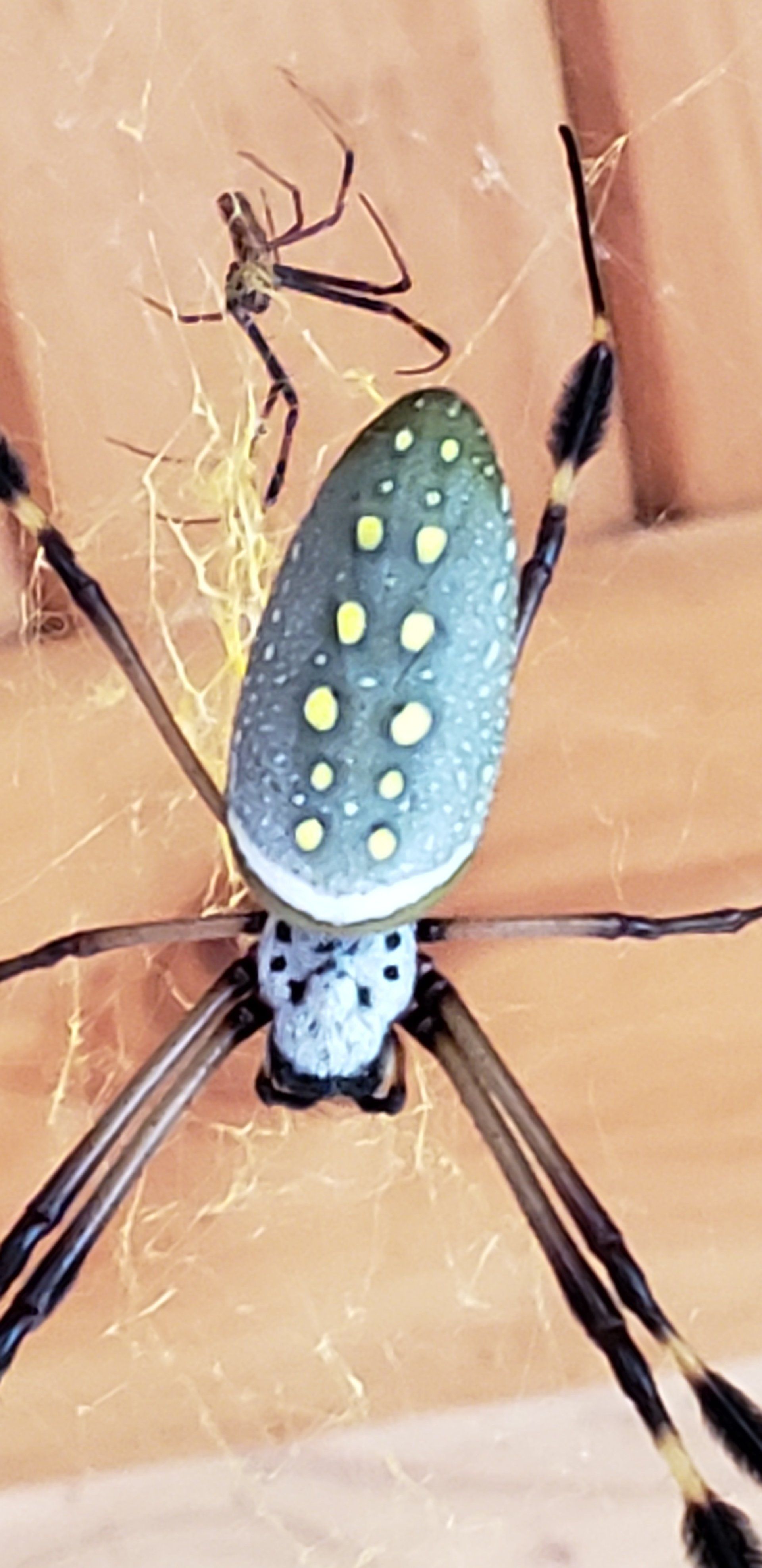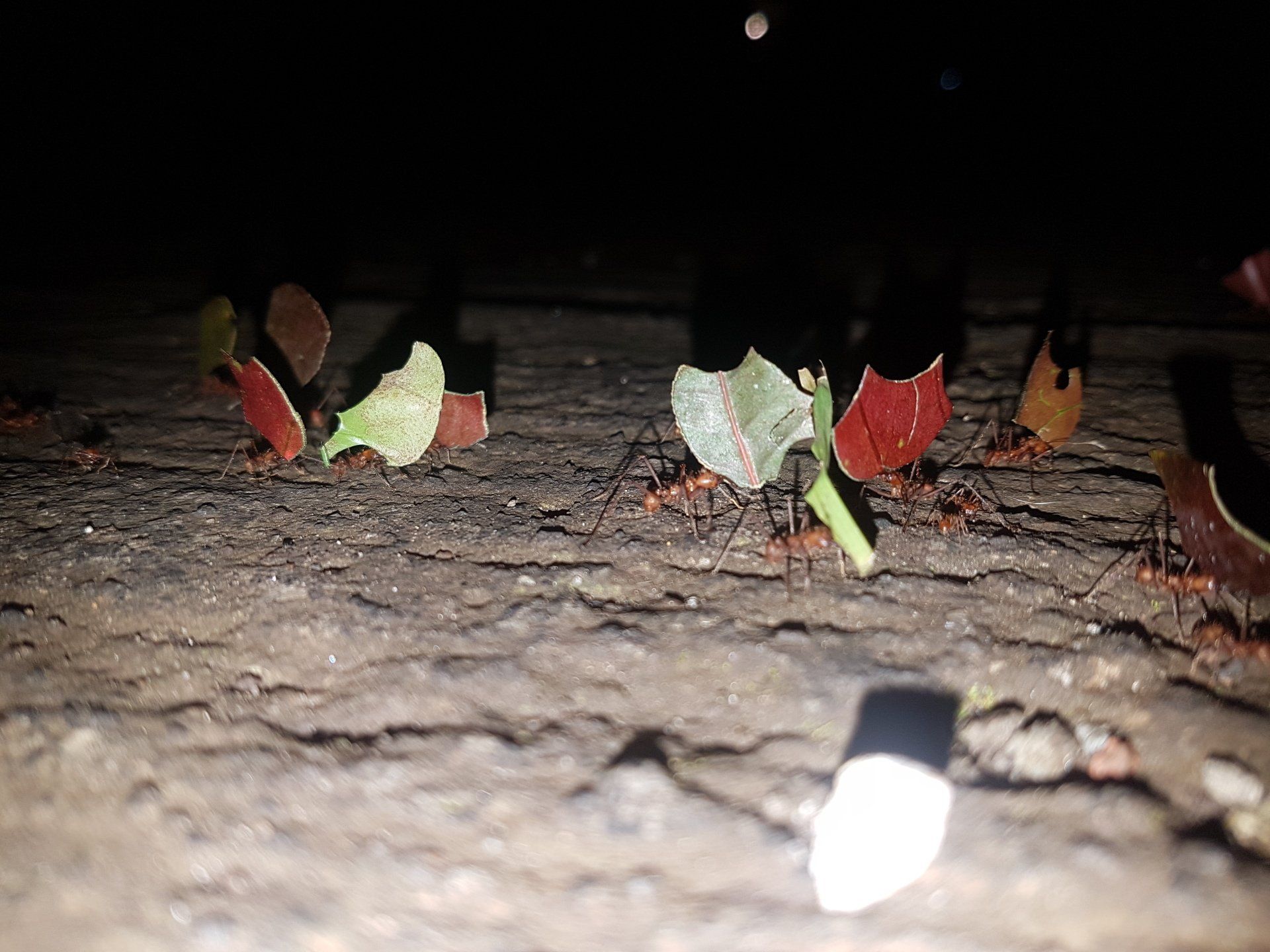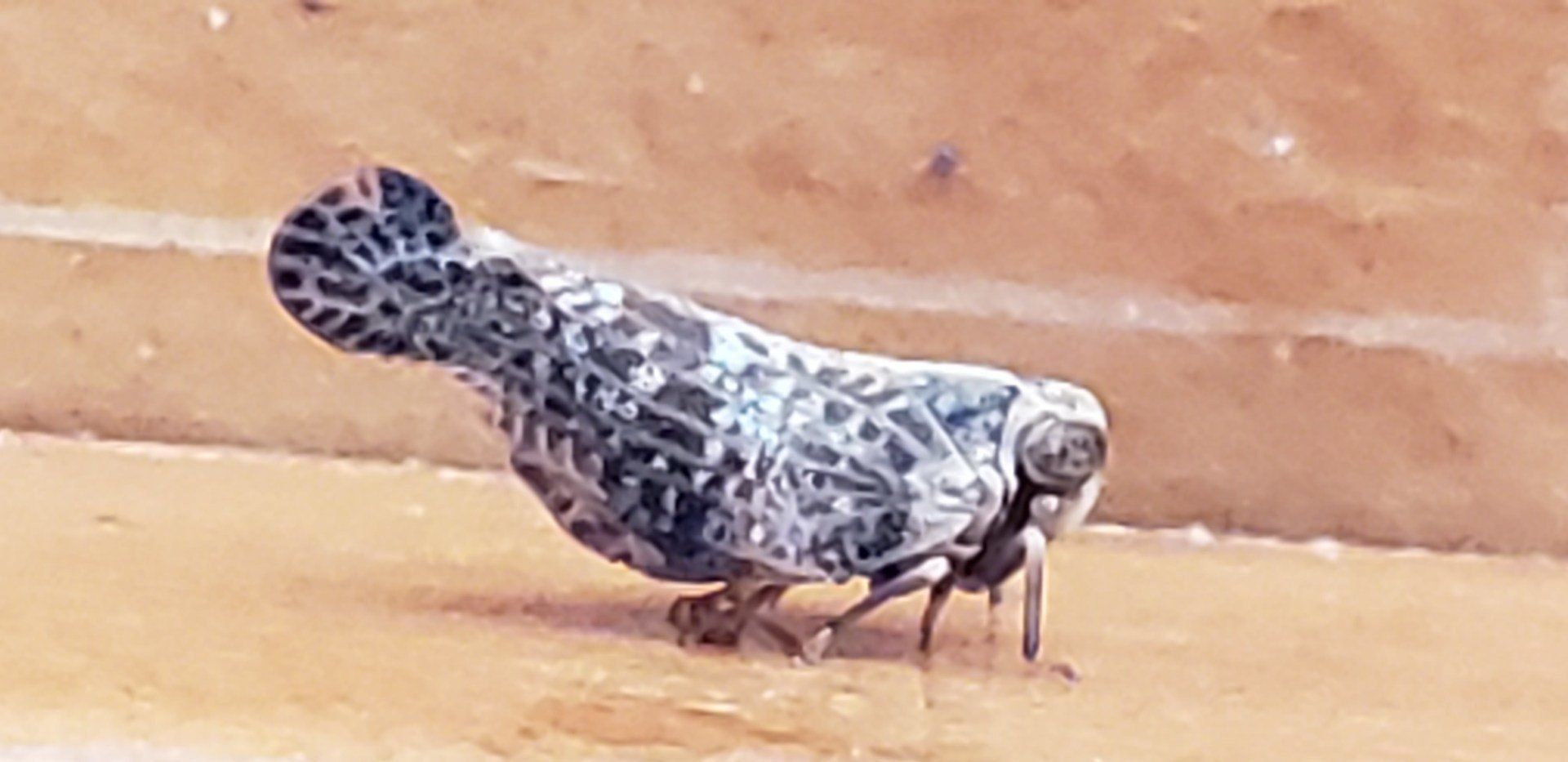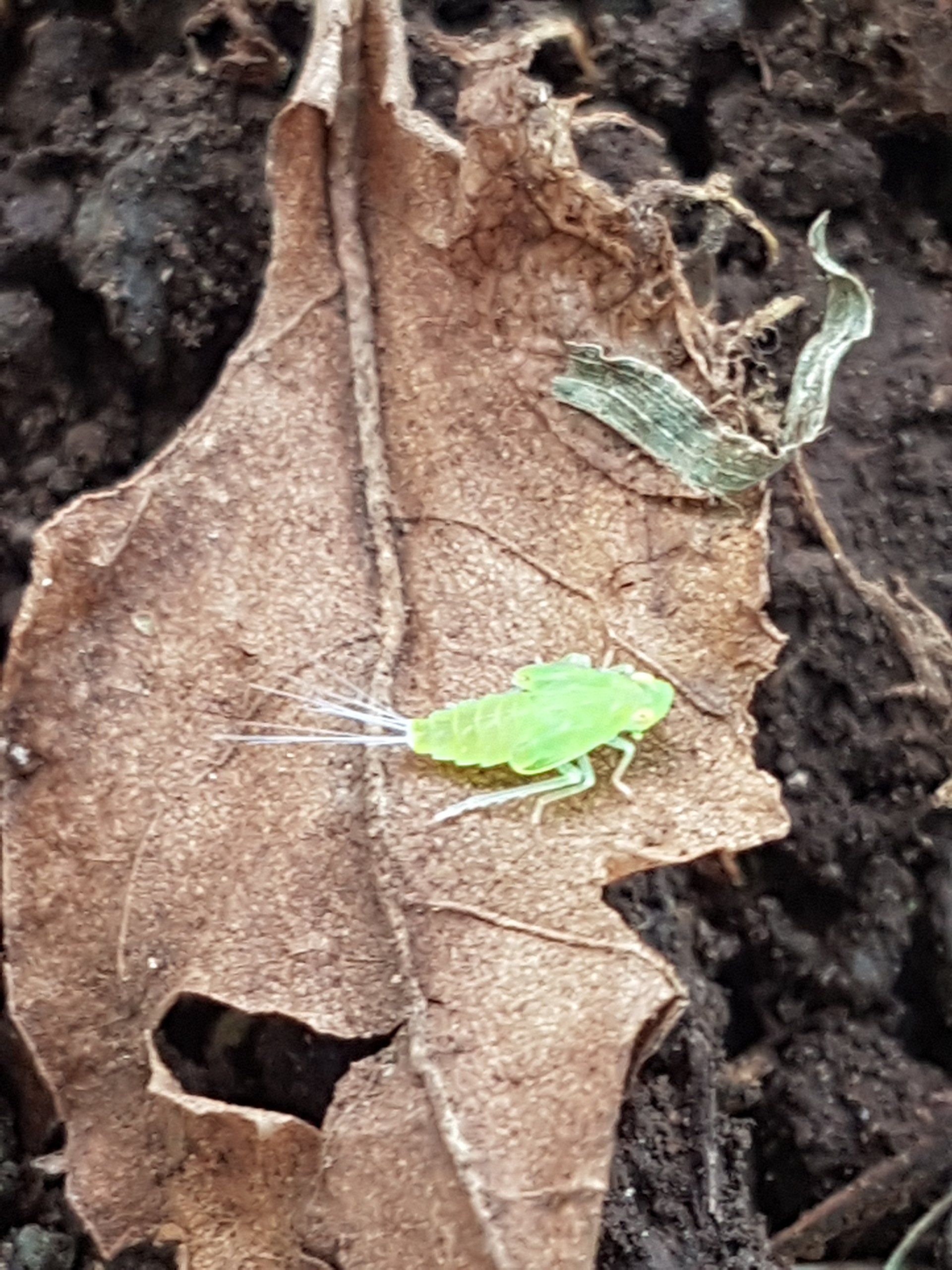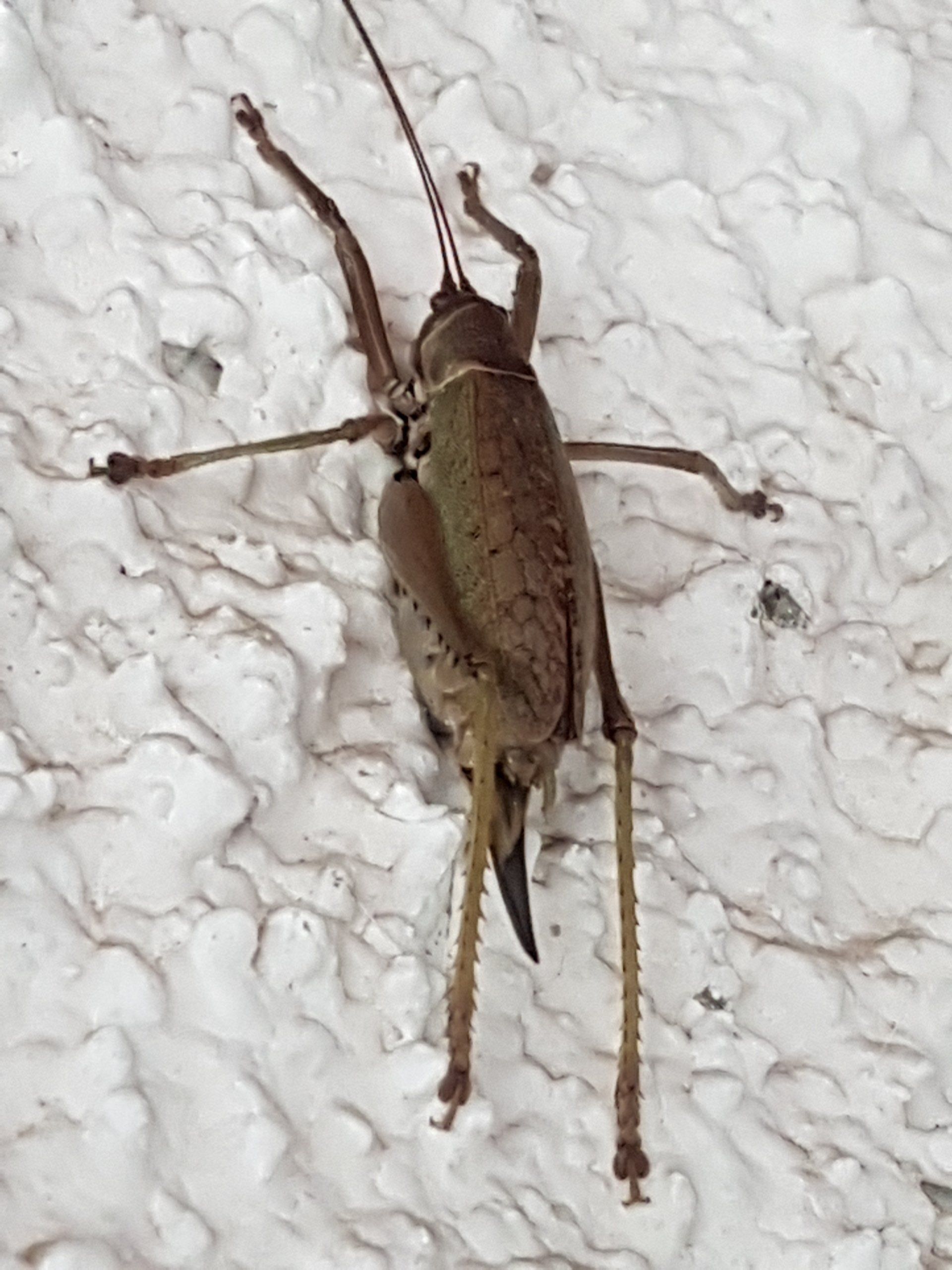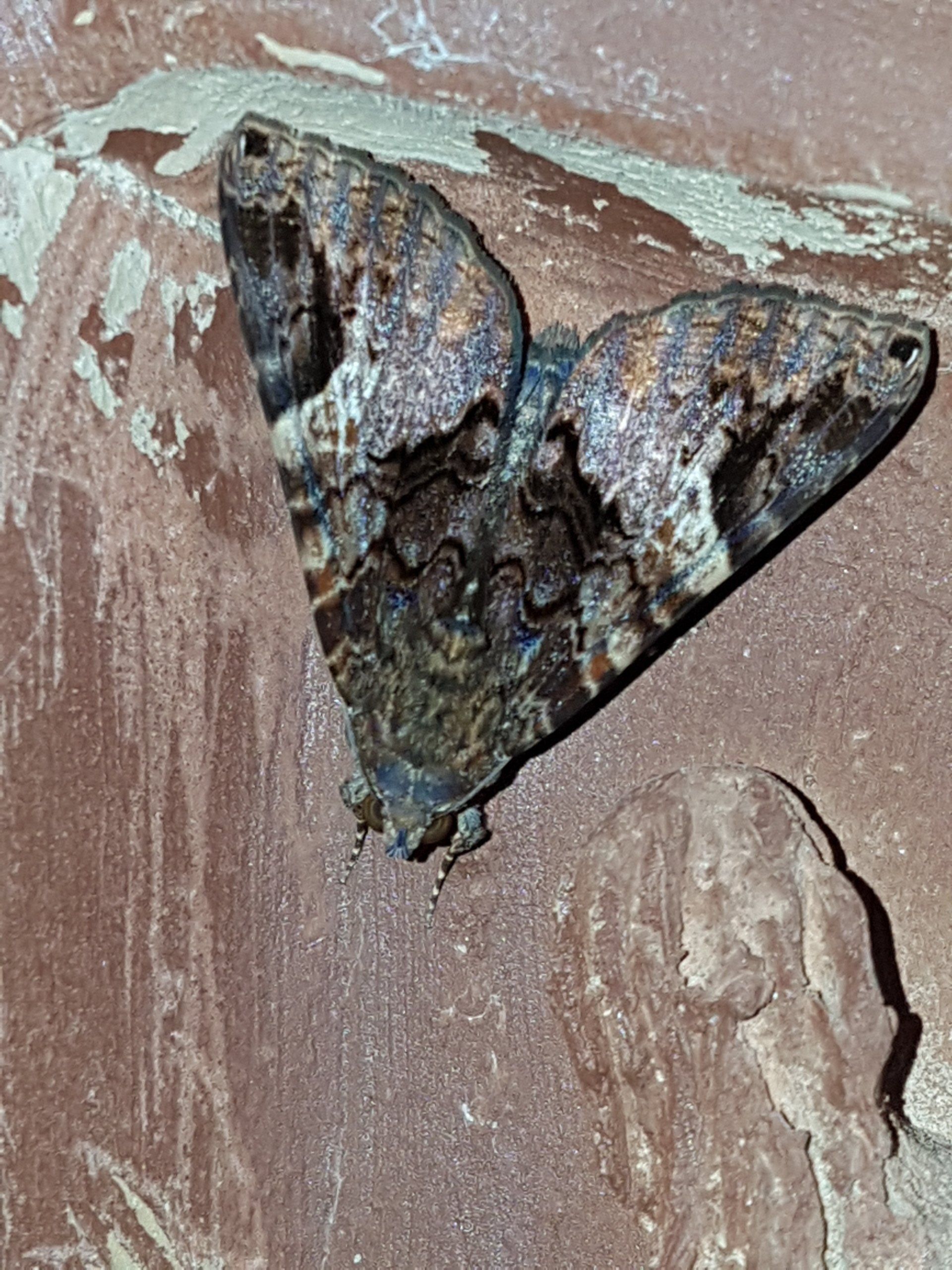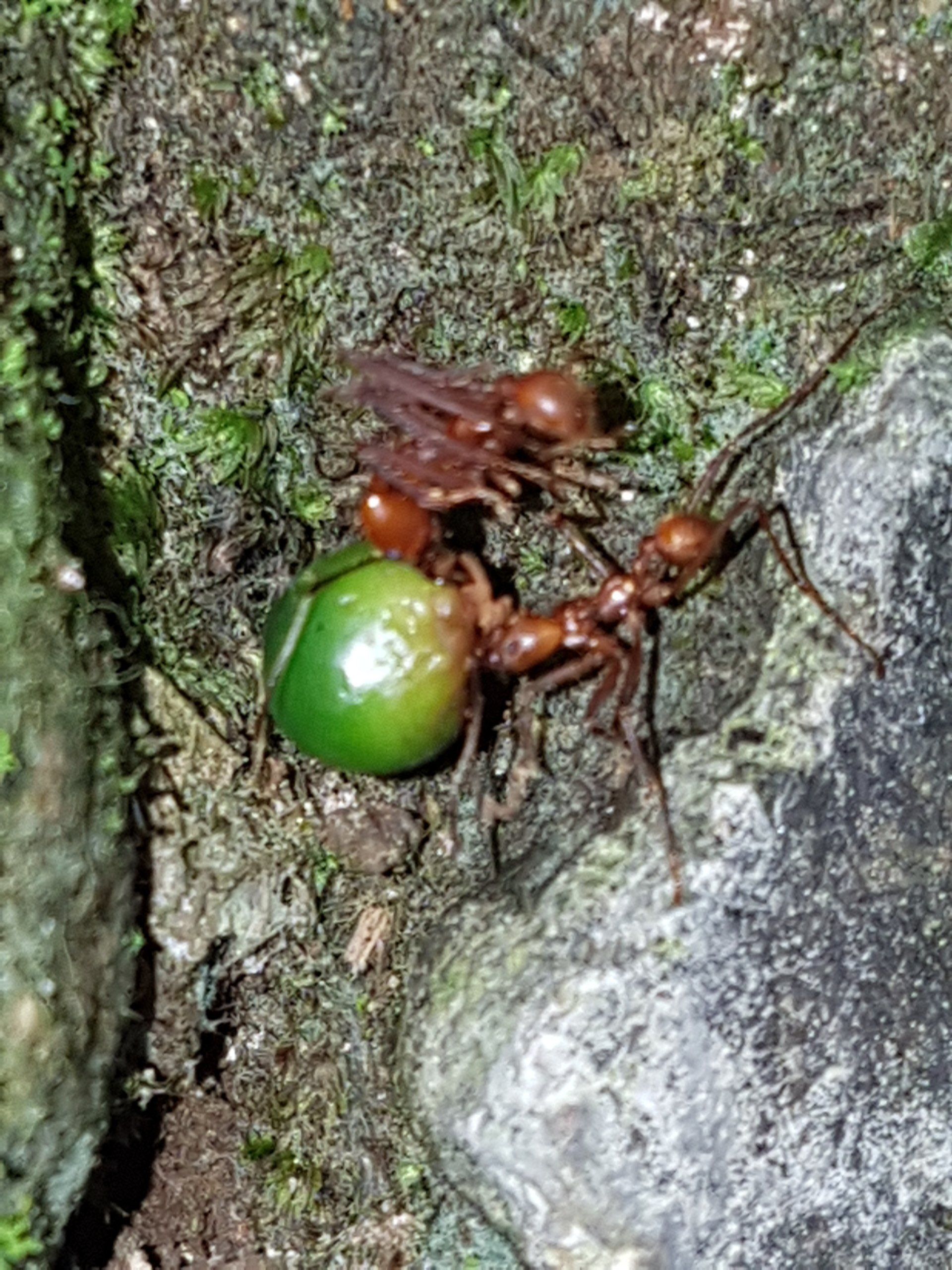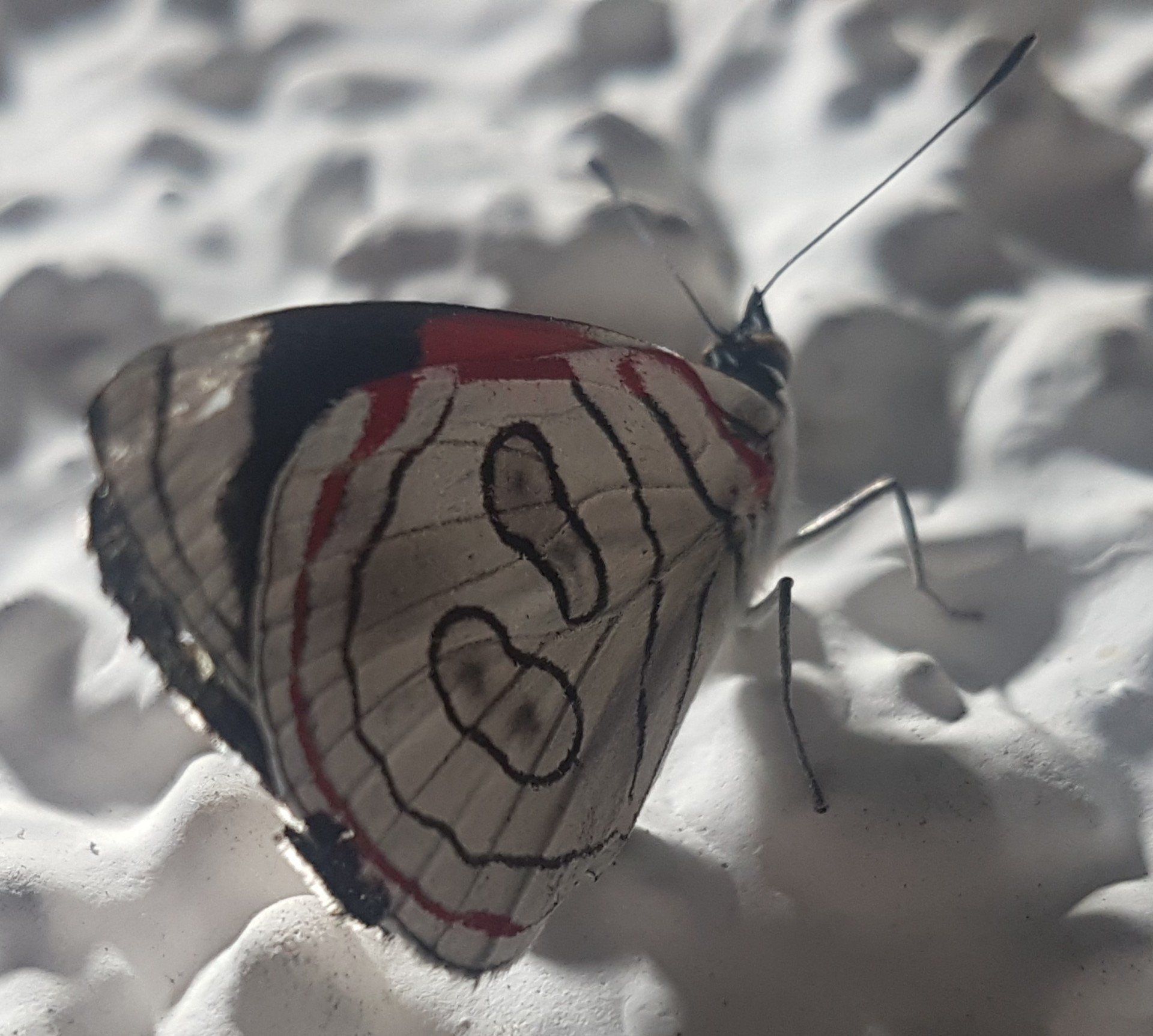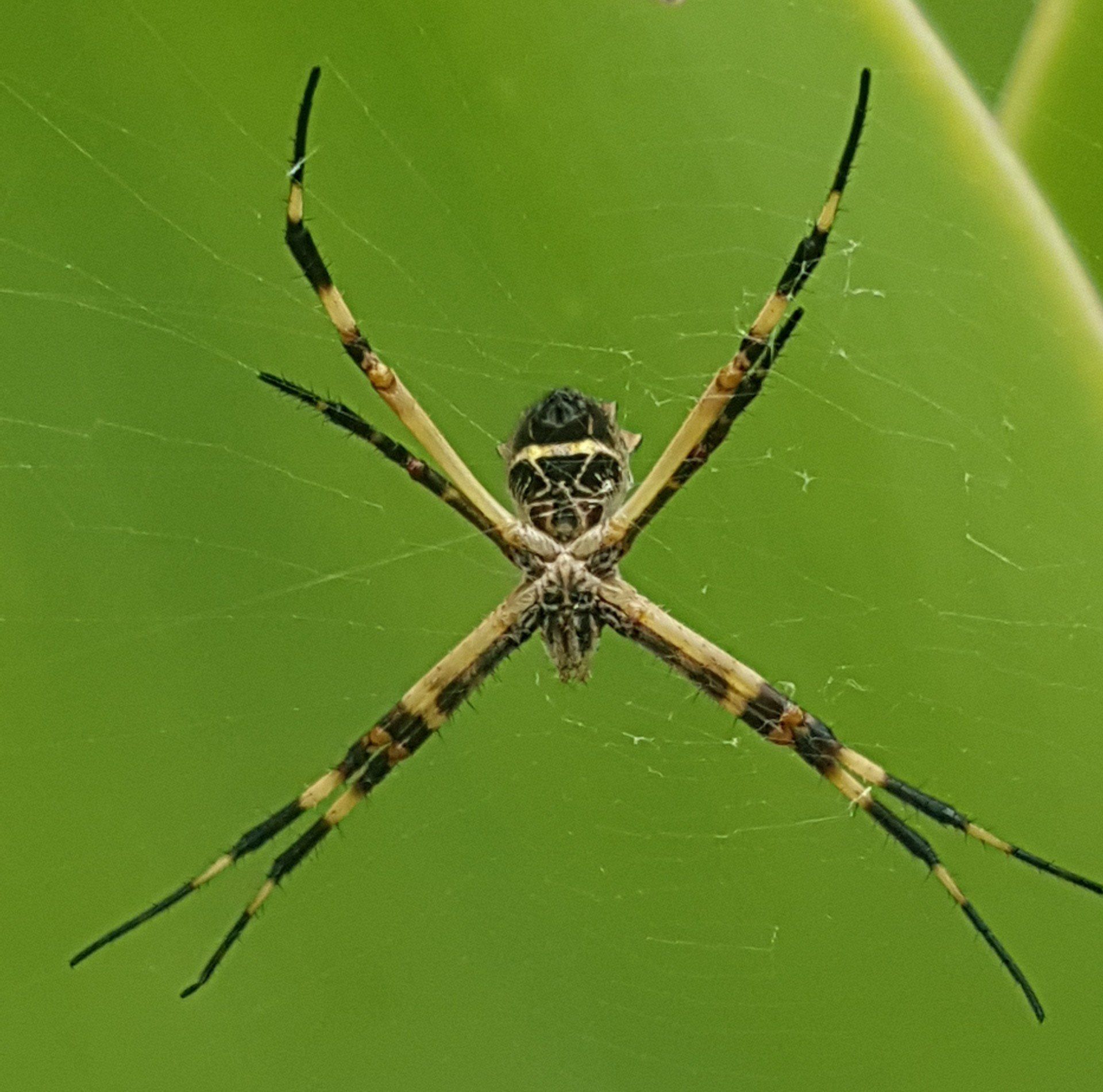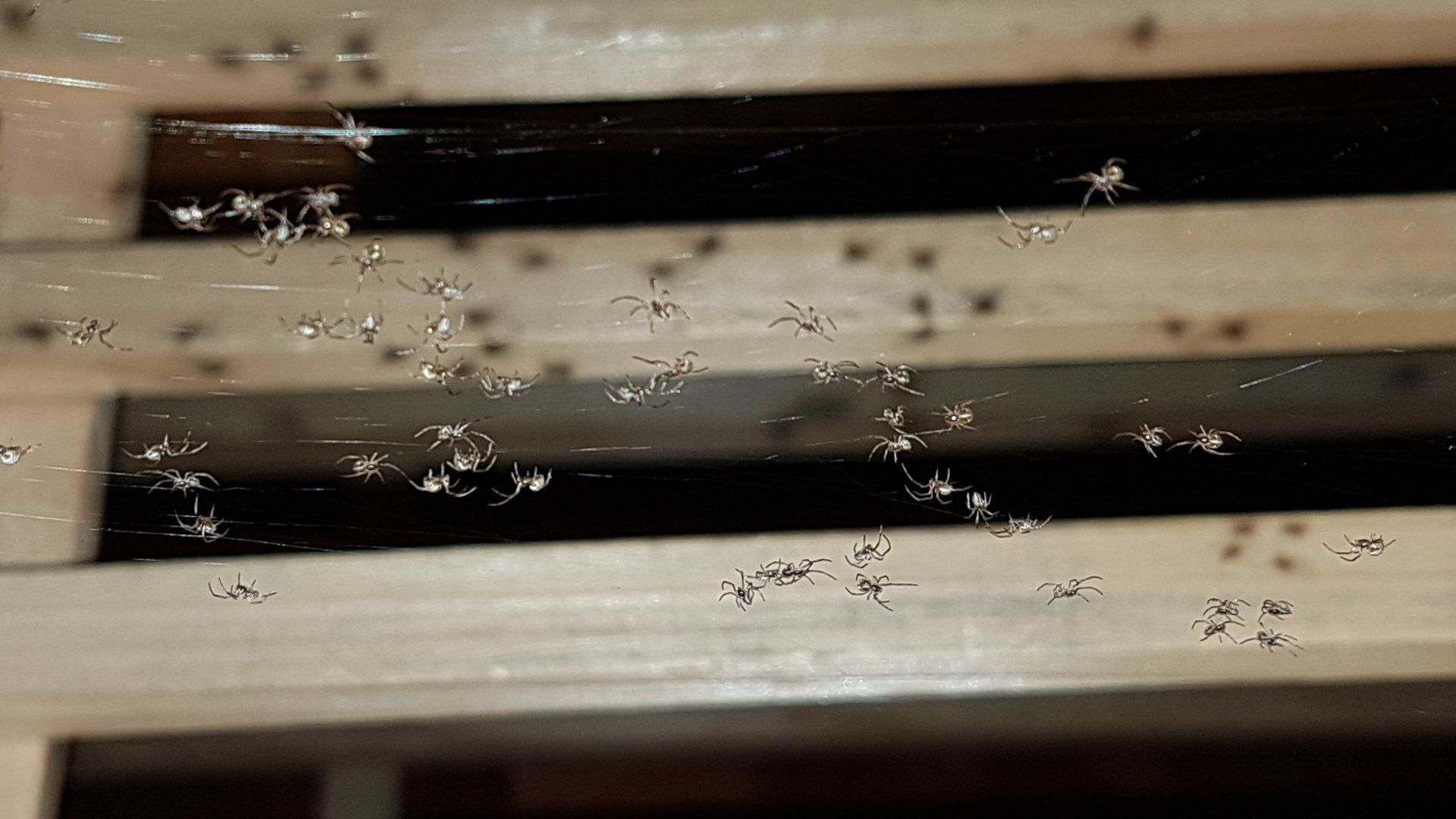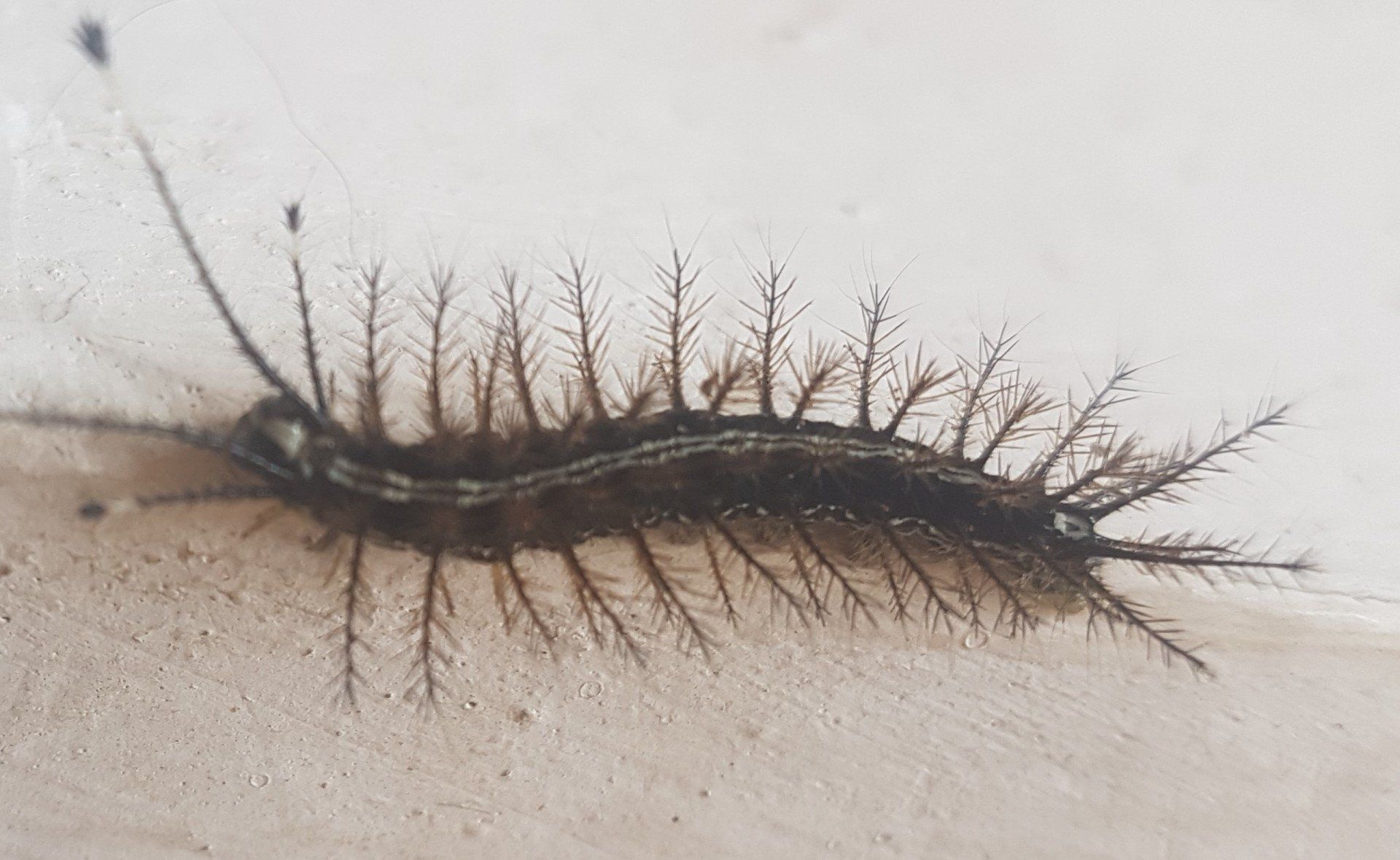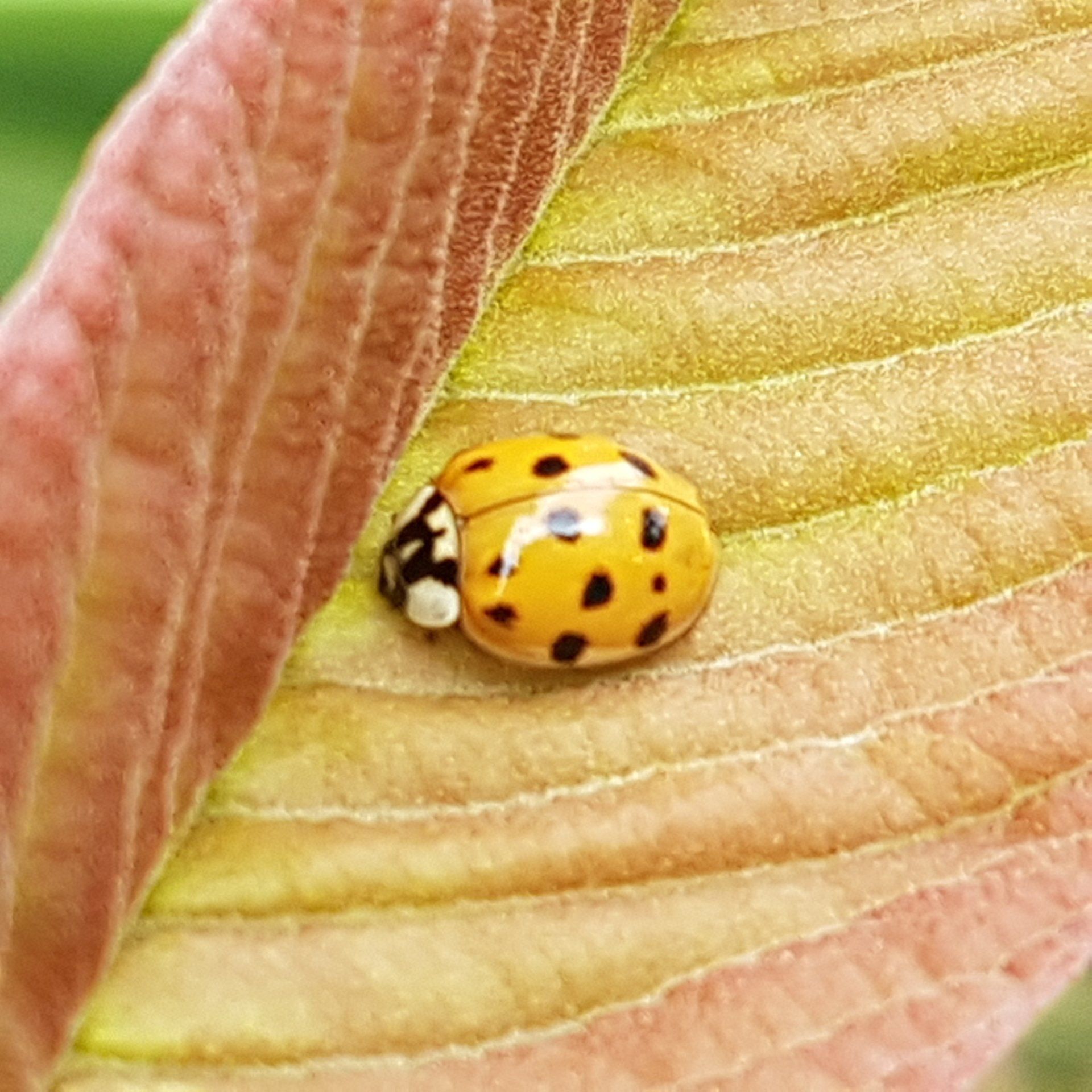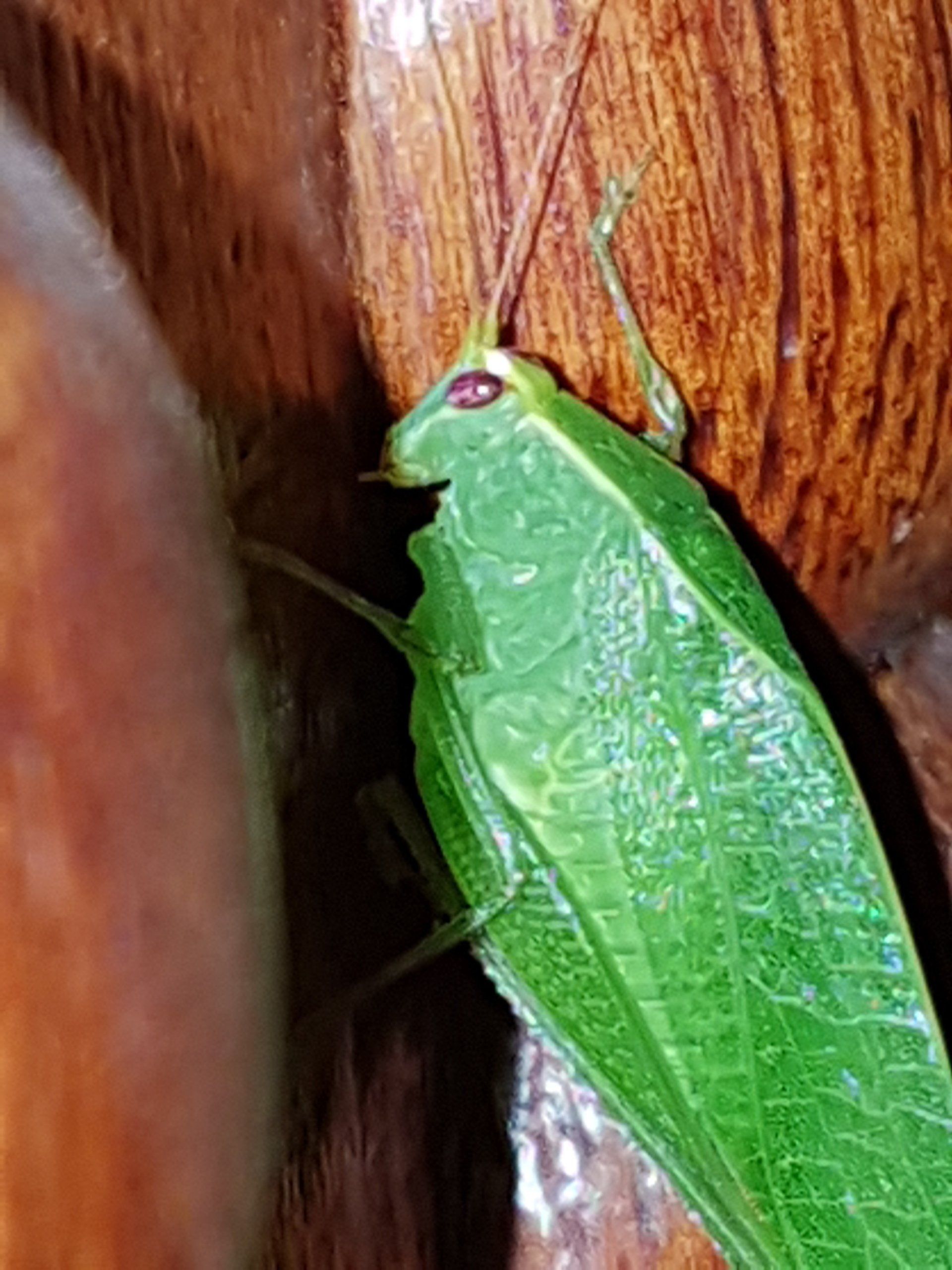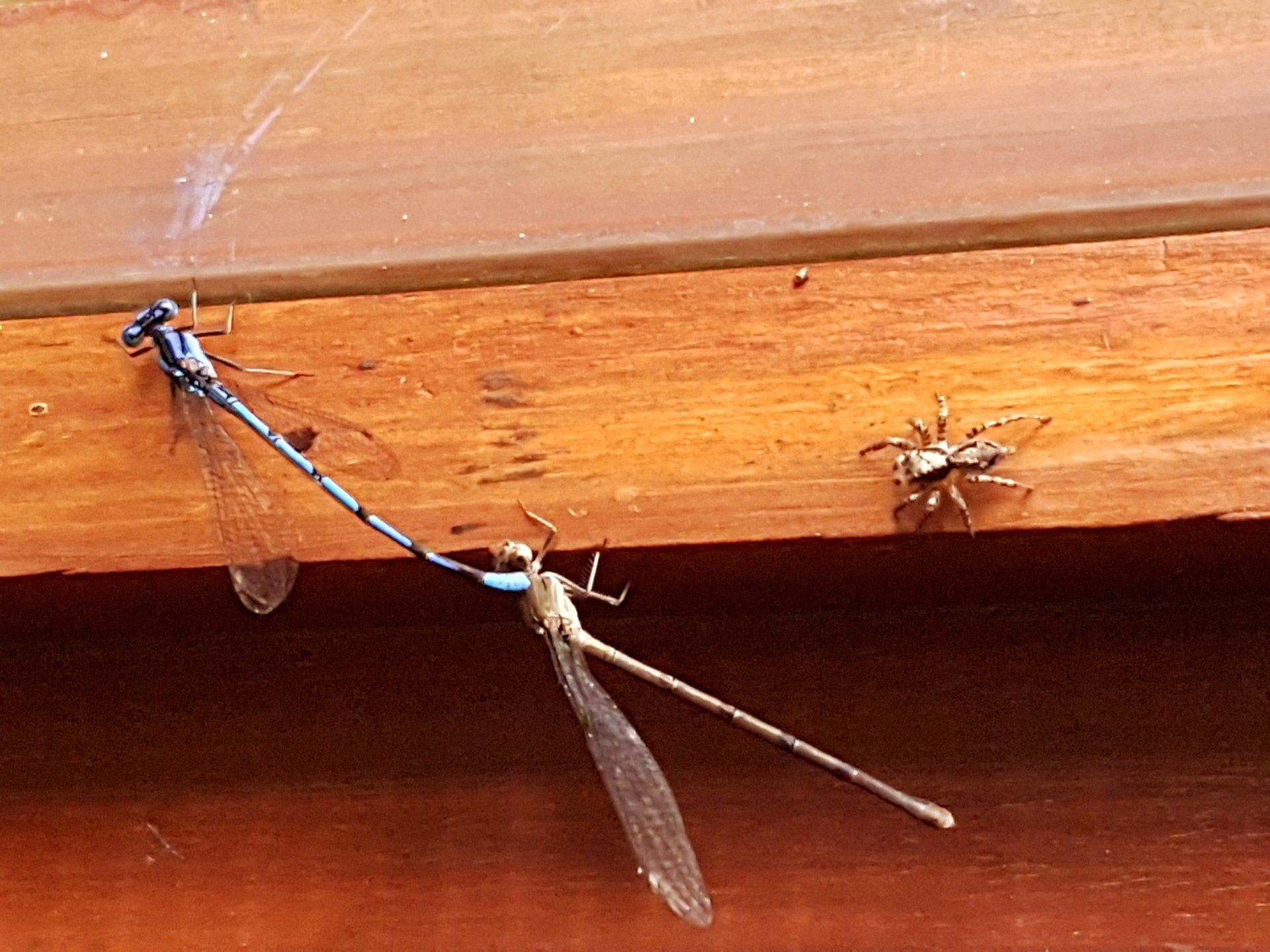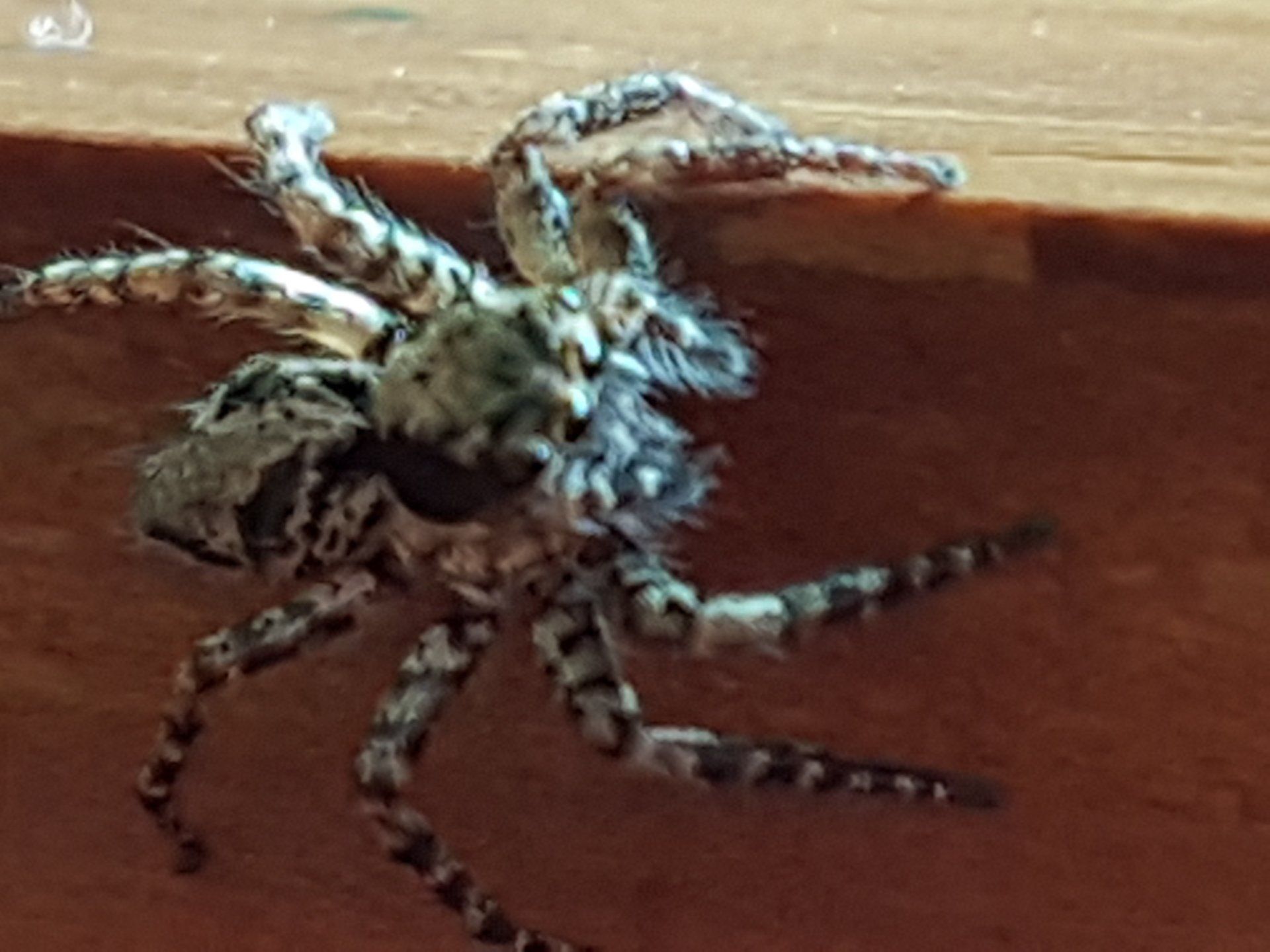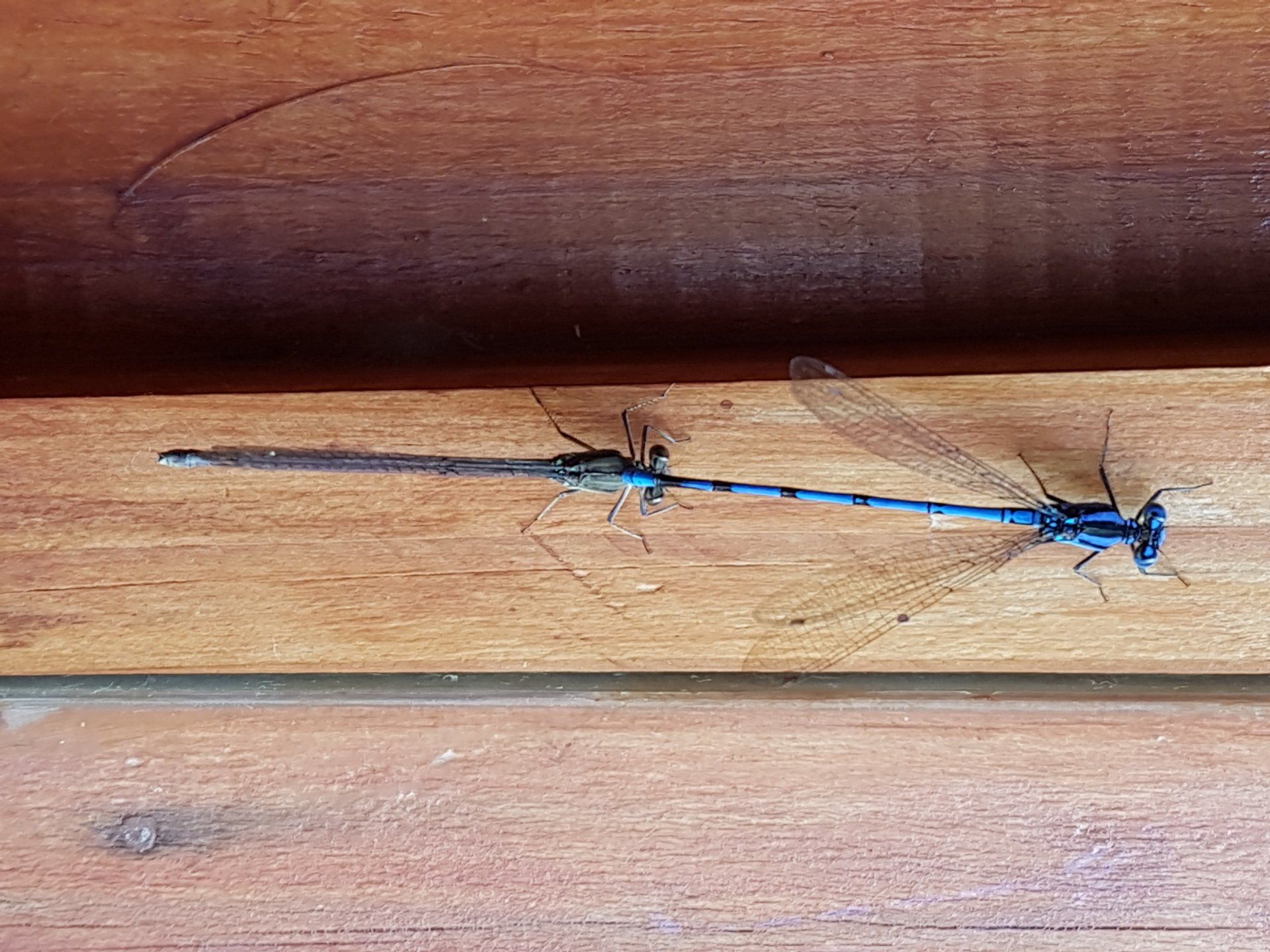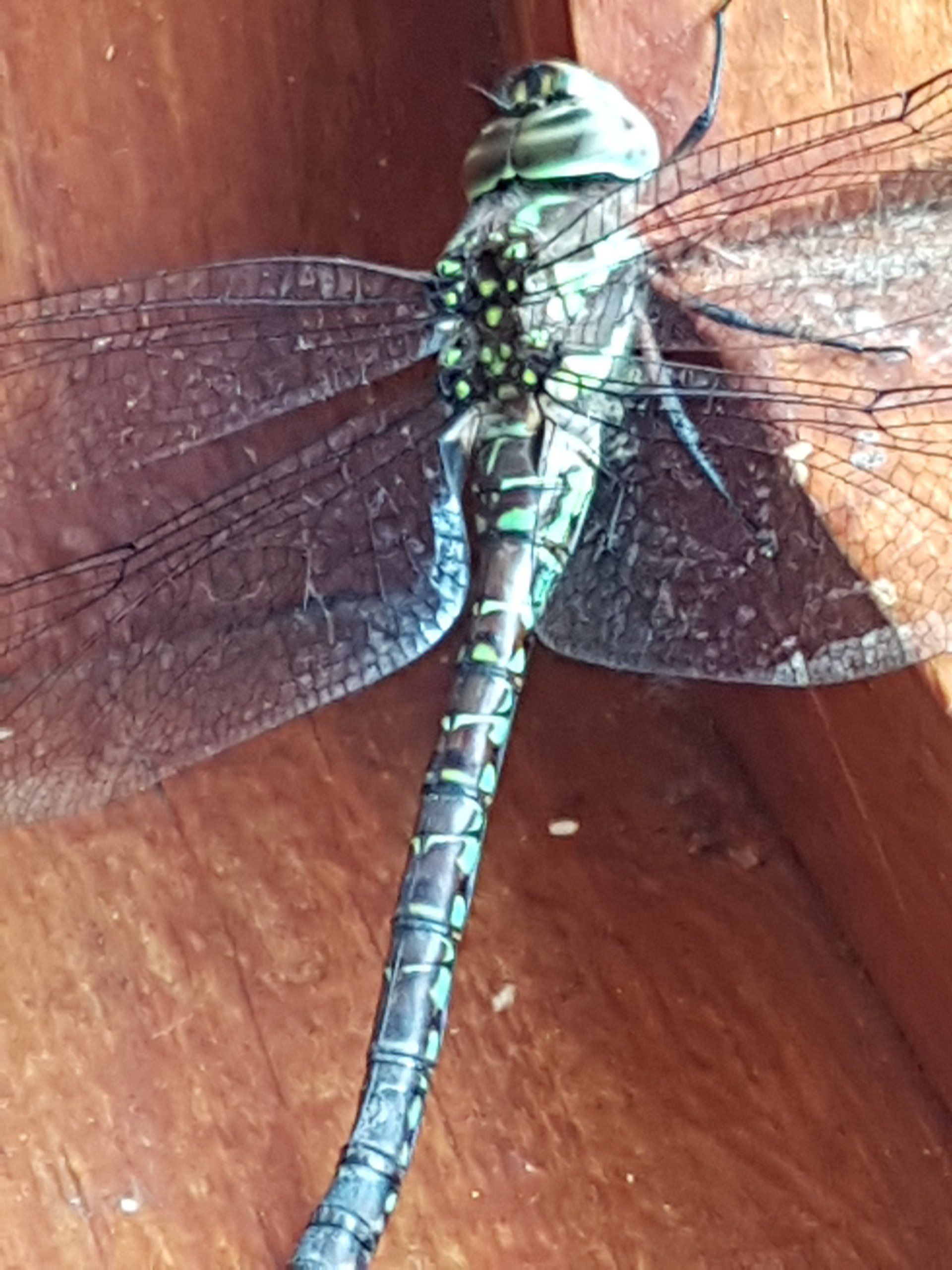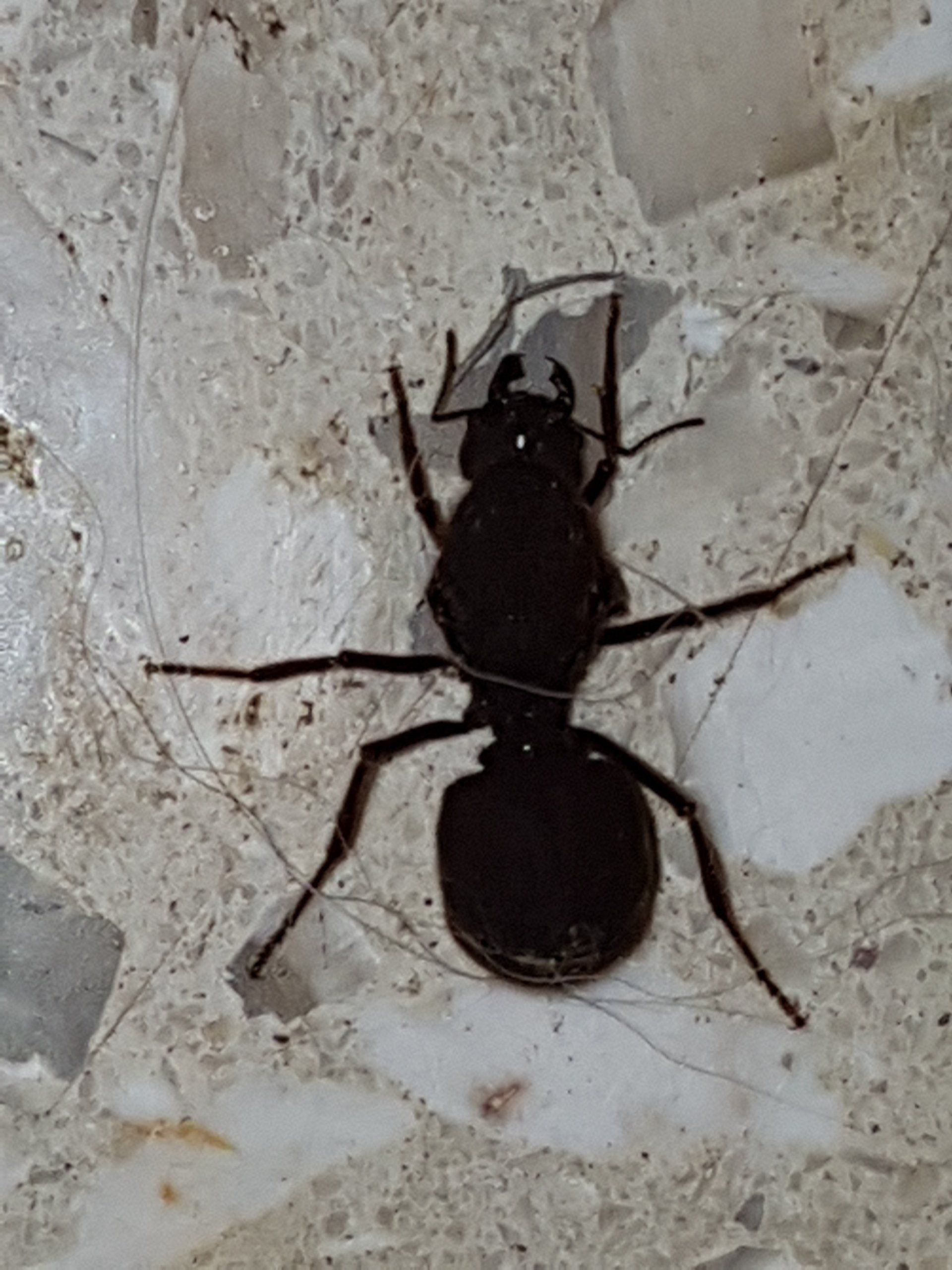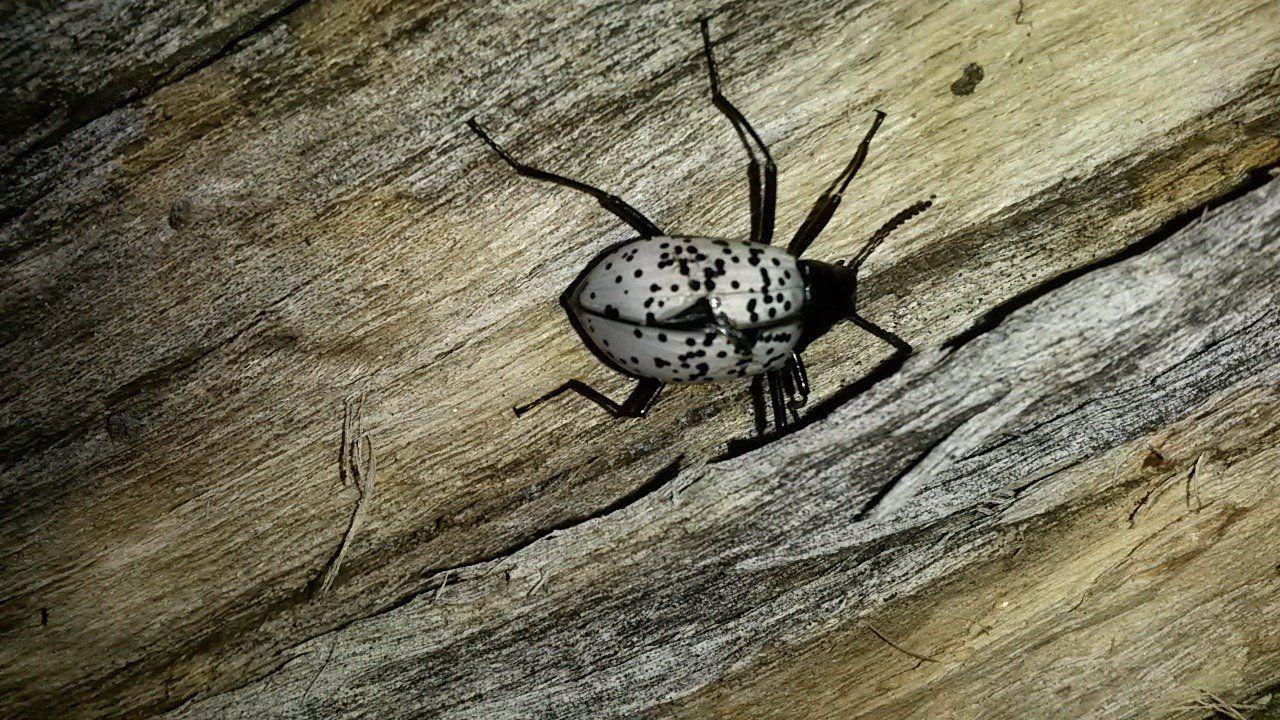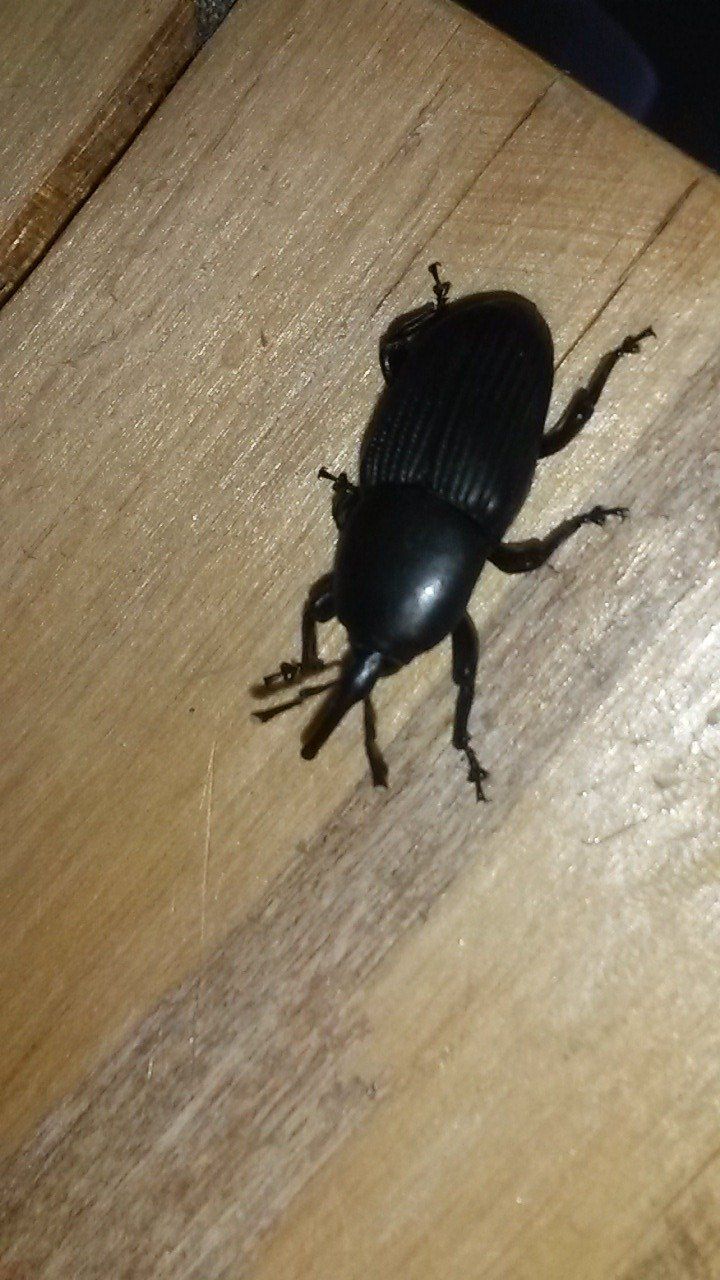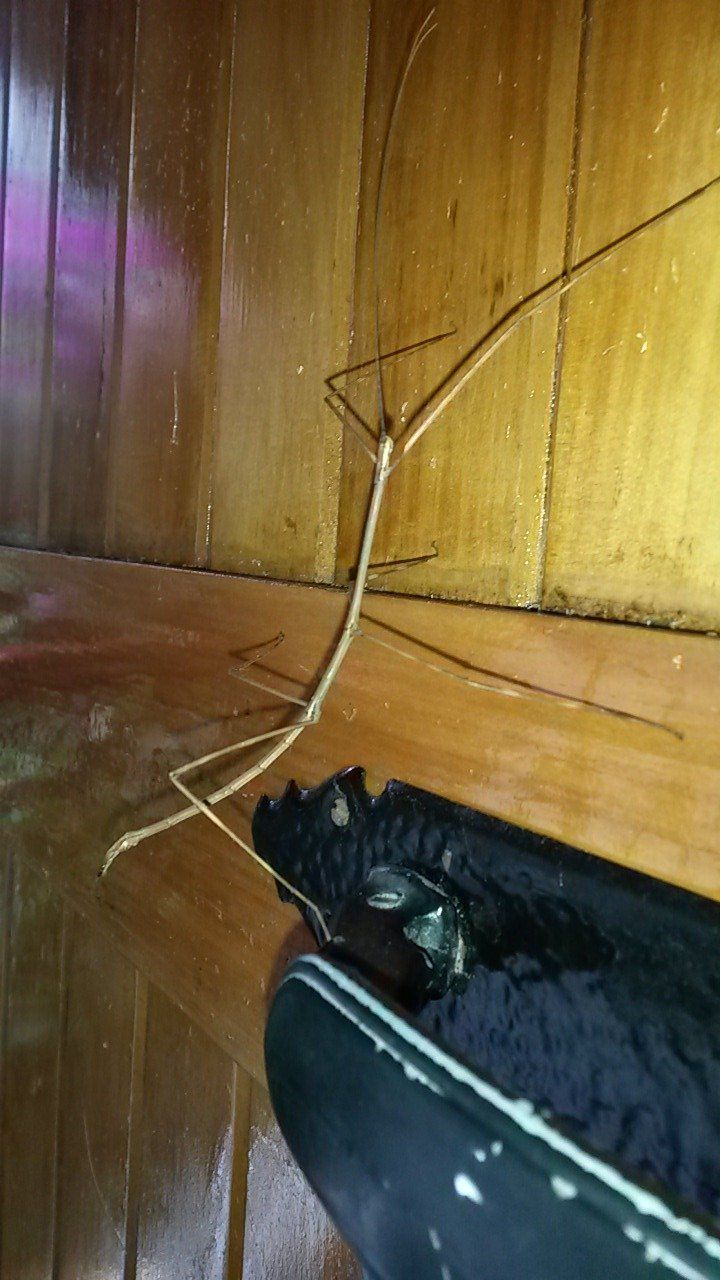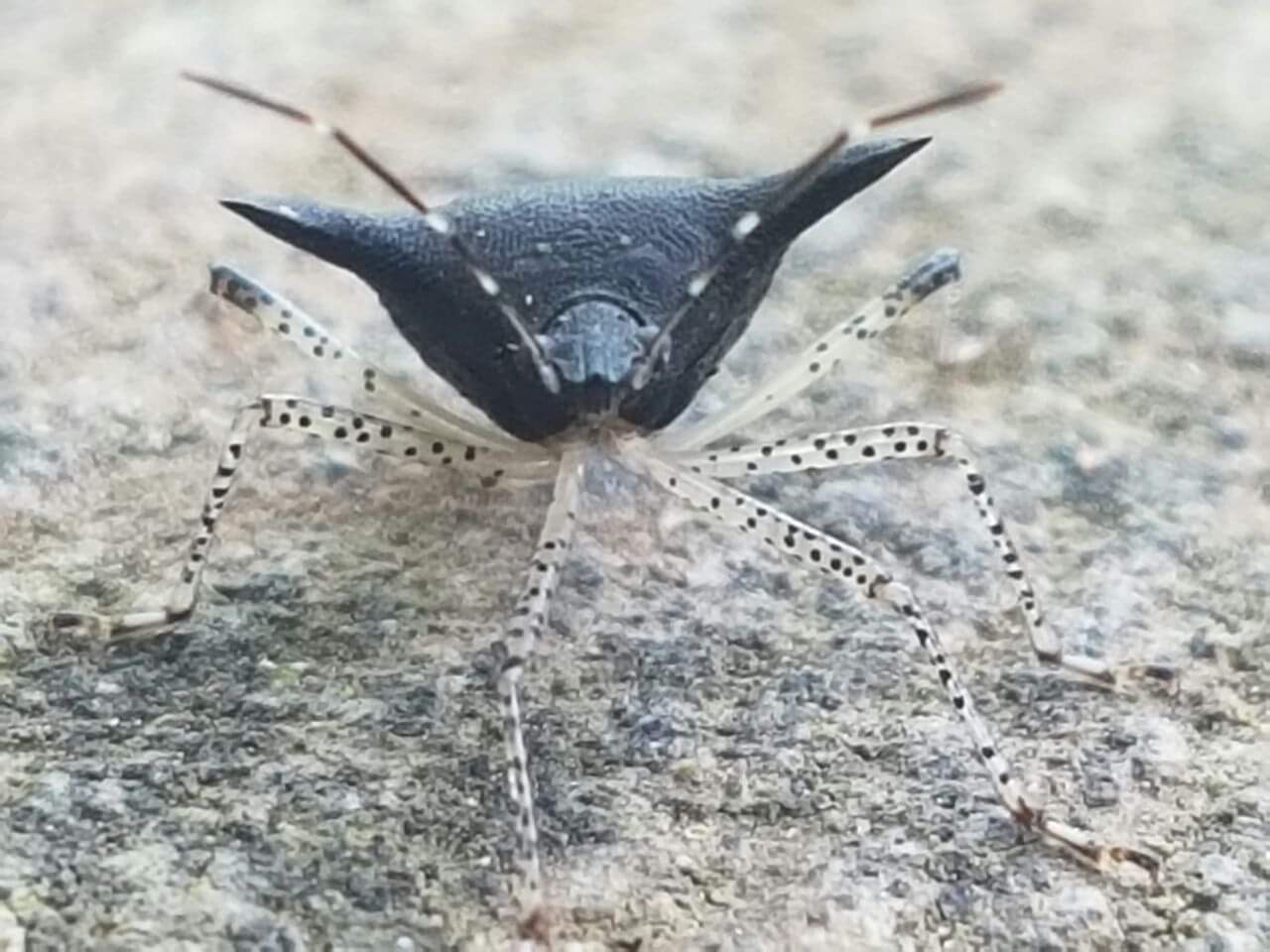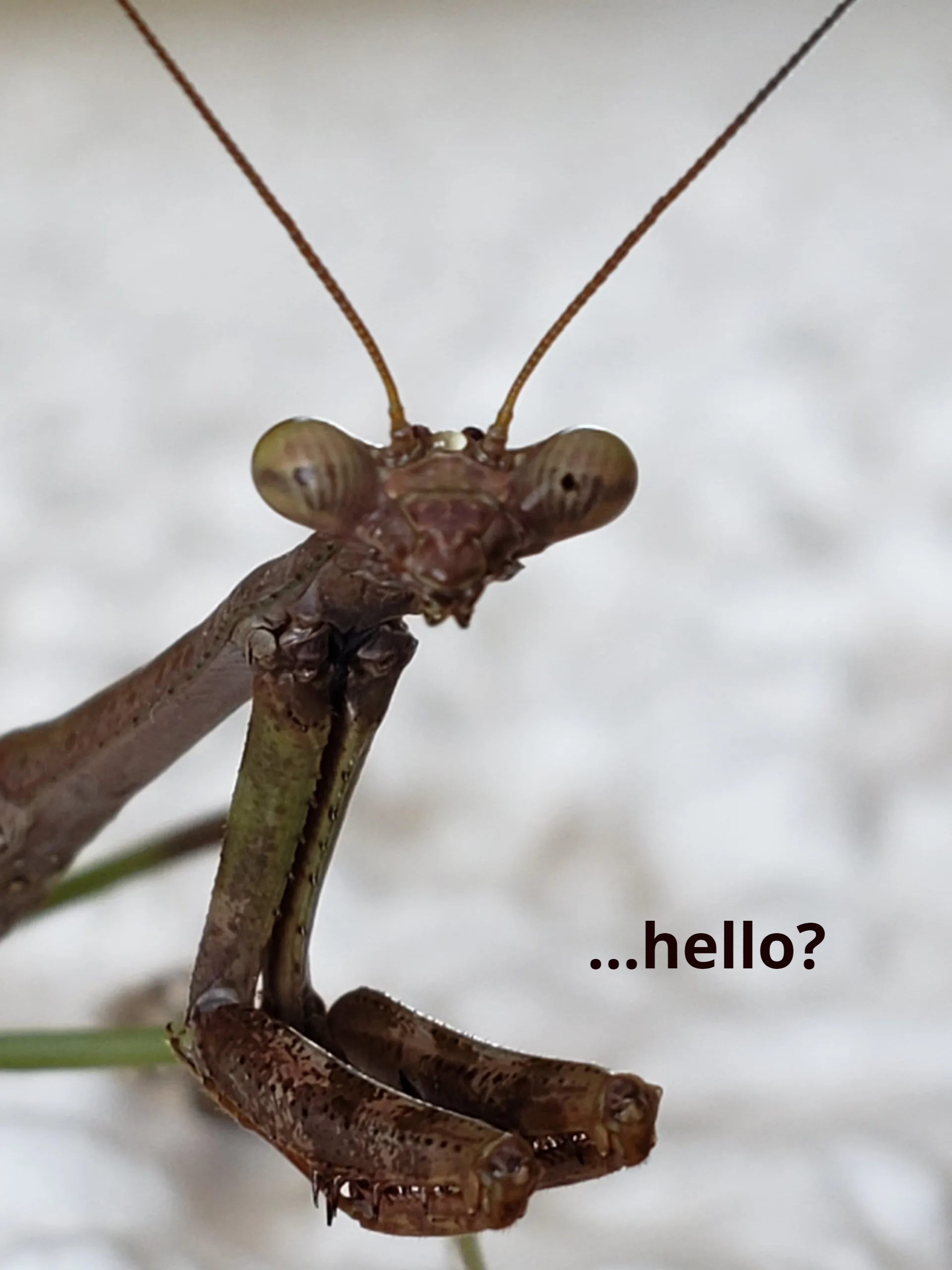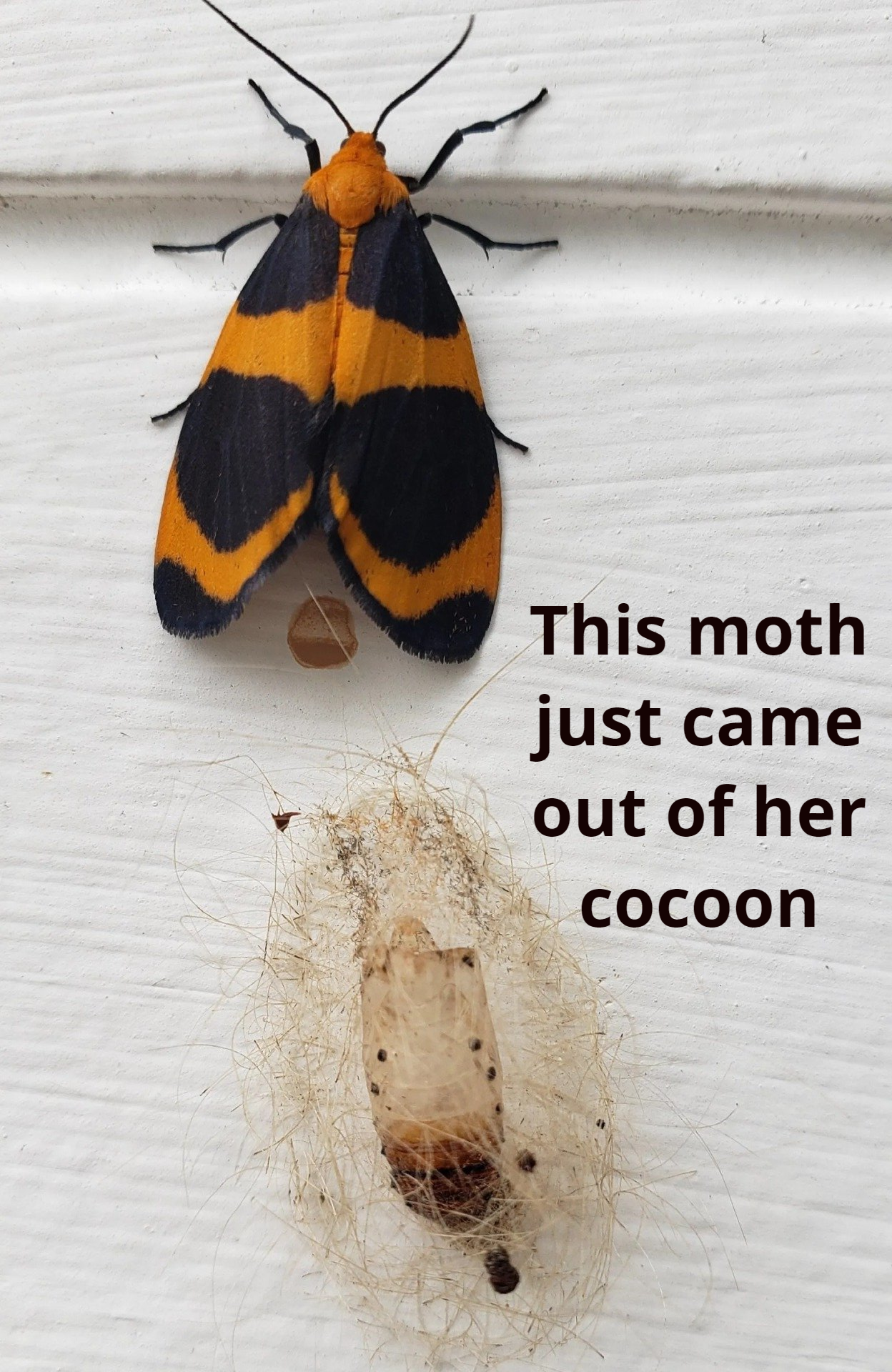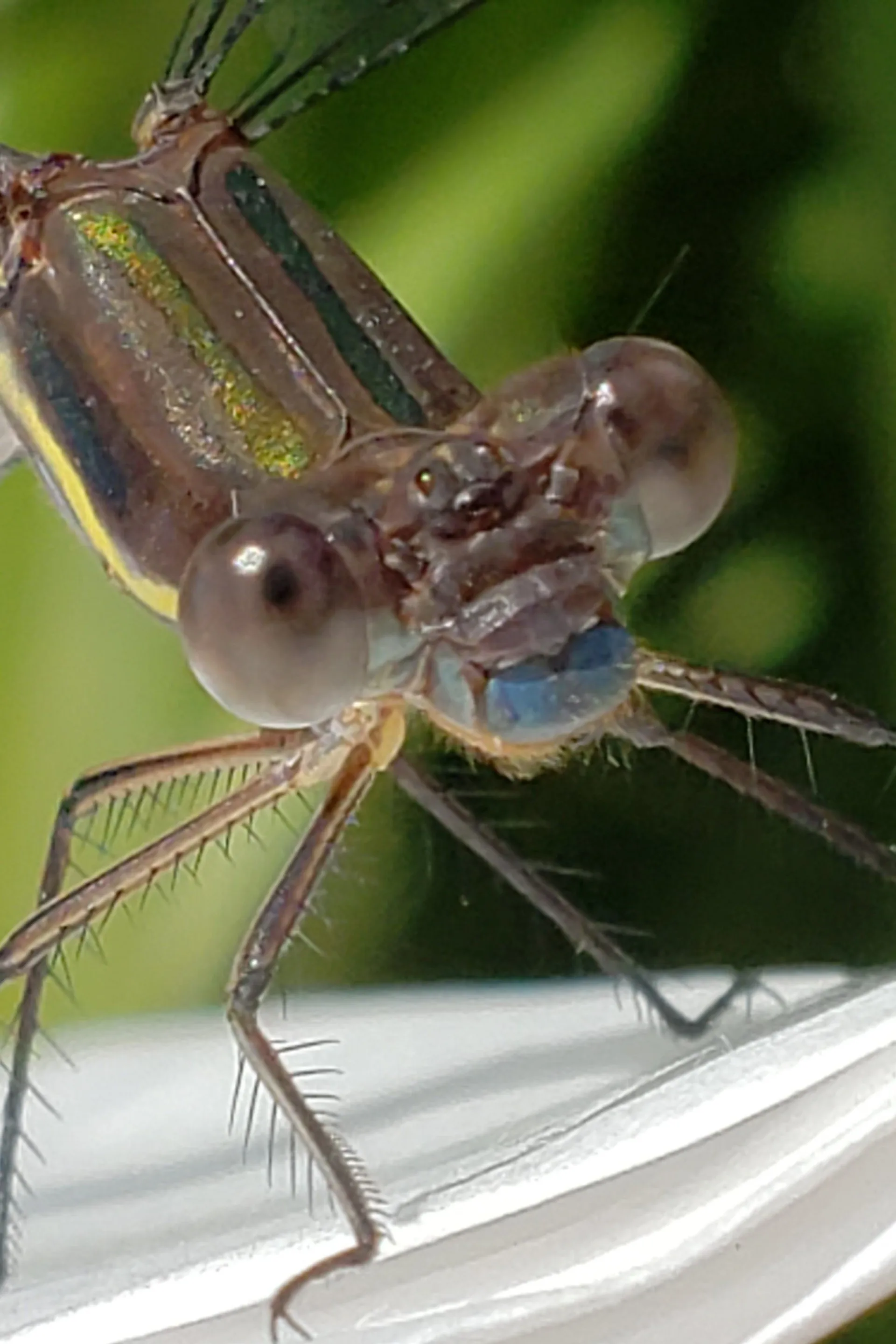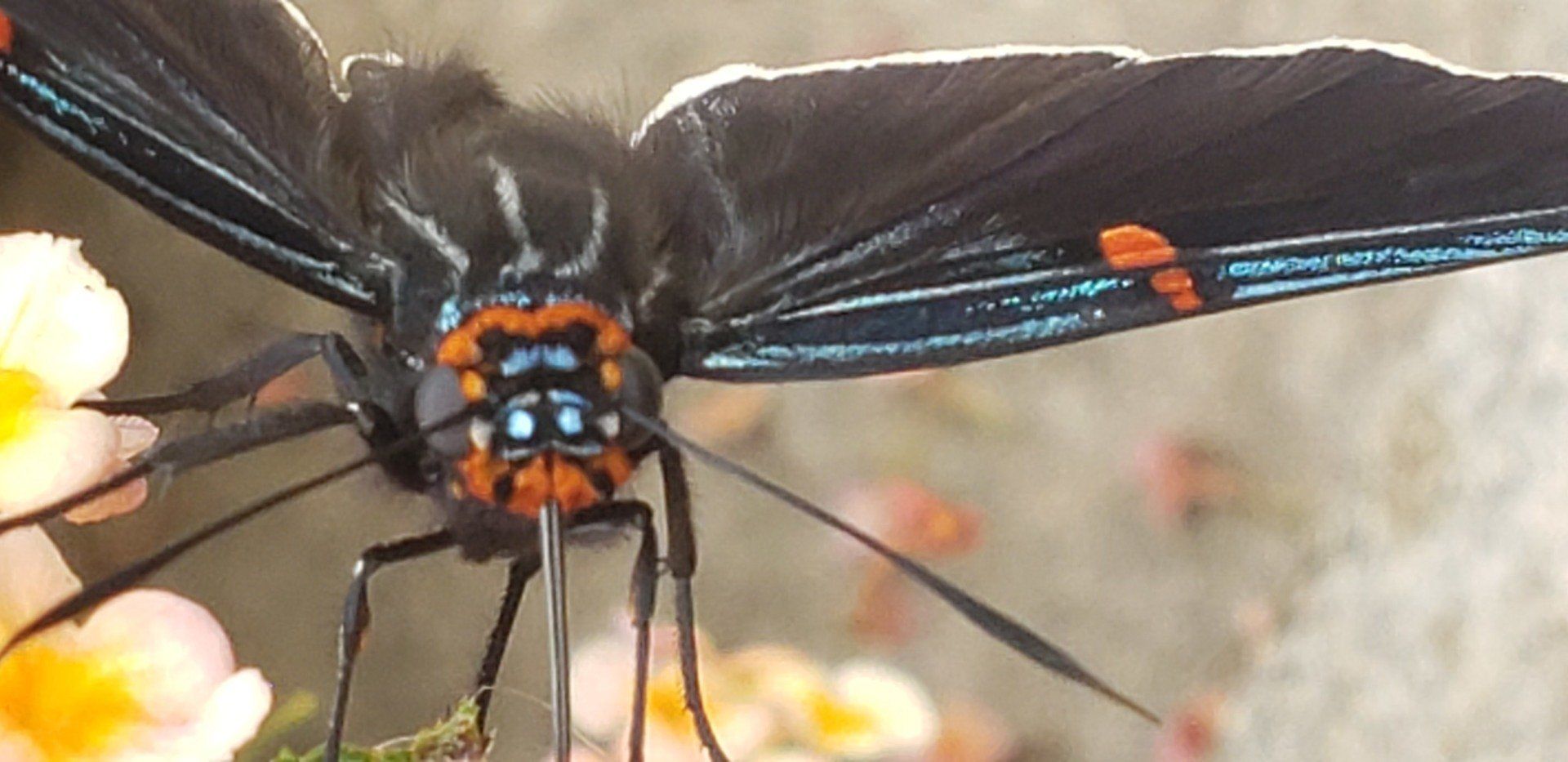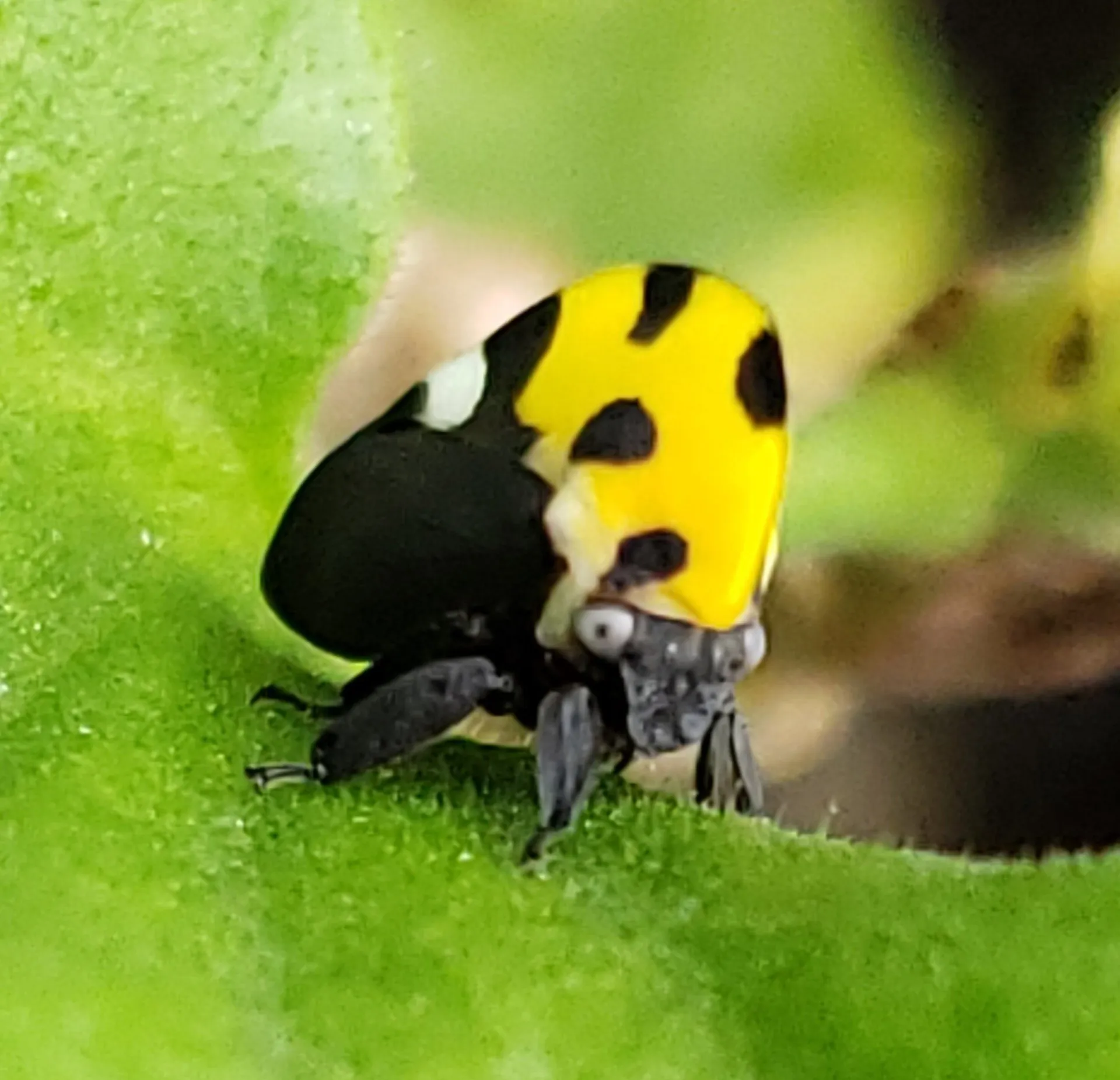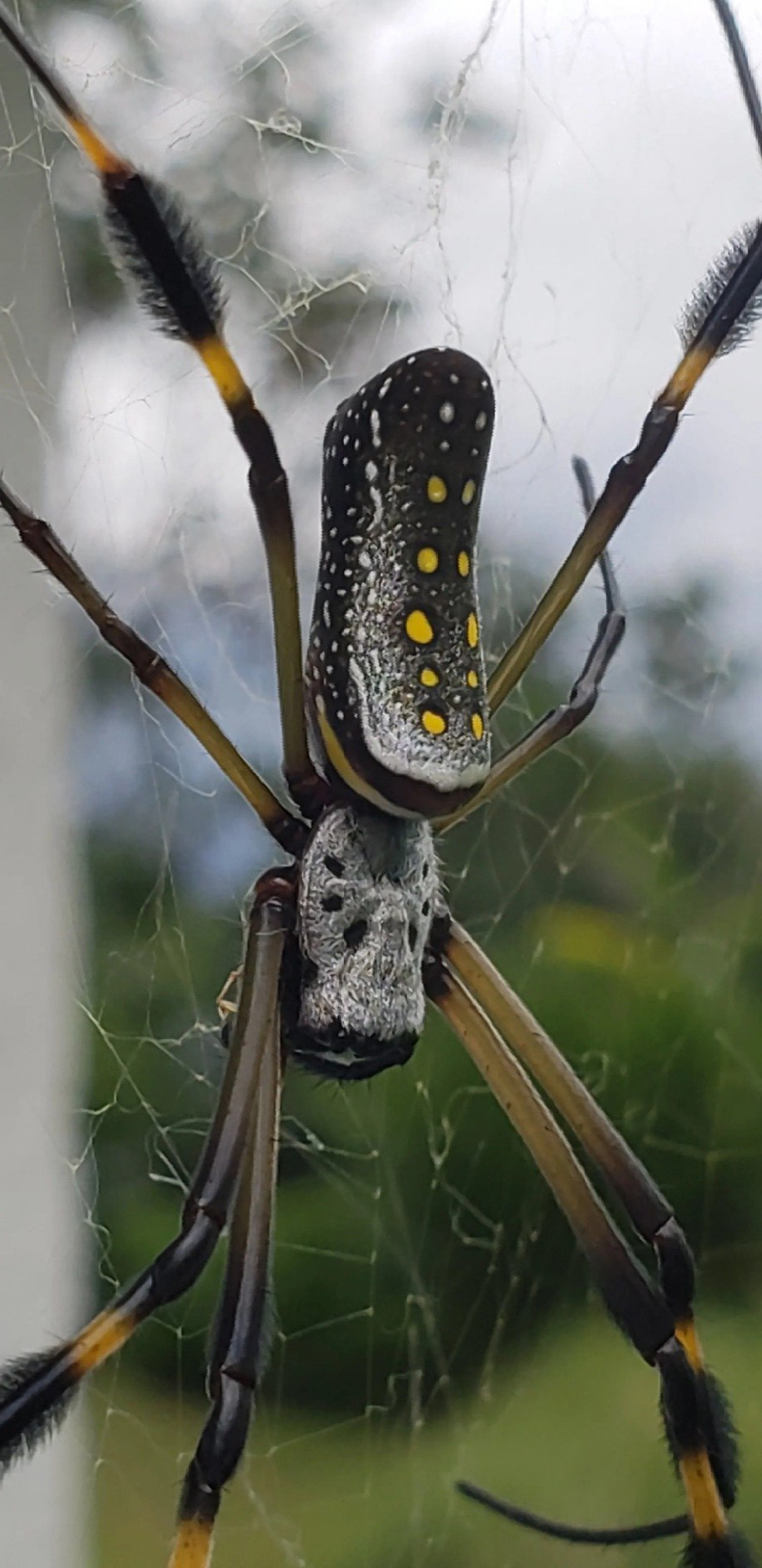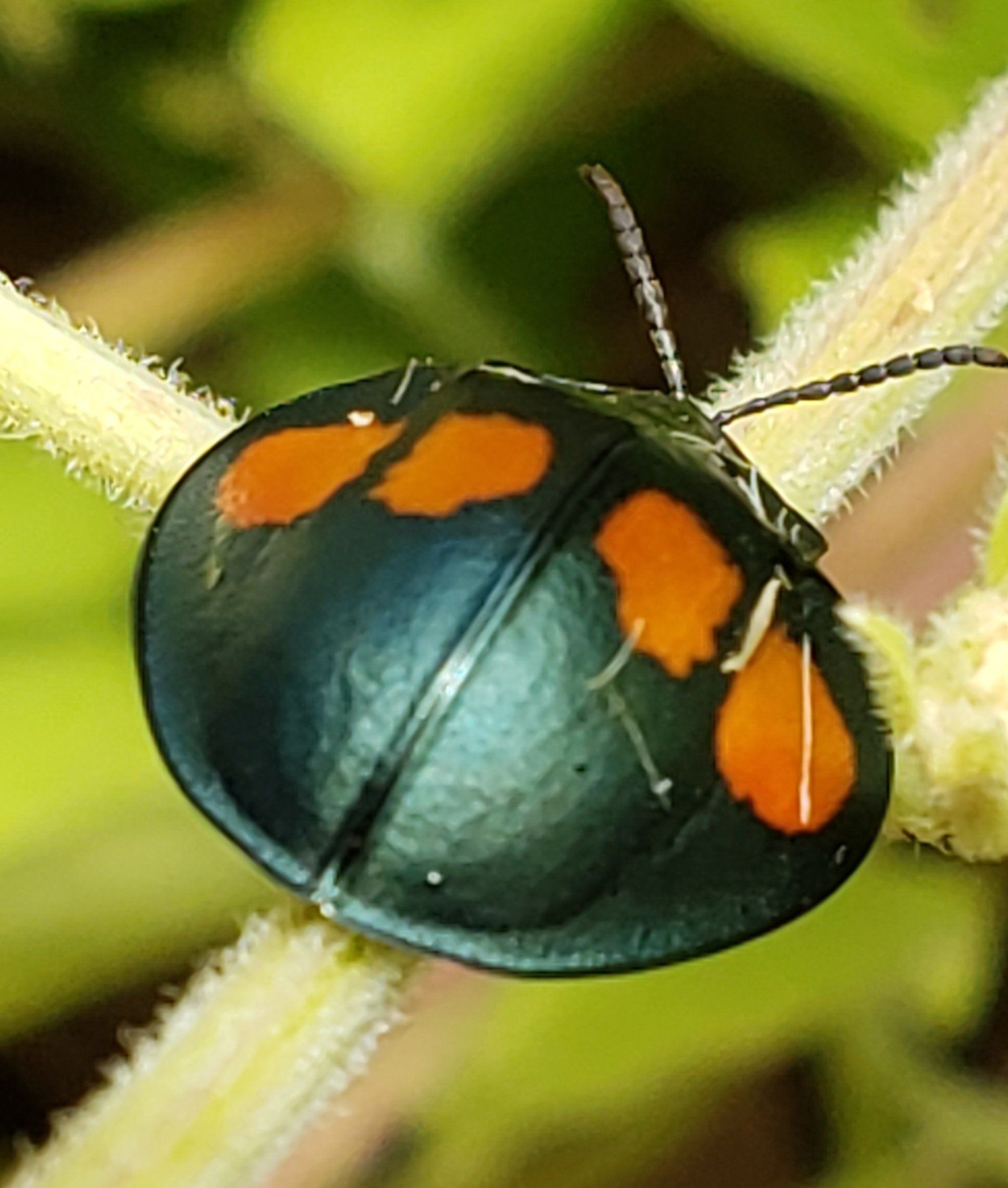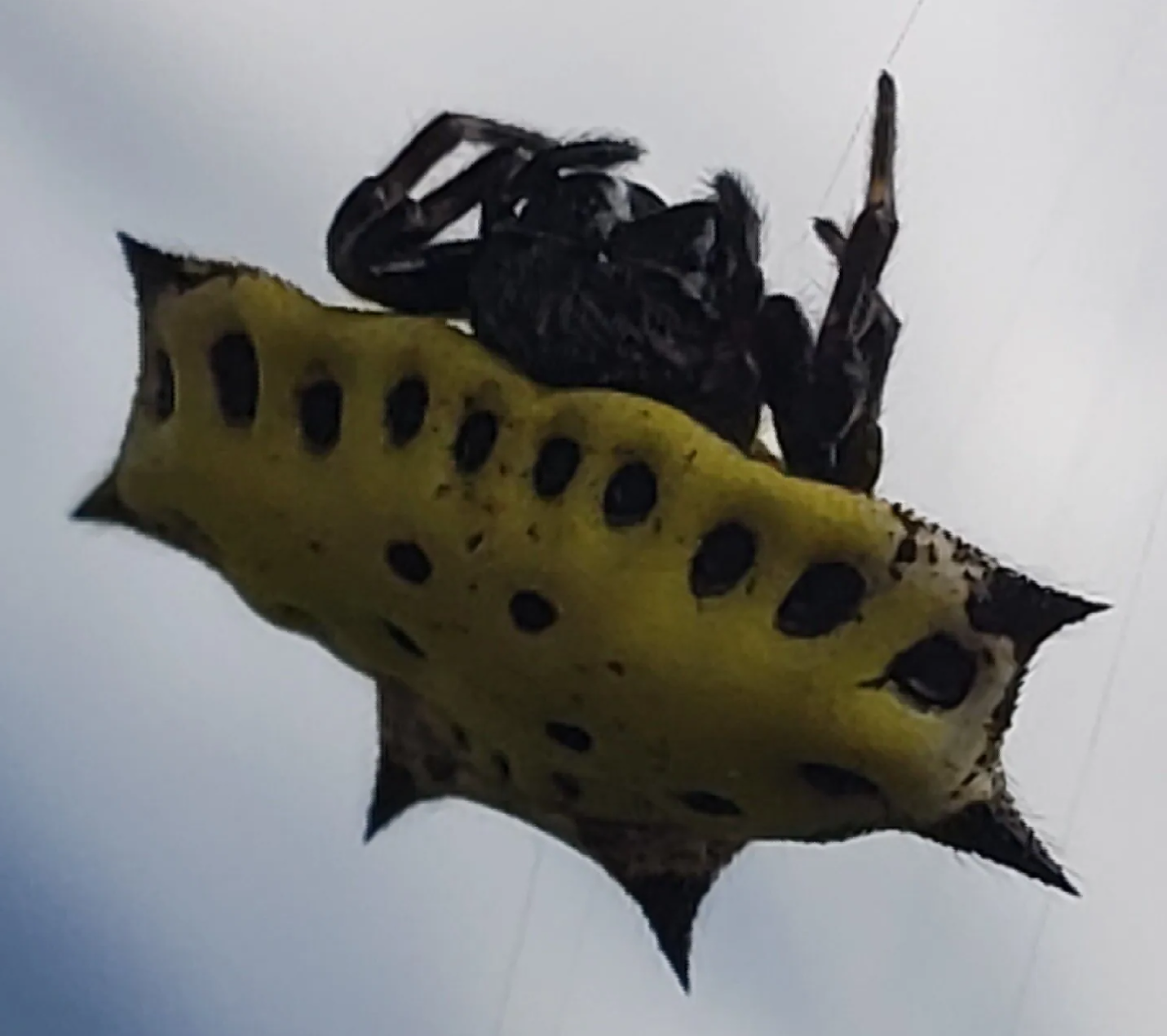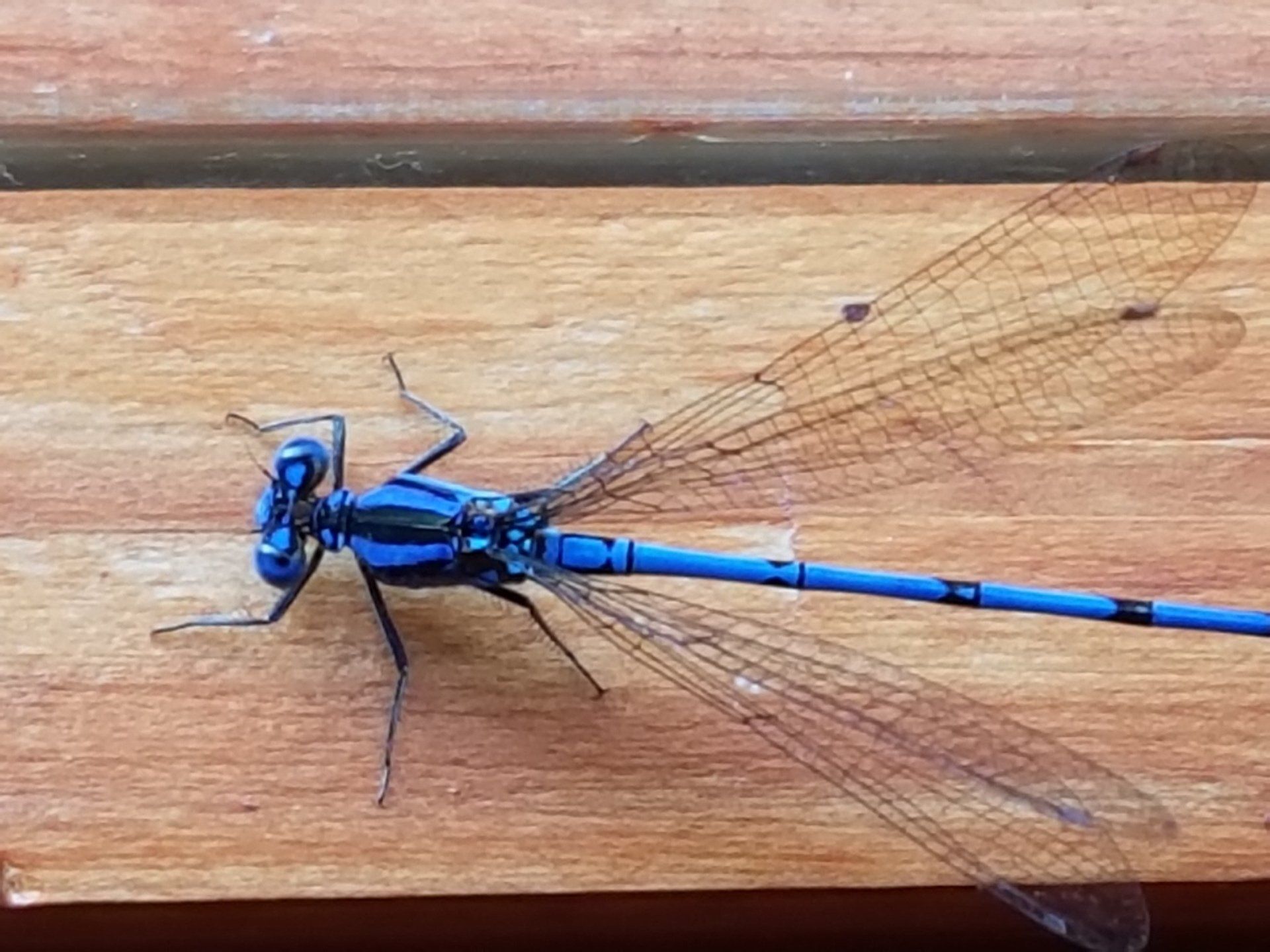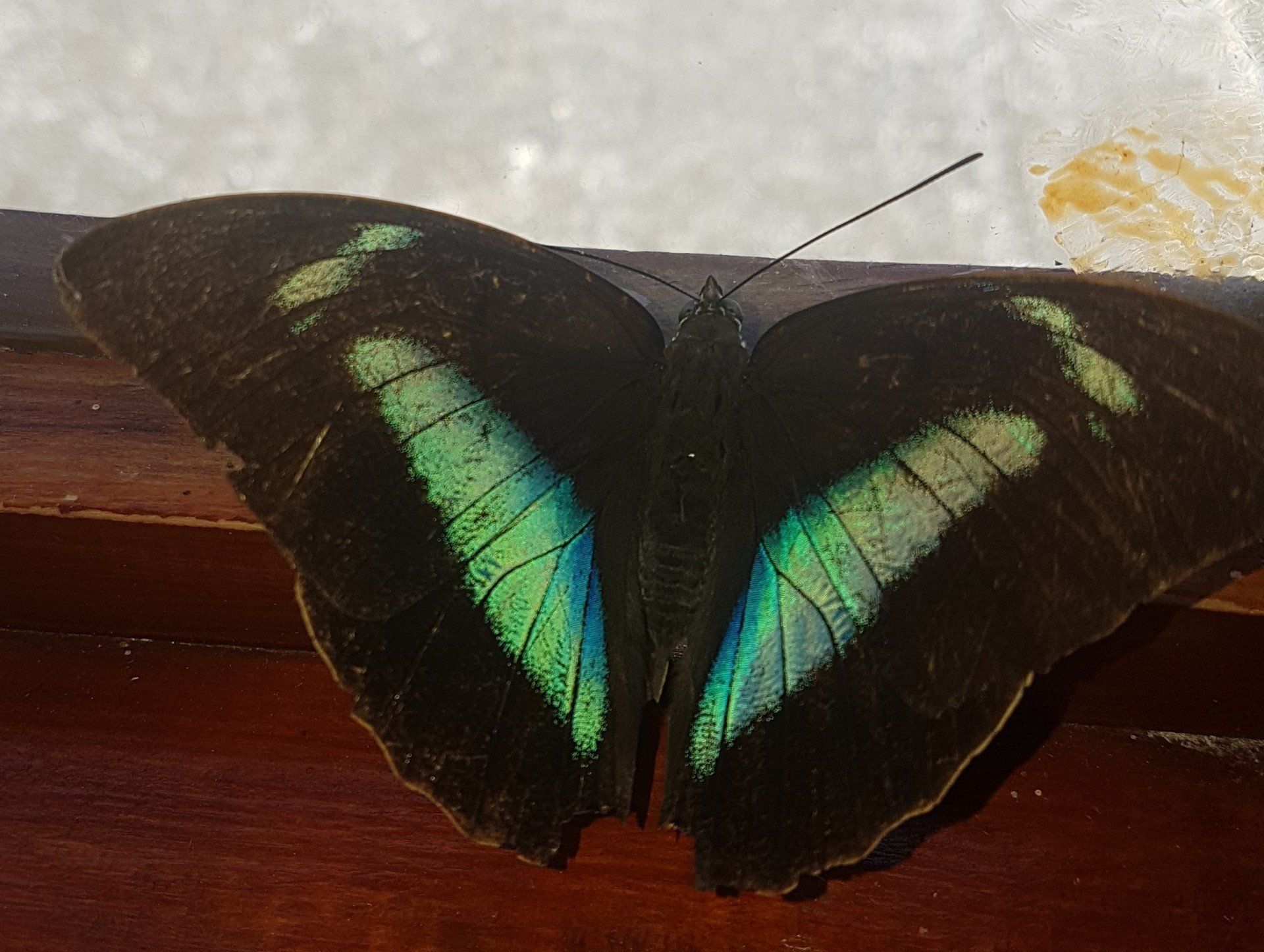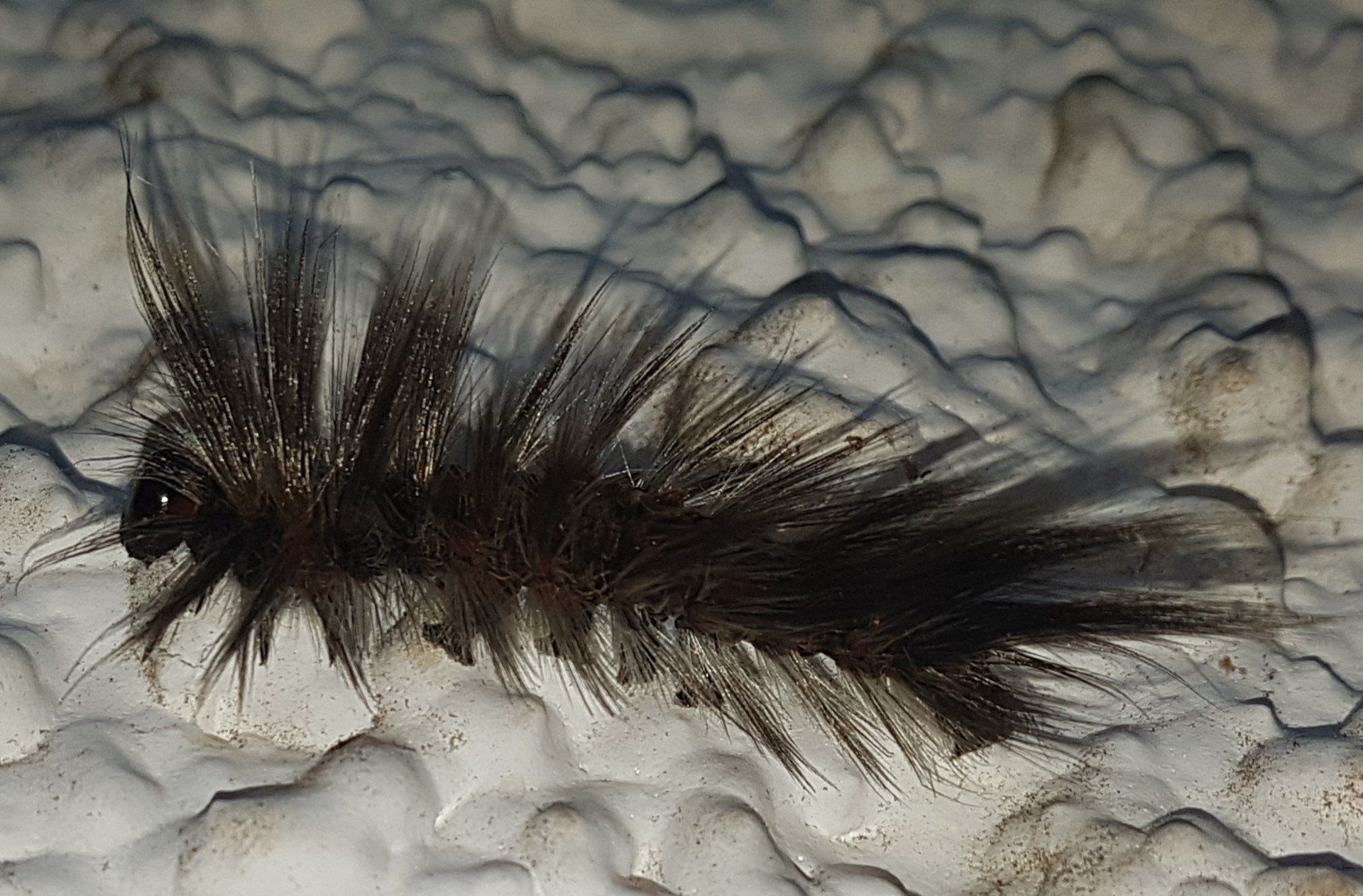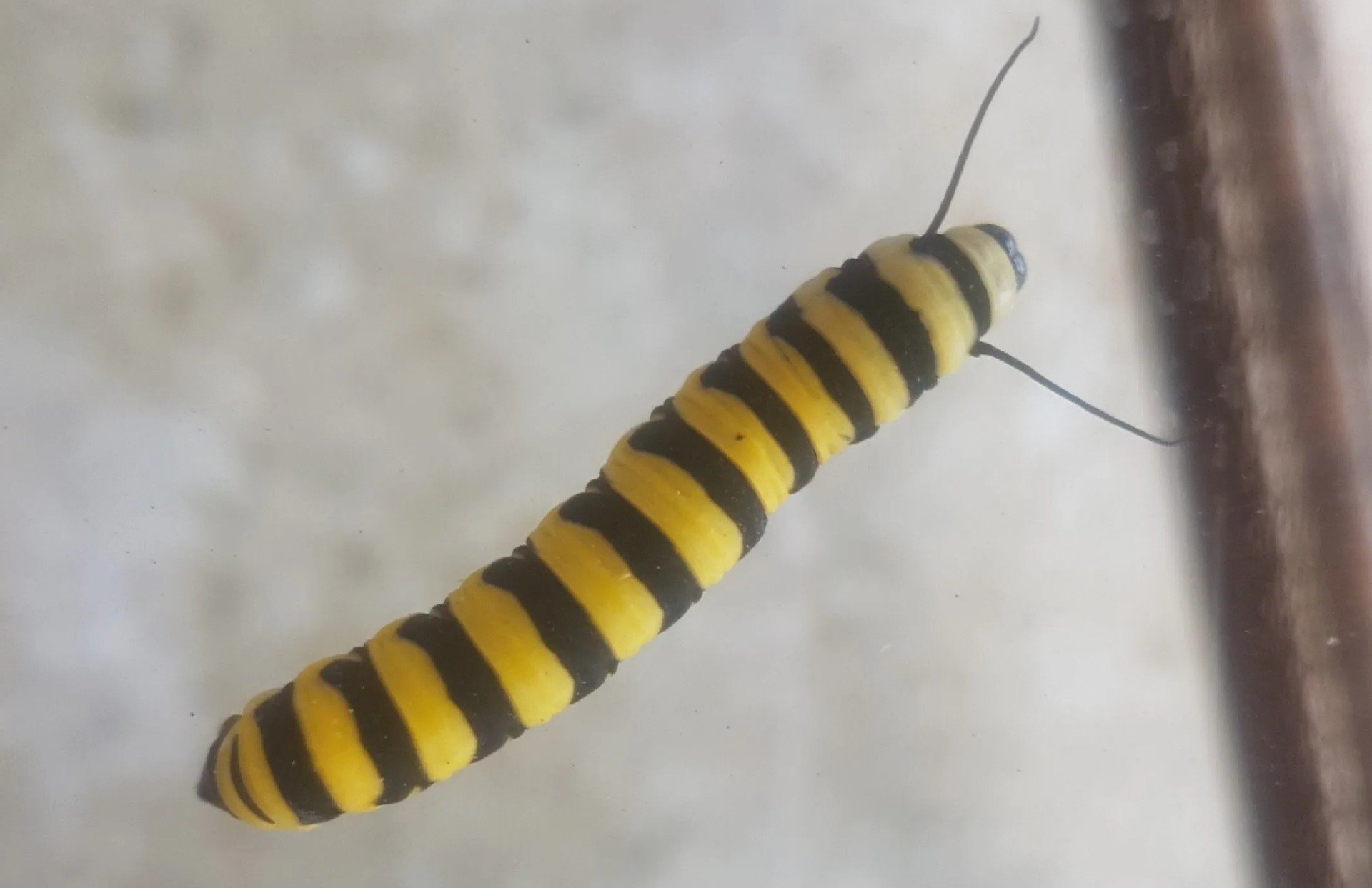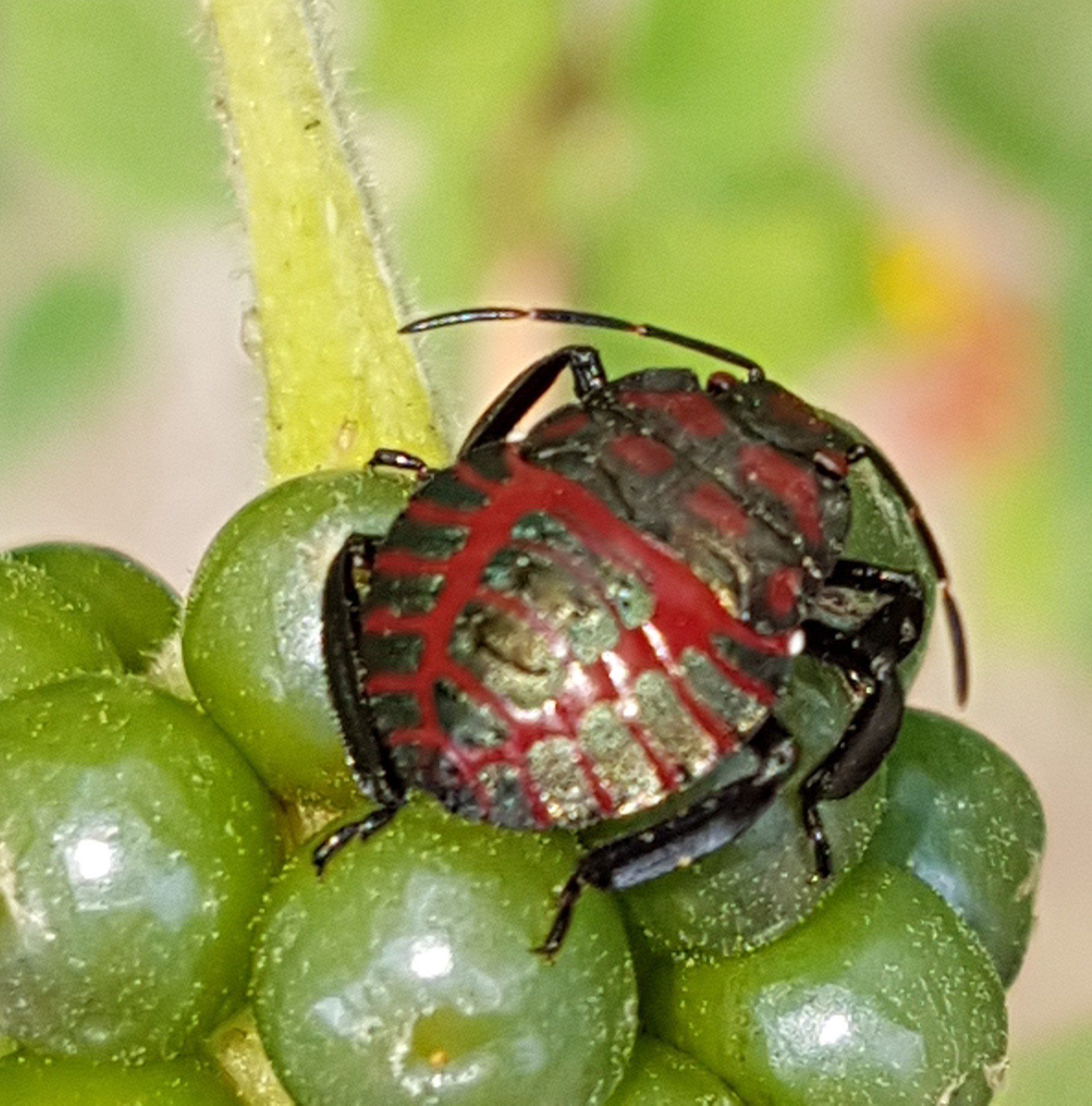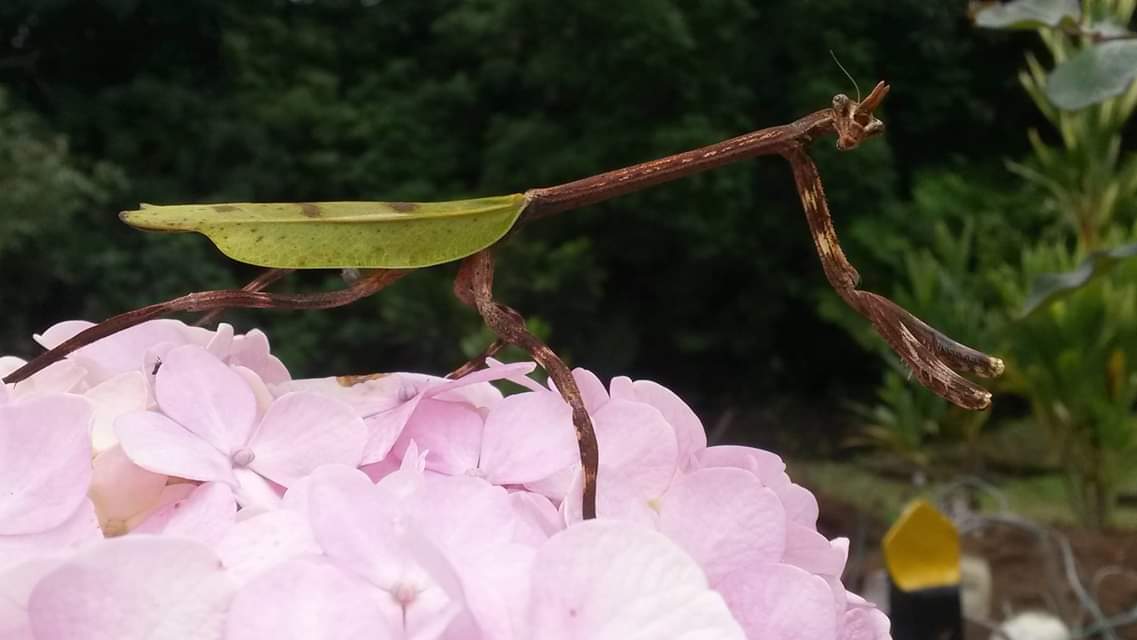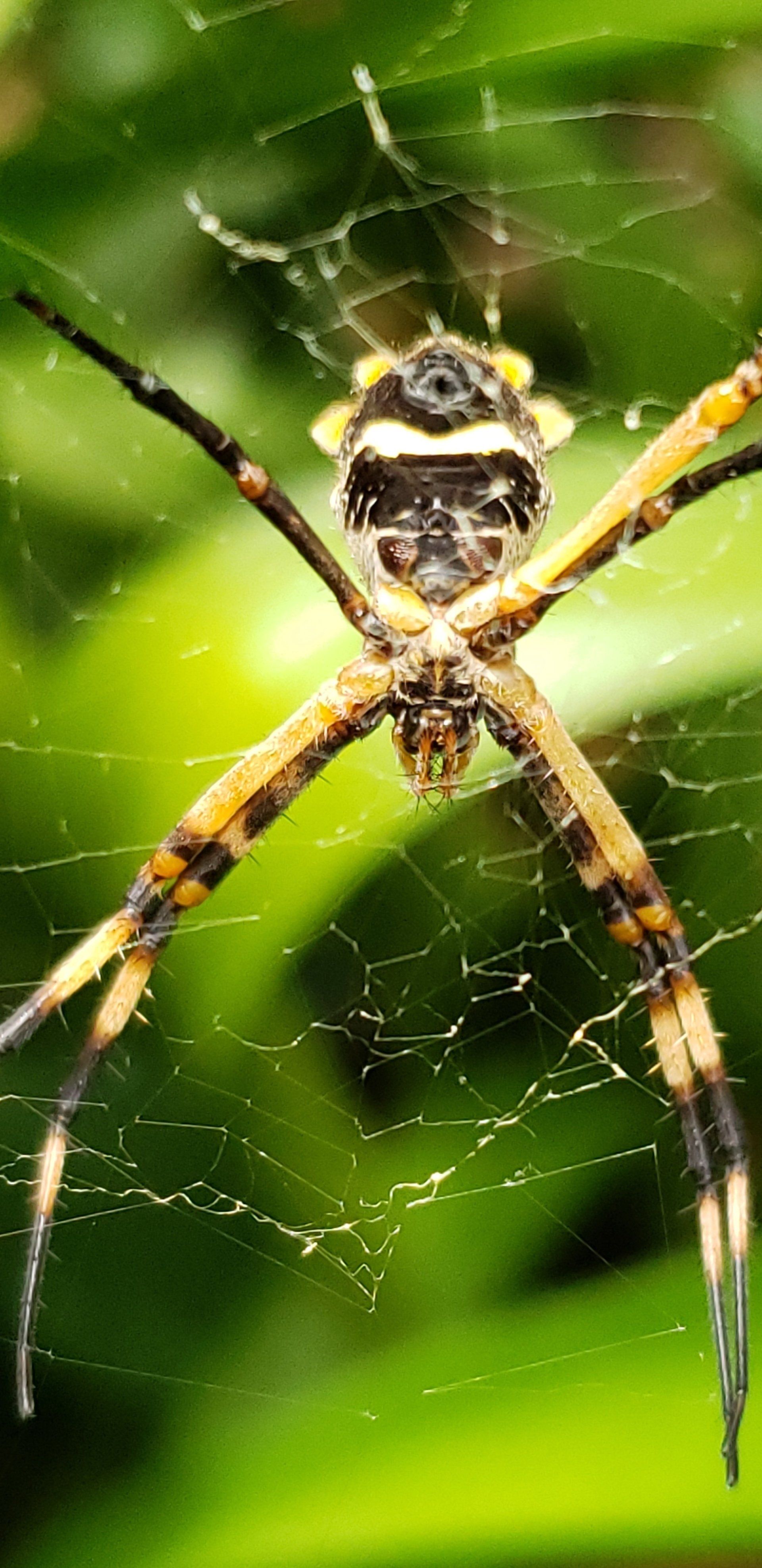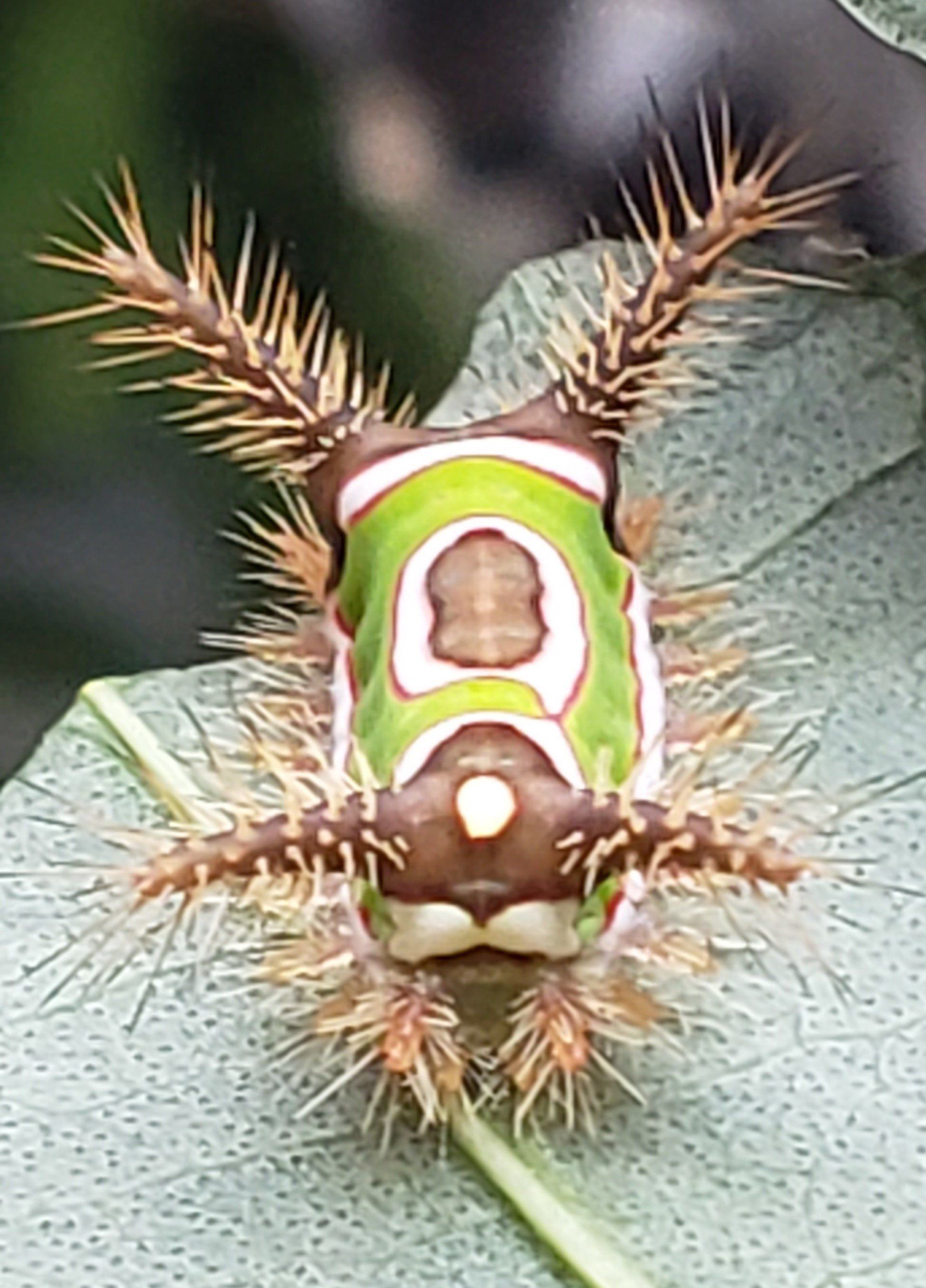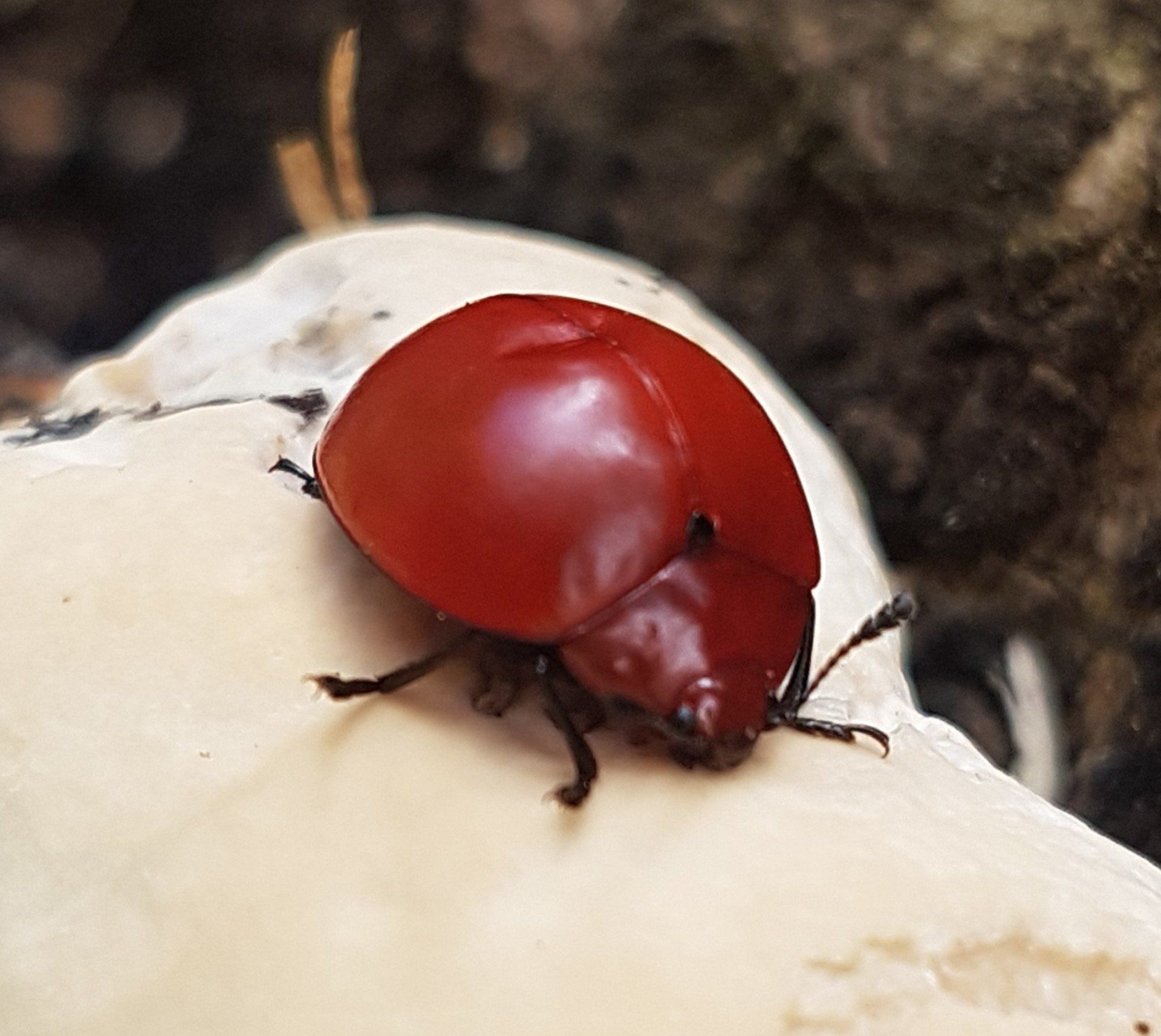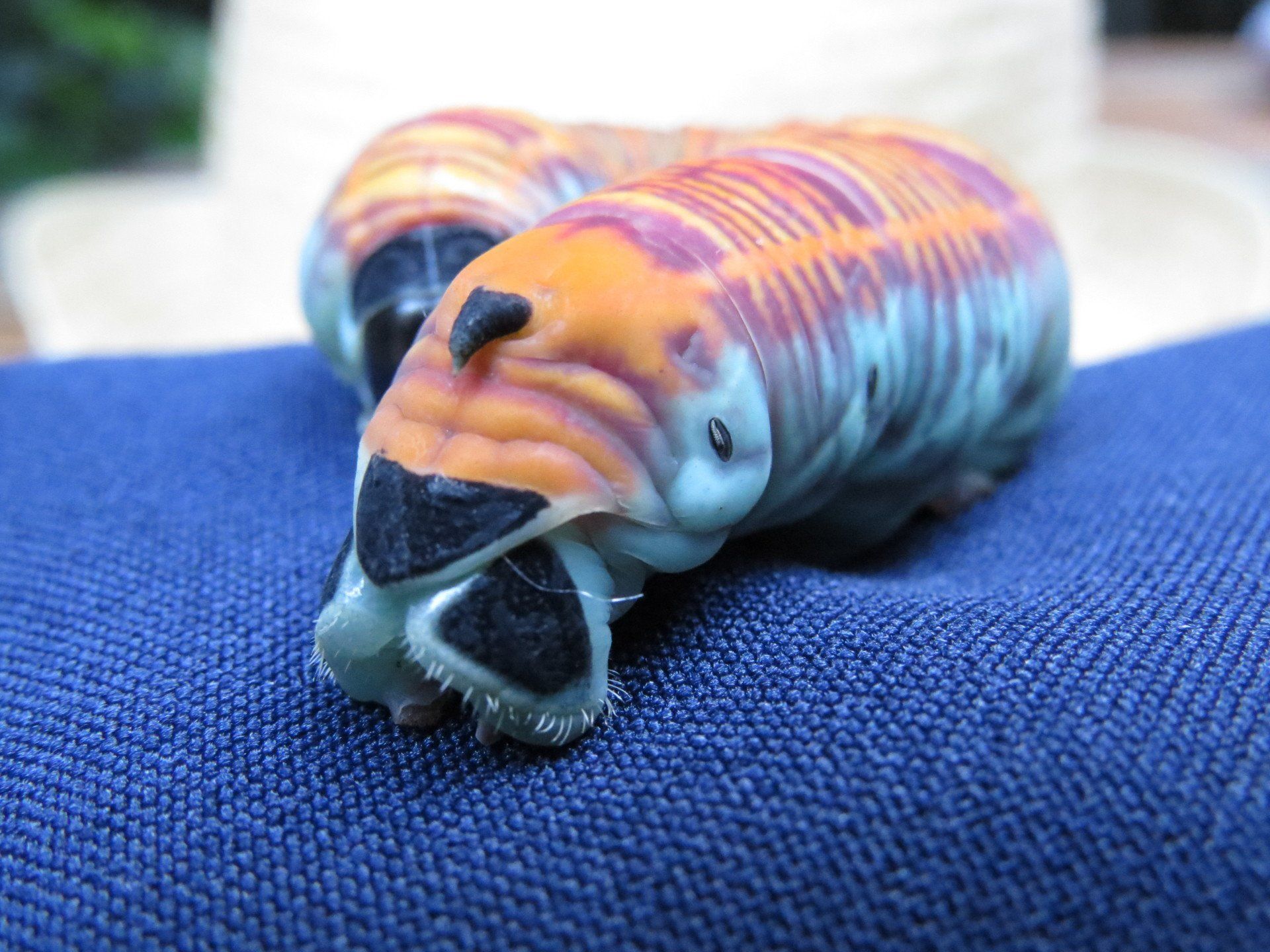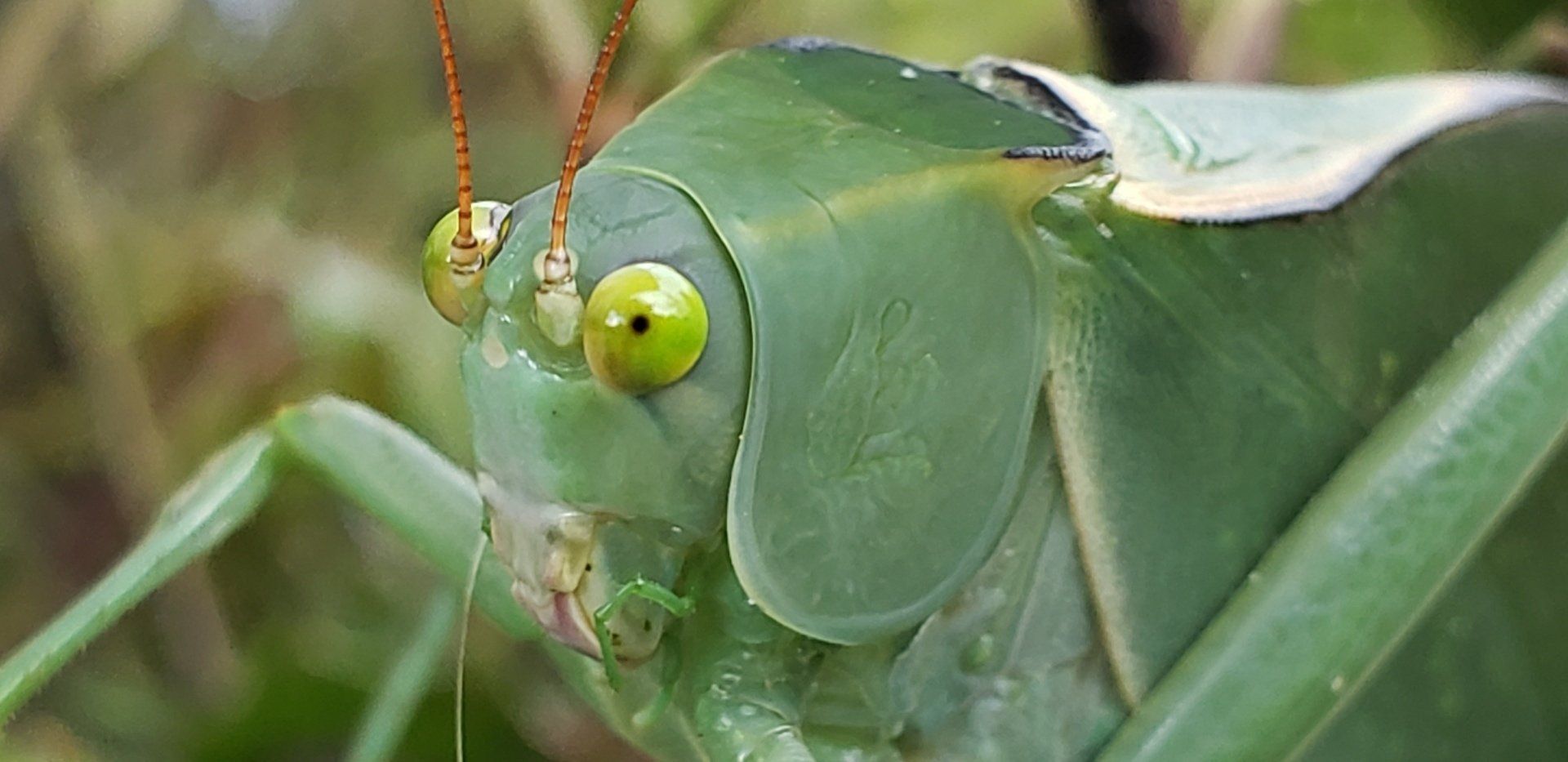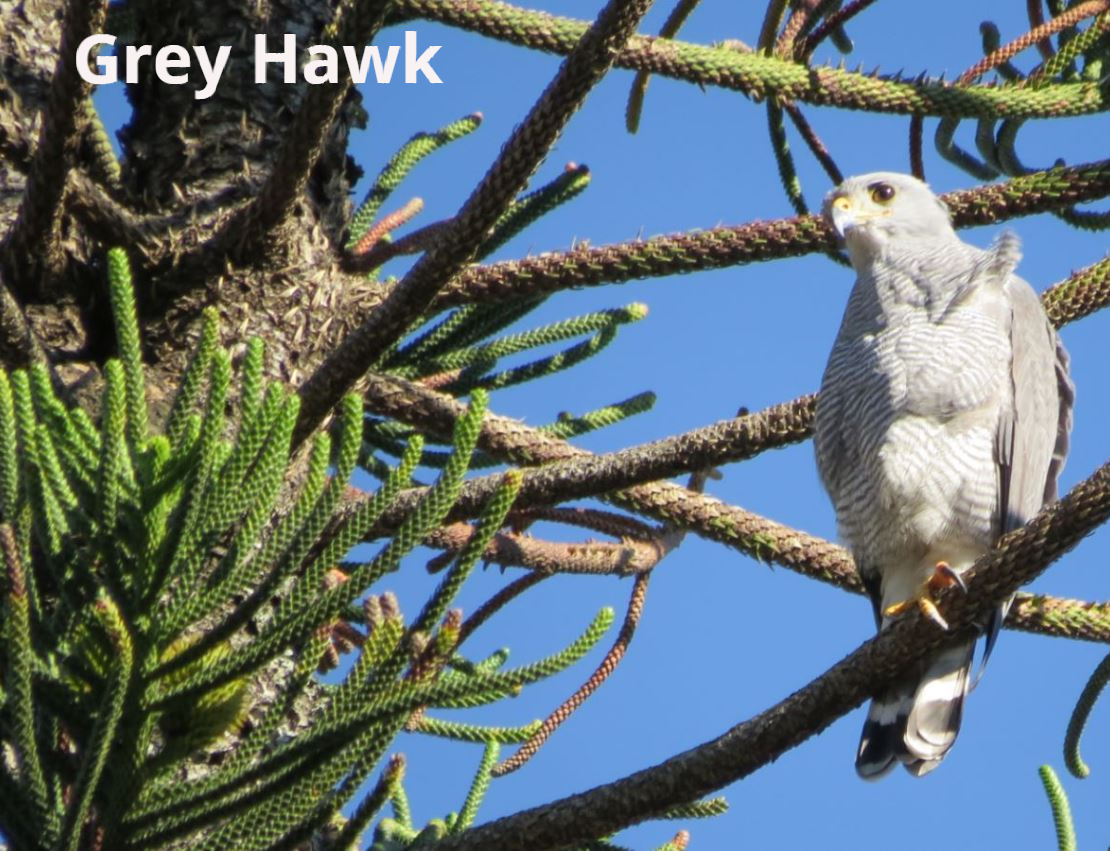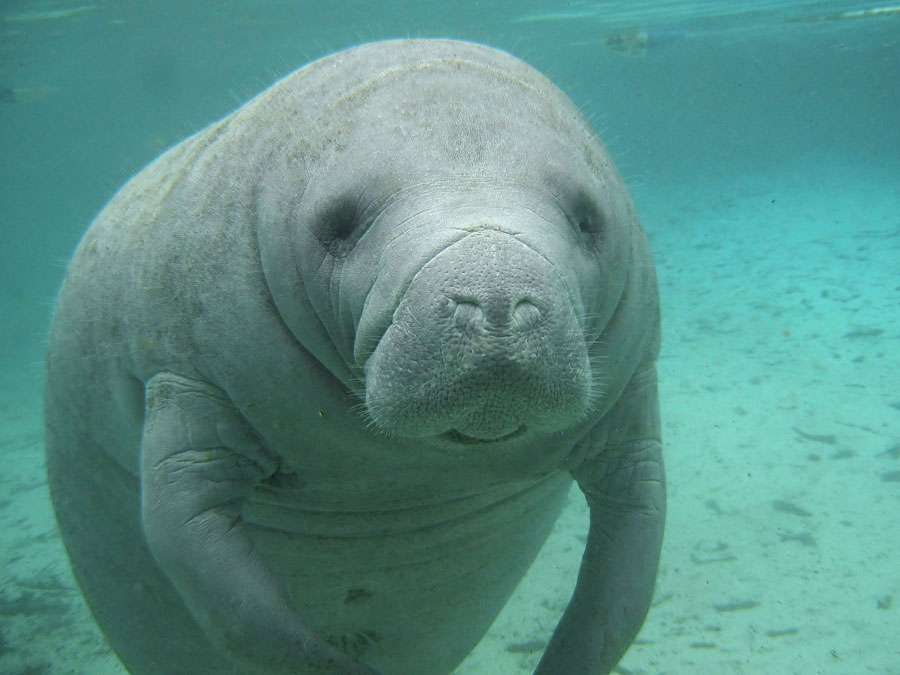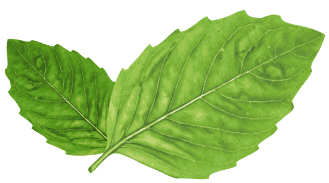In and Around the TROPICAL PASS Office
April 22, 2020
"We have more than 500 thousand different species, 300 thousands of them being insects!"
In and Around the Office of Tropical Pass
In my previous Blog “Manatees in Costa Rica” I briefly mentioned that Costa Rica holds 6% of the world's biodiversity. If you think about the size of this country, only 51.000 m², that 6% sounds really amazing!
Imagine: Costa Rica is smaller than West Virginia in the USA… or just a bit bigger than Niedersachsen in Germany but we are considered to possess the highest density of biodiversity of any country worldwide! We have four percent of species estimated to exist on the planet and hundreds of these are endemic to Costa Rica.
Within this small area, Costa Rica has tropical rainforest, deciduous forests, Atlantic and Pacific coastline, cloud forest and mangrove forest, and also 12 climatic zones.
Over 27% of the country’s land has a protected status, like national parks, wildlife refuges, forest preserves and others.
Costa Rica has always served as a bridge for flora and fauna between North and South America due in large part to its geographical location and the neotropical climate. We have more than 500 thousand different species, 300 thousands of them being insects!
How cute is the saddleback caterpillar?
On your next vacation in Costa Rica, you may discover 1.251 species of butterflies and at least 8.000 species of moths. Also 493.000 invertebrates like spiders and crabs. Frogs represent 85% of our 175 species of amphibians. You can find 225 different reptiles, including 70 species of lizards. You can also admire 250 species of mammals and 894 species of birds (more than all of the United States and Canada combined). Our wild cats are jaguars, ocelots, pumas, jaguarundi, margays, and little spotted cats.
Thinking about all these numbers, it is not to wonder about the many encounters we have had at our Tropical Pass office, in the mountains of the Escazú, about 1.220 meters over sea level.
The office is surrounded by a big garden with high trees that attract many animals that we can admire every day.
Besides our gecko residents at the office and some common flies, bees, wasps and mosquitoes that like to come inside, we have seen many different types of dragonflies, spiders, moths and more.
In the garden we are being visited by an infinite amount of hummingbirds, doves, swallows, yigüirros (our national symbols), rufous-collared sparrows, Blue-gray tanager, cuckoos, vultures, parakeets, iguanas, golden orb spiders and crancriformis, leafcutter ants, butterflies, stick insects, mantis bugs, and many more.
I would like to apologize beforehand, since I am not familiar with all the names of all the animals we have seen, so I will mention only some of them by name, but I will let the pictures speak for themselves.
.
Please note that all pictures on this blog were taken in and around the office ONLY.
Some of our sightings have left us breathless because we have never seen them before since they are not common for this area or very rare to see. Just this last week we saw 3 American Swallow-tailed Kite (wingspan of approximately 1.12–1.36 m !!) which are most likely to be seen closer to the coastlines or wetlands.
We have had several Montezuma Oropendulas around. A gray hawk was sitting on the 30meter tall Araucaria tree. We saw a golden-colored fly with jade-green eyes that I have never seen before anywhere in Costa Rica but seems to be a rather common fruit-fly in Mexico.
How cute is the saddleback caterpillar? Well, he looks cute, but trust me… hurts like hell to touch it!
And how can I forget to mention the coral snake that had to be taken by firefighters in order to avoid an emergency!
Costa Rica has a “false” coral snake, and a real coral snake, and trust me, this one was real. How can you tell them apart really quick? If the colors align up to read RANA (Rojo [red] - Amarillo [yellow] - Negro [black] - Amarillo [yellow]) then it is real. We also say when red and yellow meet they are dangerous - referring to the Heredia soccer team that has these colors. When red aligns with black - referring to the Alajuela soccer team La Liga - it is harmless. Poor La Liga, they just cannot seem to win anything lately.
Well, I leave it to the pictures to tell the story… and make you want to come to Costa Rica to see all of this by yourself.
Remember that Tropical Pass will be glad to help you organize your trip, and take you to the best places to spot these animals.
Please RE-VISIT this blog frequently… more pictures will be uploaded.
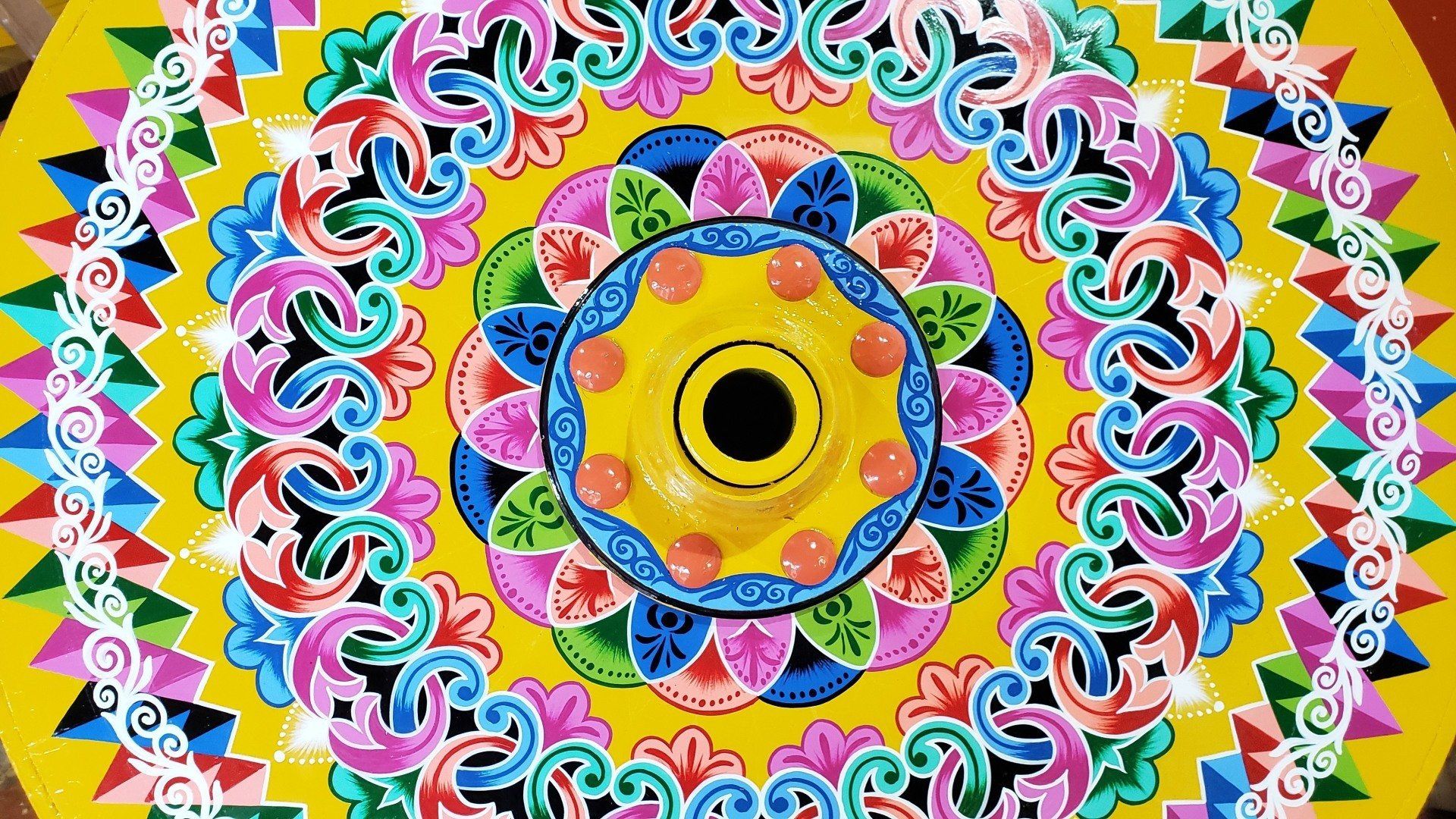
La Carreta - The Typical Oxcart of Costa Rica Have you seen the colorful oxcarts in Costa Rica? Yes, they are painted exquisitely, and yes, you can take them home as a souvenir in any size (for decoration, a dry bar, storage and more), BUT it is important that you know that the oxcart is STILL being used in Costa Rica by our “boyeros” to work on the fields and transport their harvests. Let me tell you a bit more. Where does it come from, when did they start to use it and why?
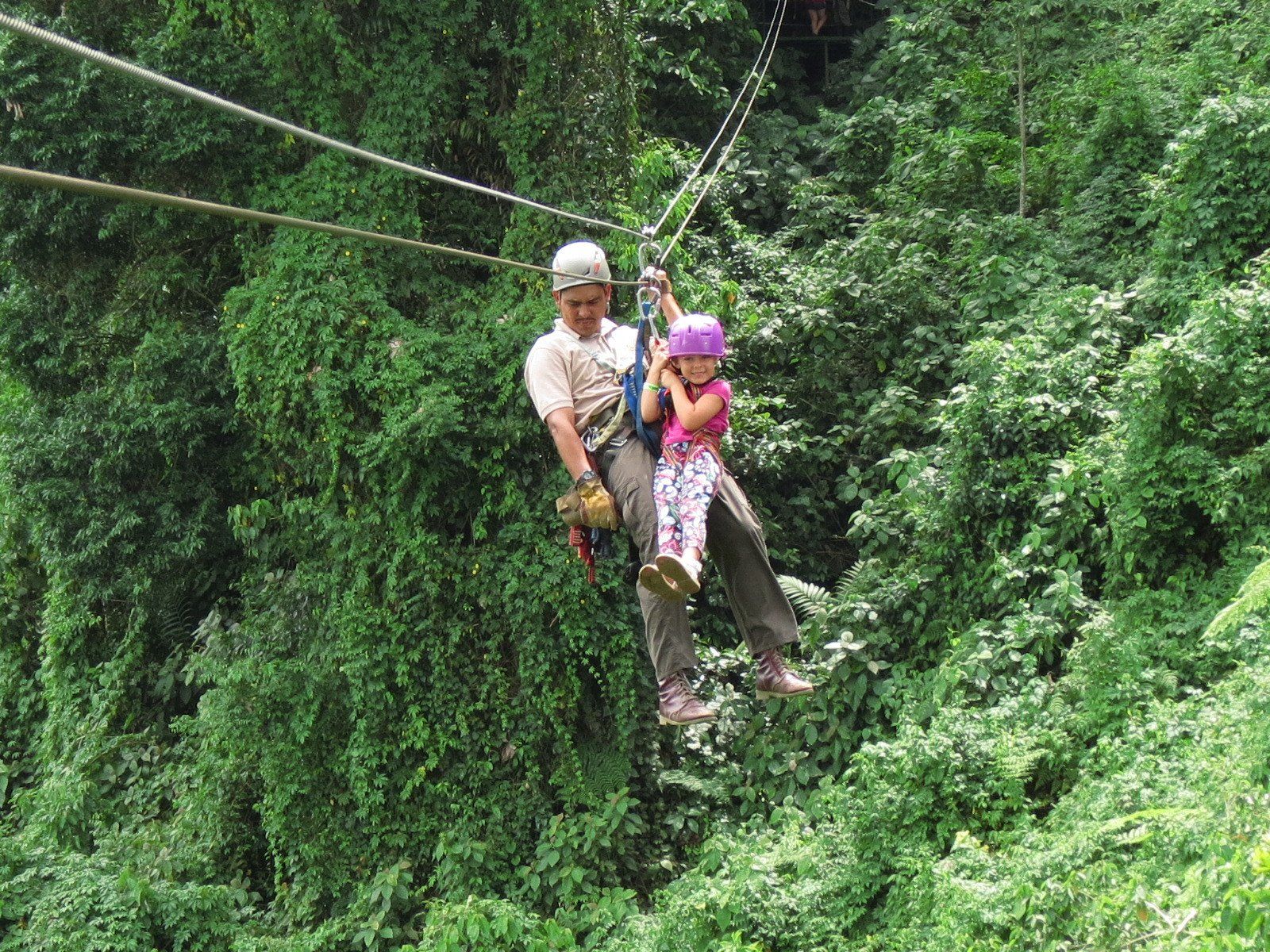
The best Ziplines in Costa Rica – ADVENTURE TRAVEL Ever dreamed of flying like a bird over broad rainforest canyons? Seeing the trees from above, while the fresh air breezes through your face? This is possible in Costa Rica while enjoying the best ziplines in our country! But...is there really one best zipline? Well, if you ask me, it all depends. You will find different options at different places. There are some for beginners and the less adventurous that still want to experience this amazing thrill. And there are some for the most audacious for whom “fear” is not in their vocabulary. These last ones are my absolute heroes – but I consider myself more like an in-between person. I do enjoy the feeling of butterflies in my stomach while still being able to look 100m below and imagining I am a bird – not a dove but more like a free eagle in search of freedom…
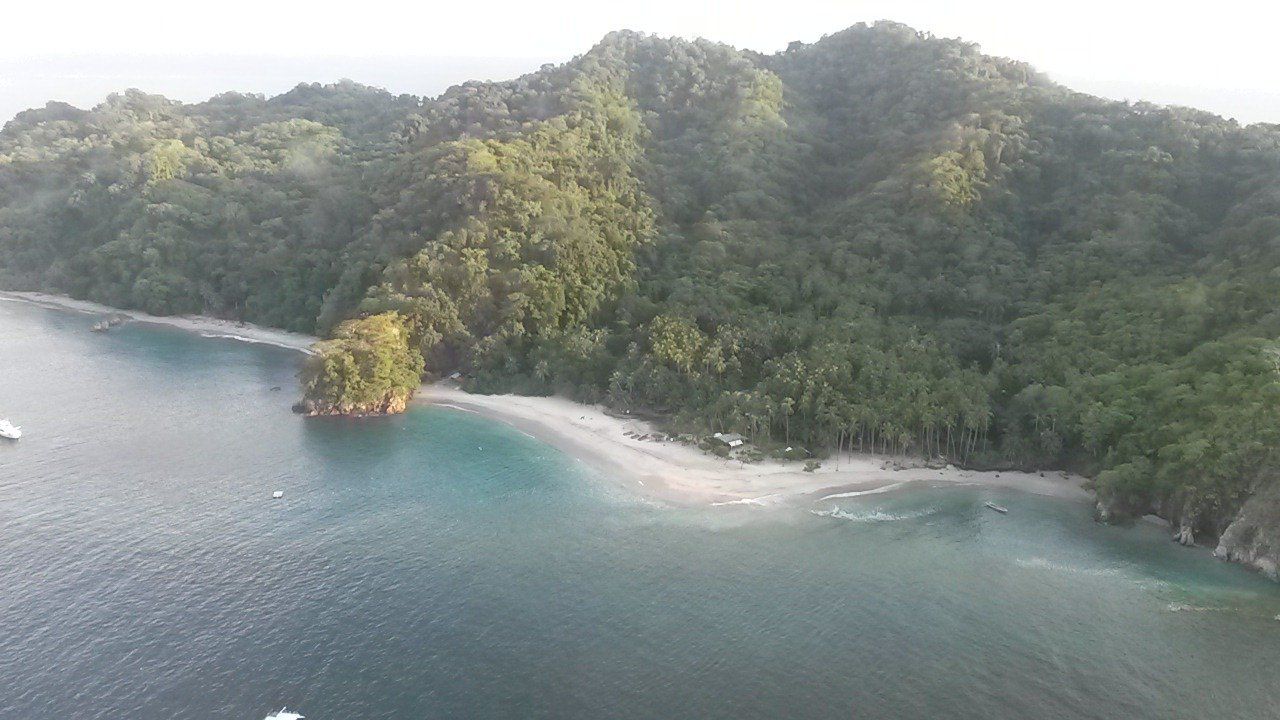
When is the BEST TIME to travel to Costa Rica? This question is probably the one I get the most when I receive emails or phone calls from travelers that want to visit our country. Even though my answer is always quite simple: “ALWAYS and YEAR ROUND is the best time to travel to Costa Rica”, there are for sure some differences that you may want to consider when making this decision.

